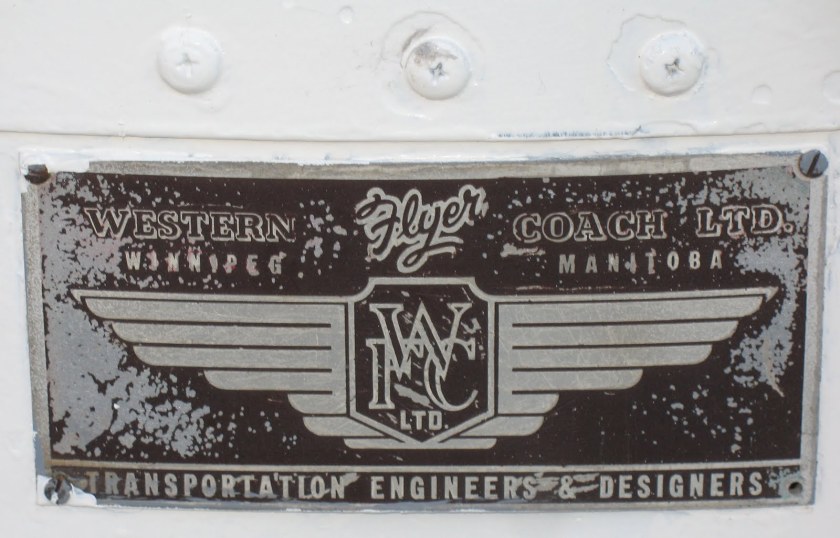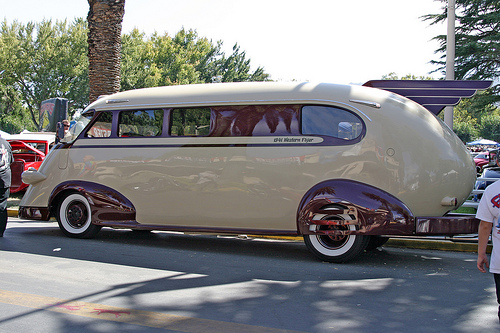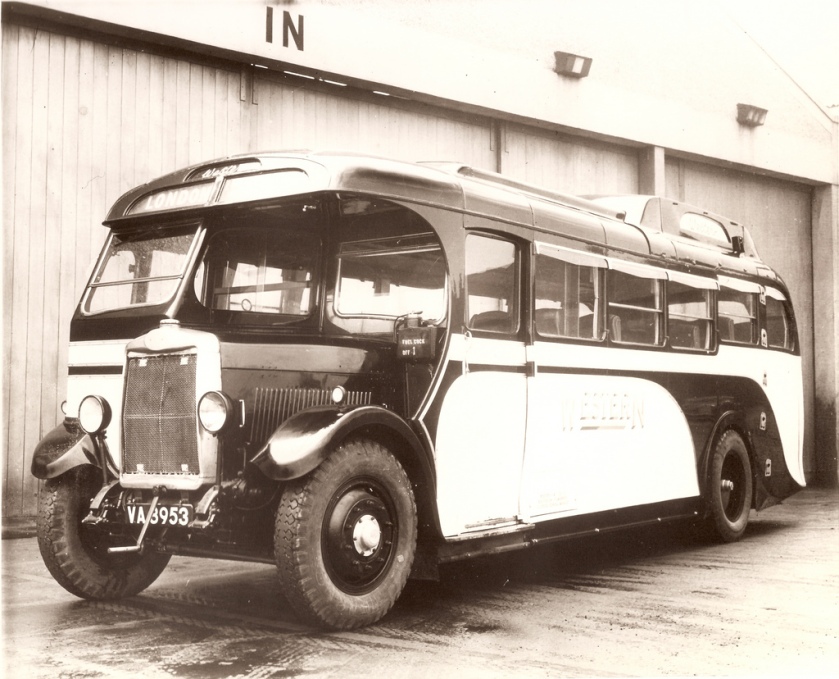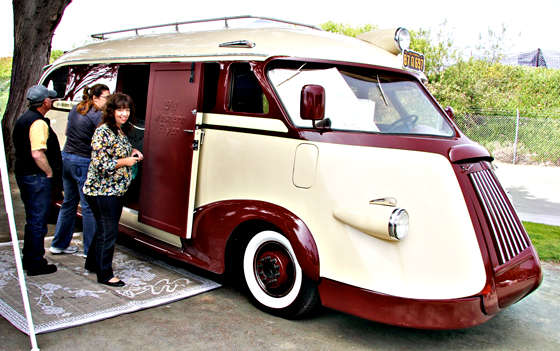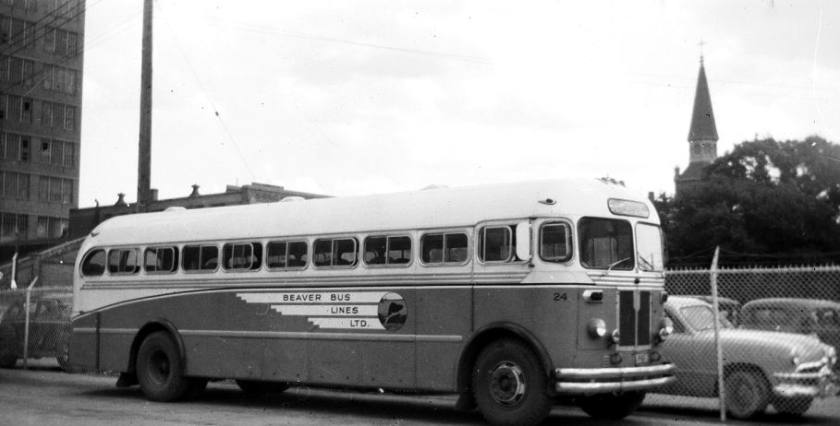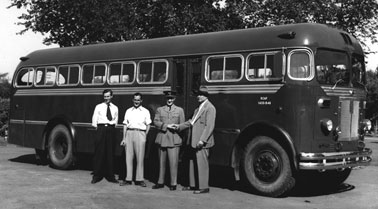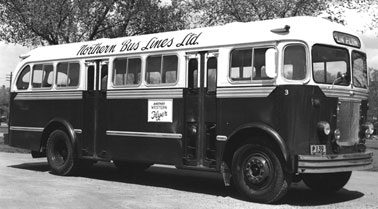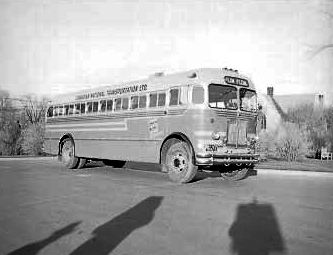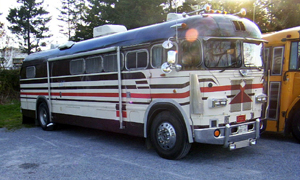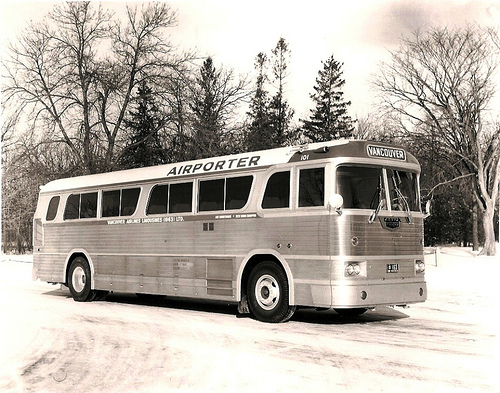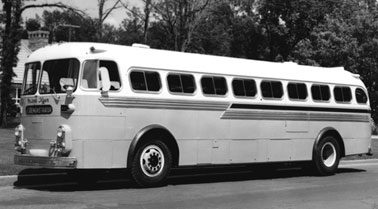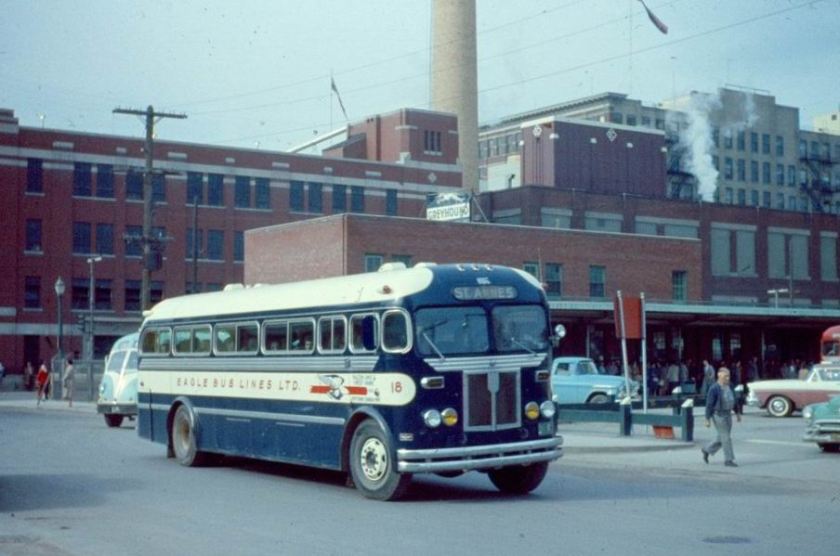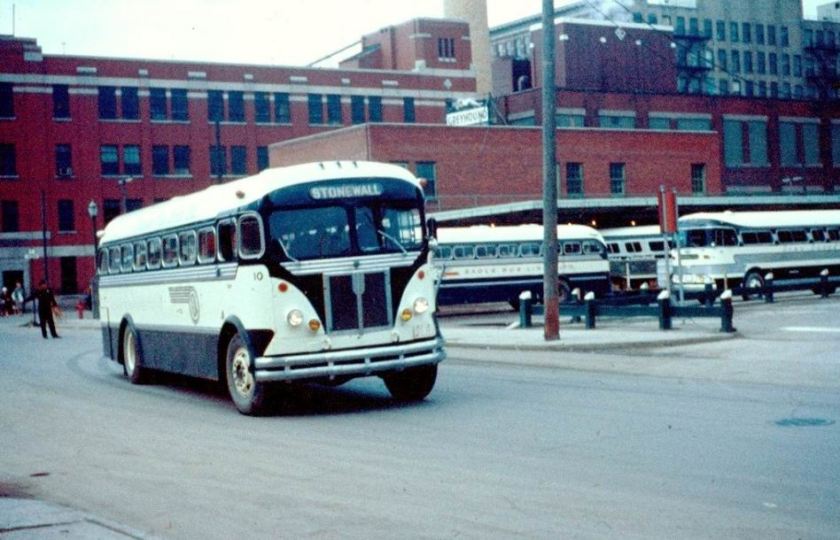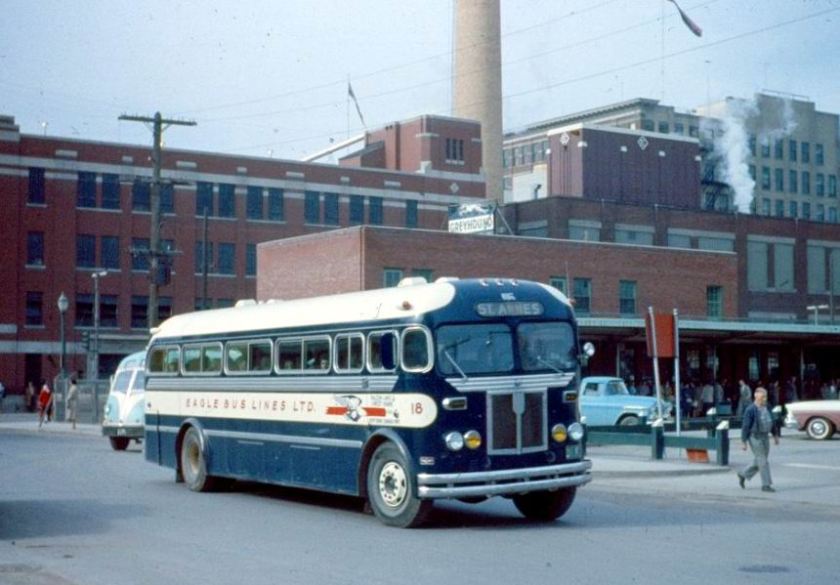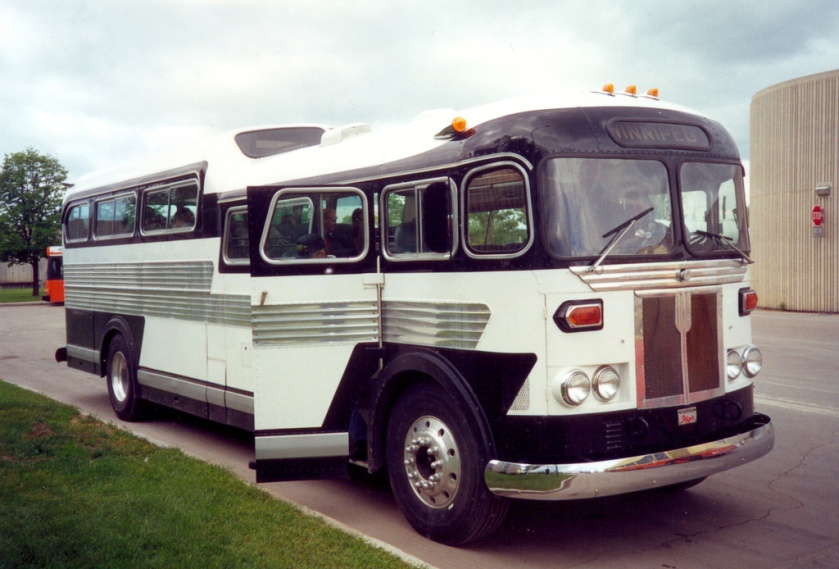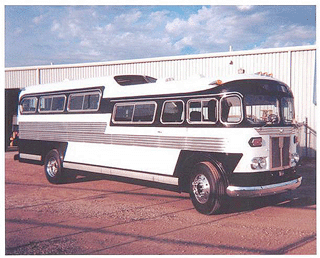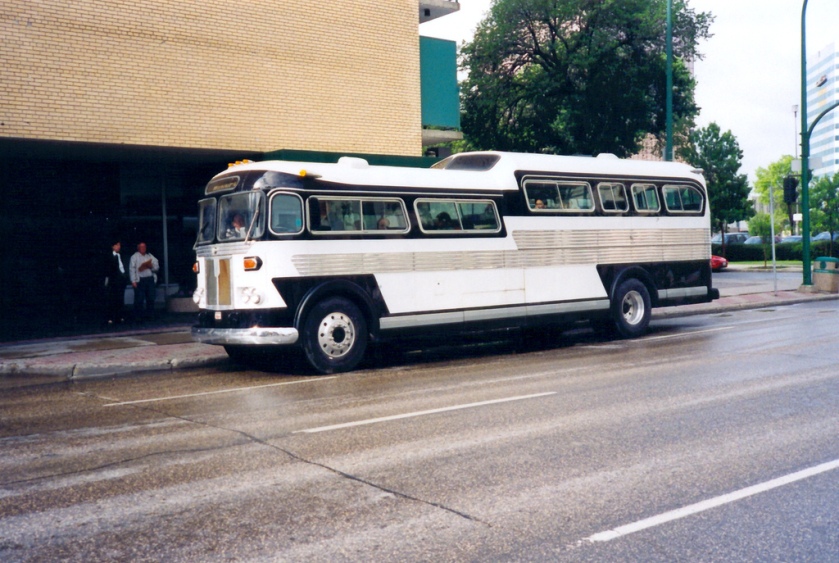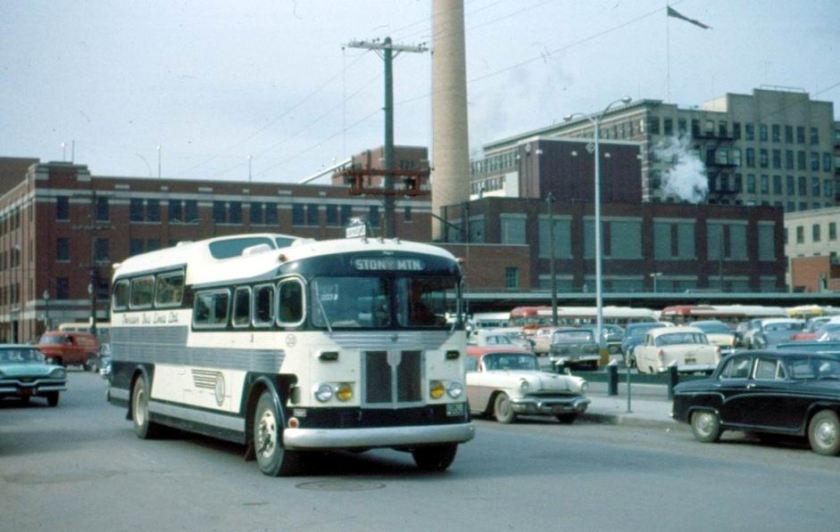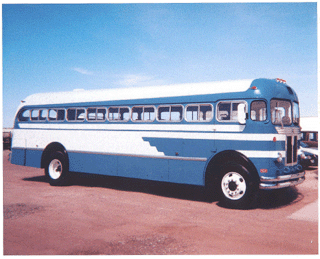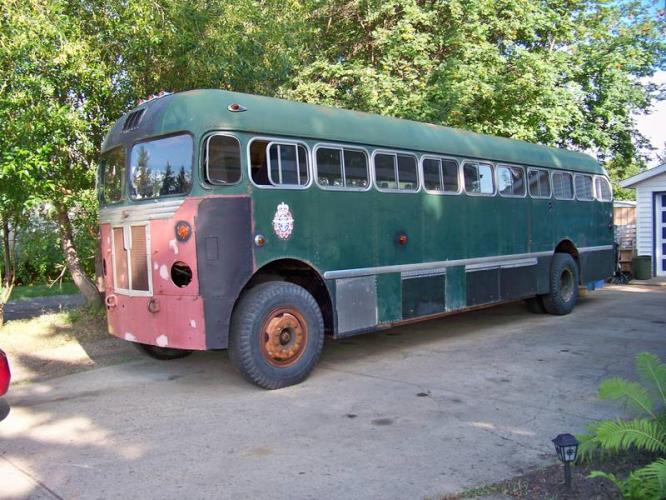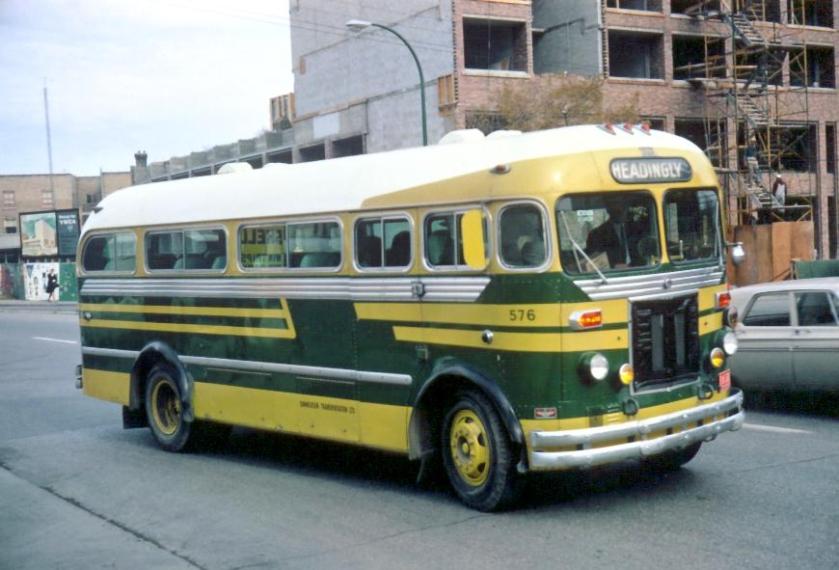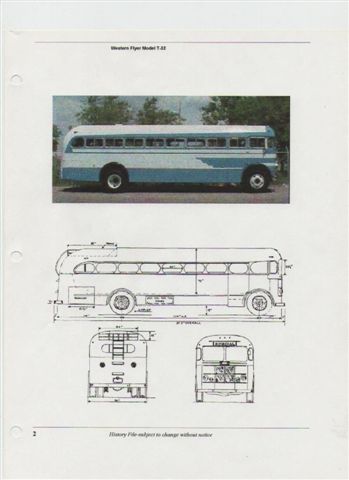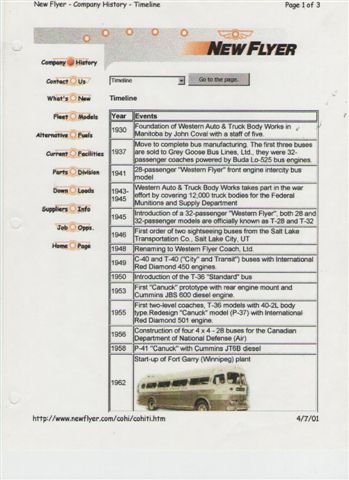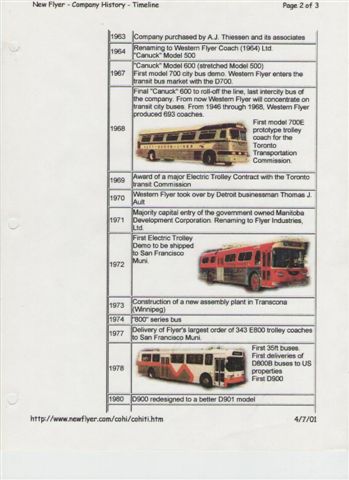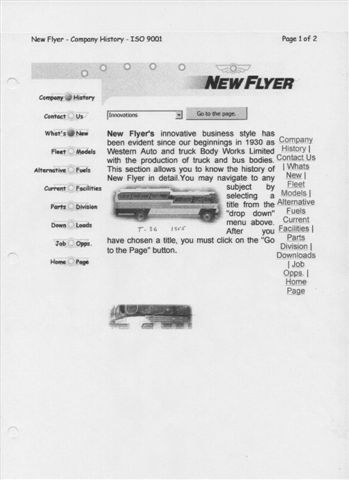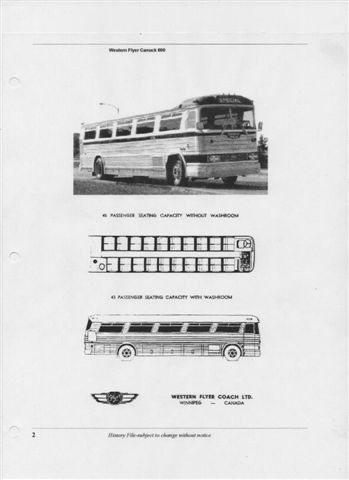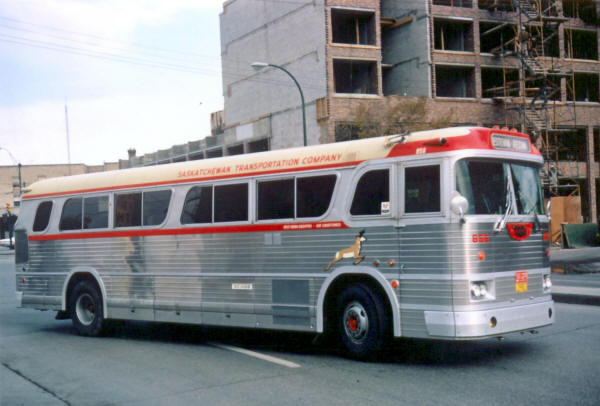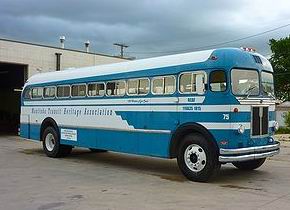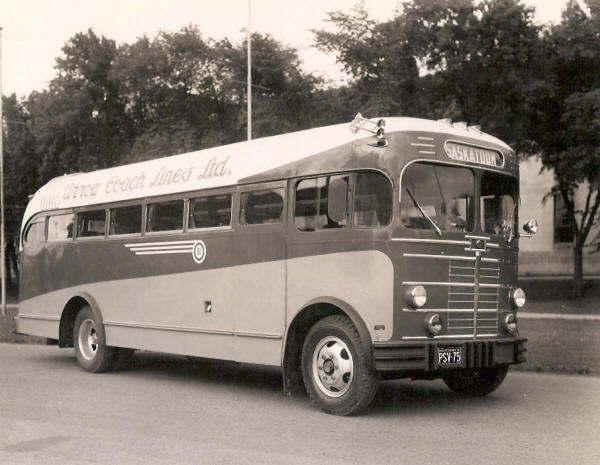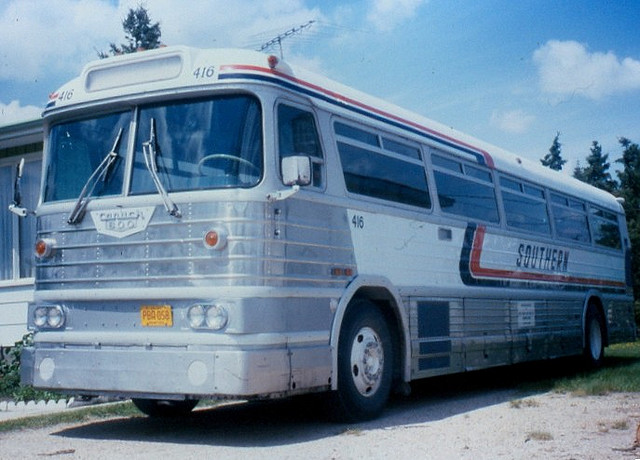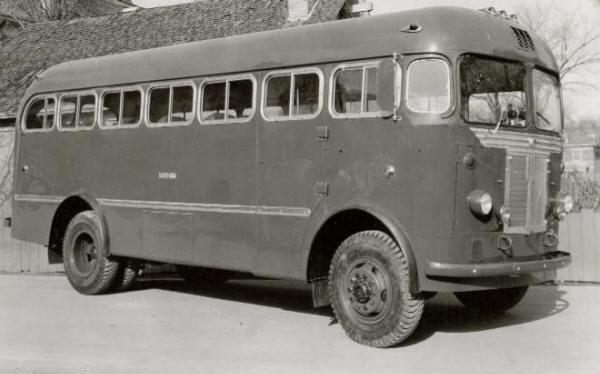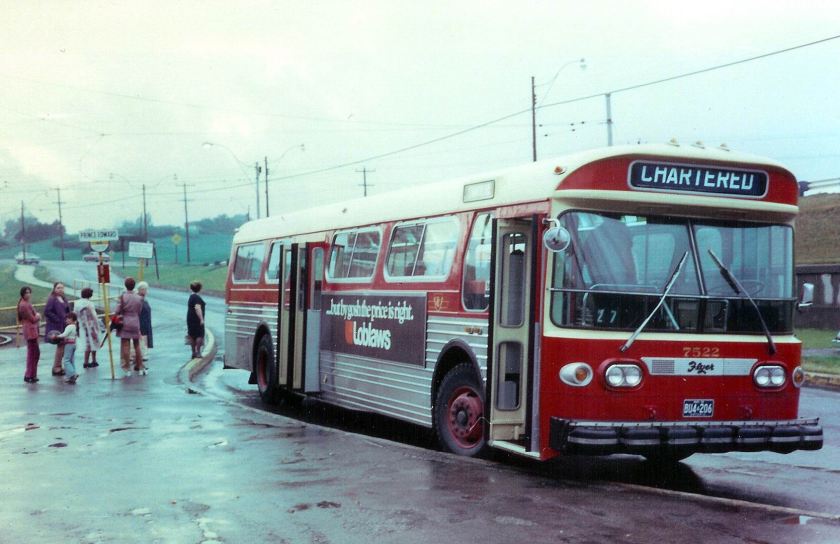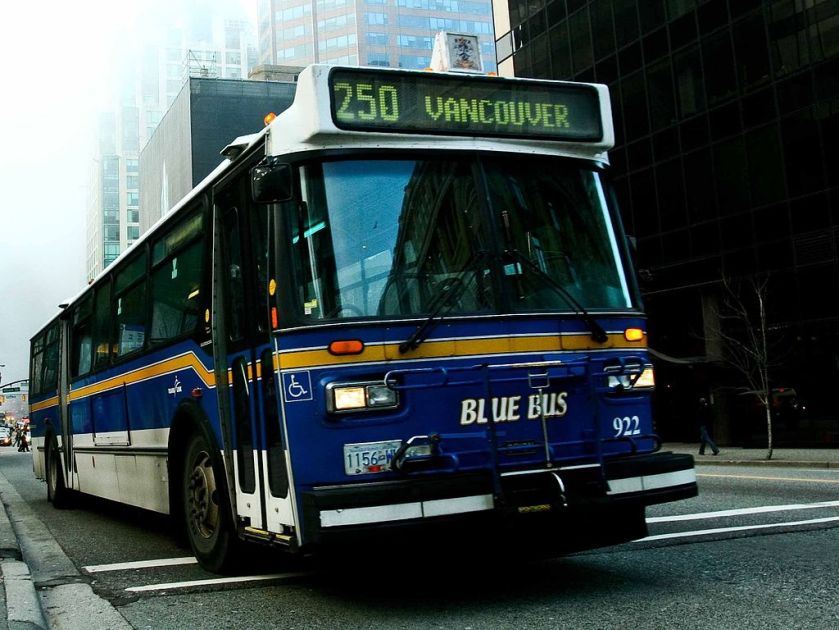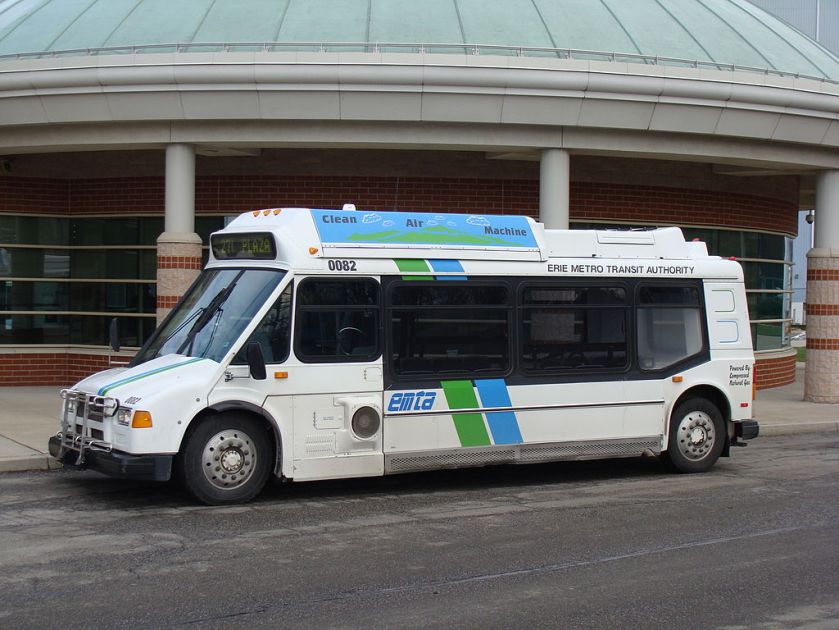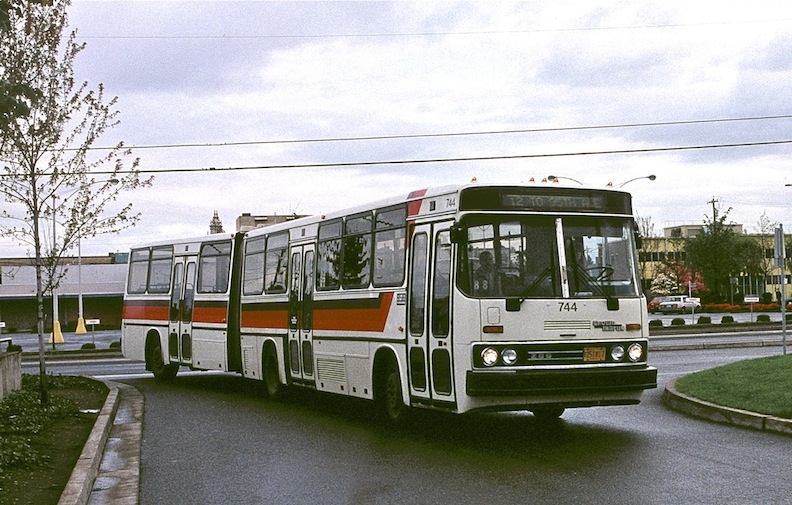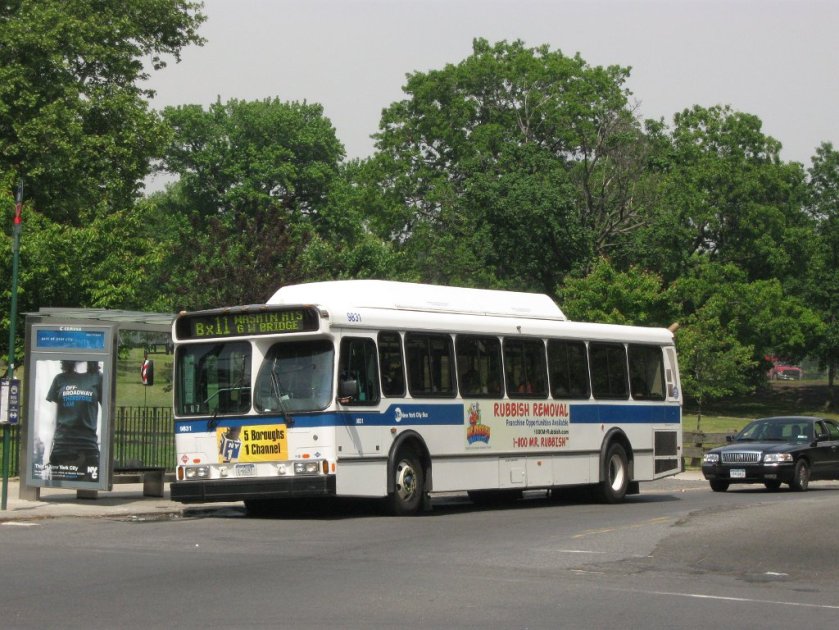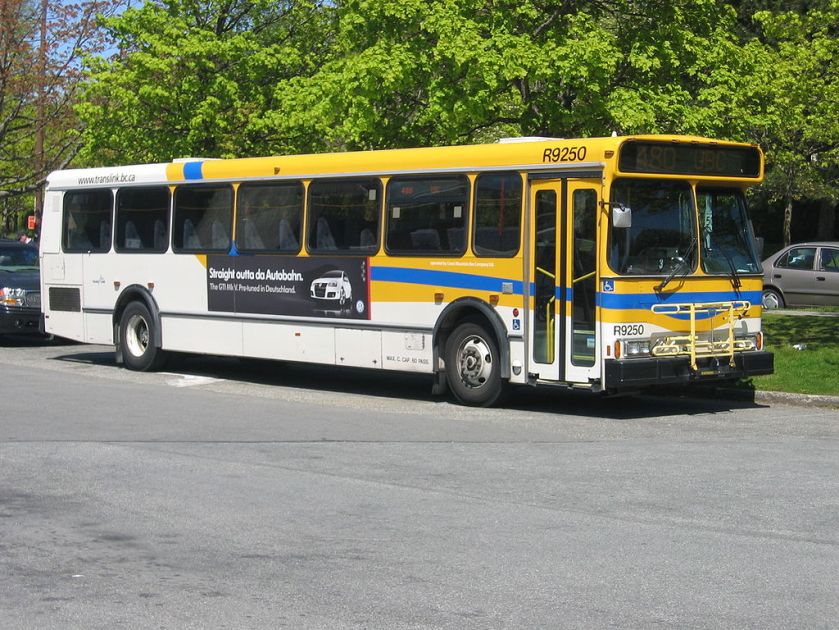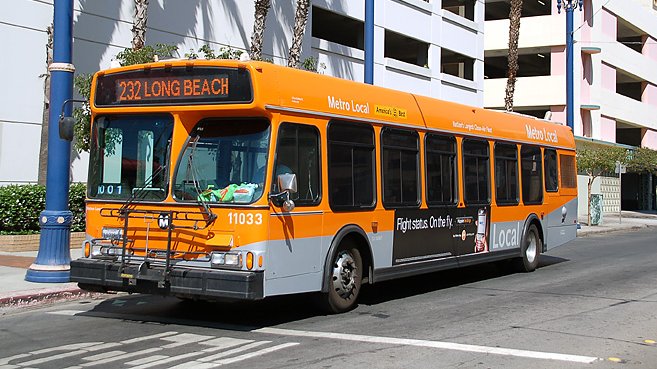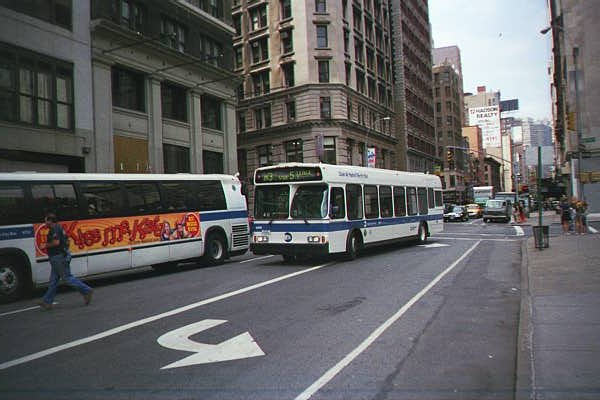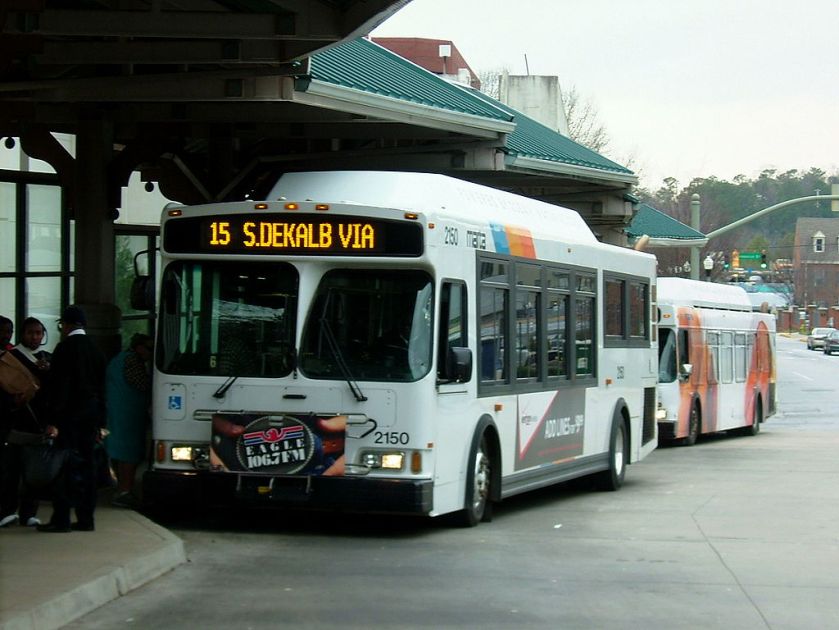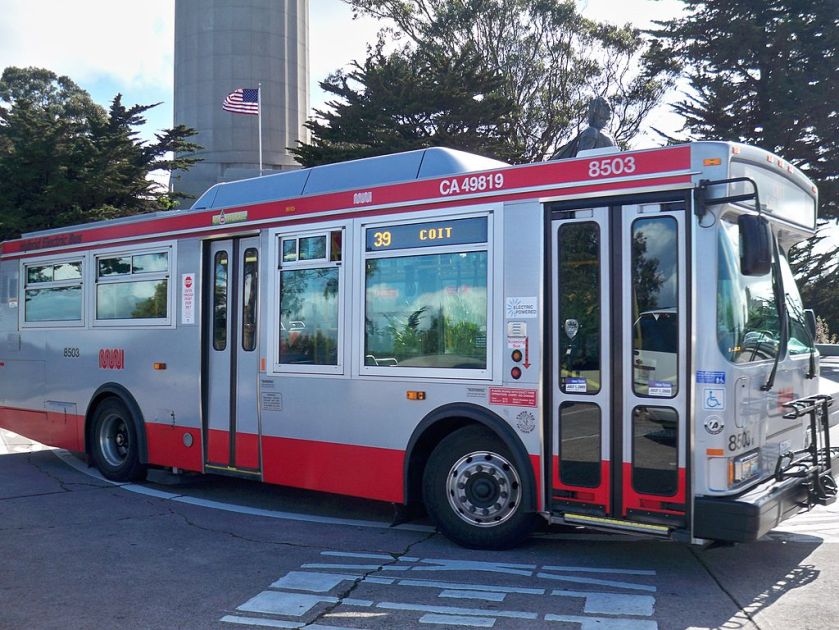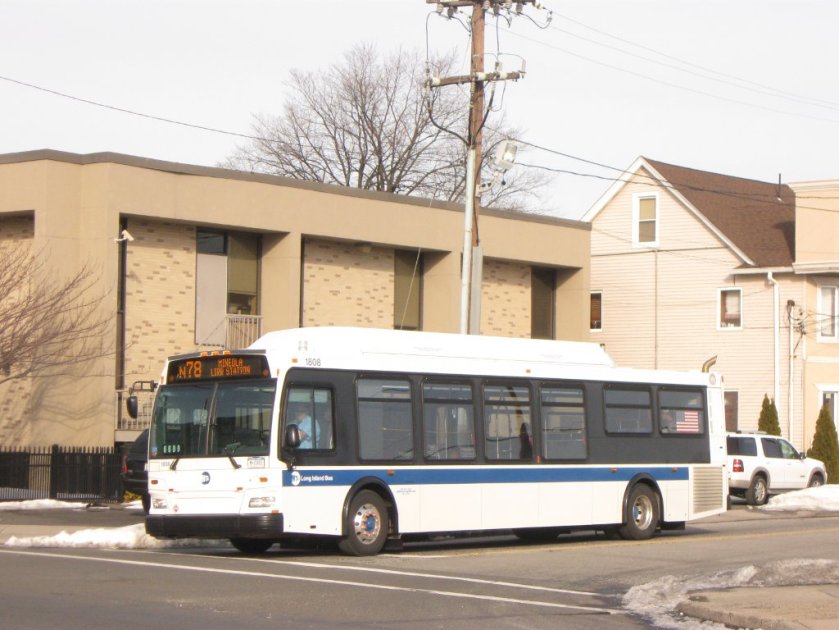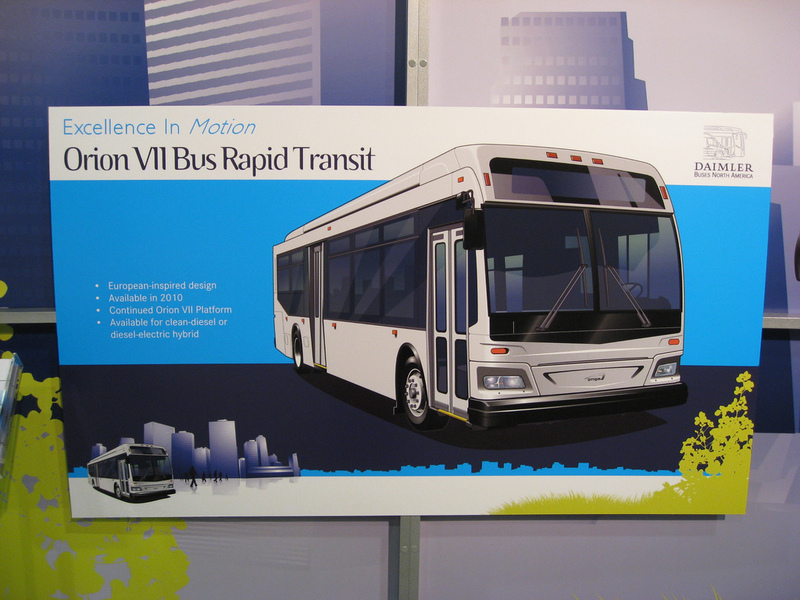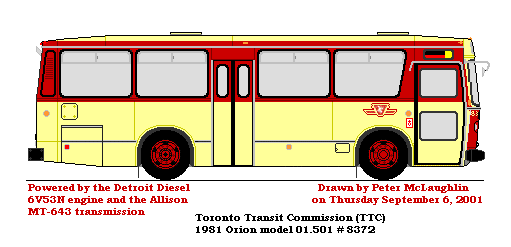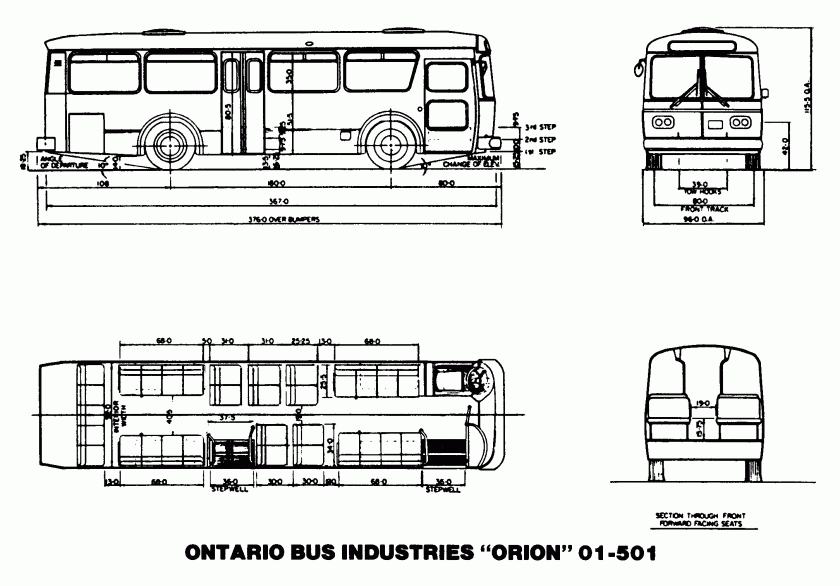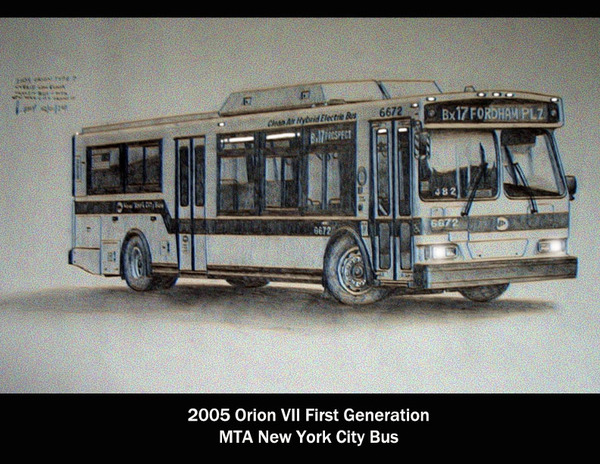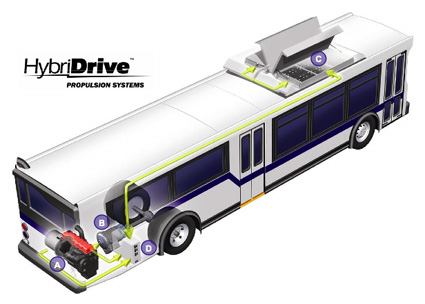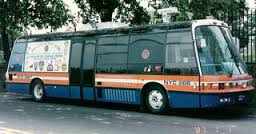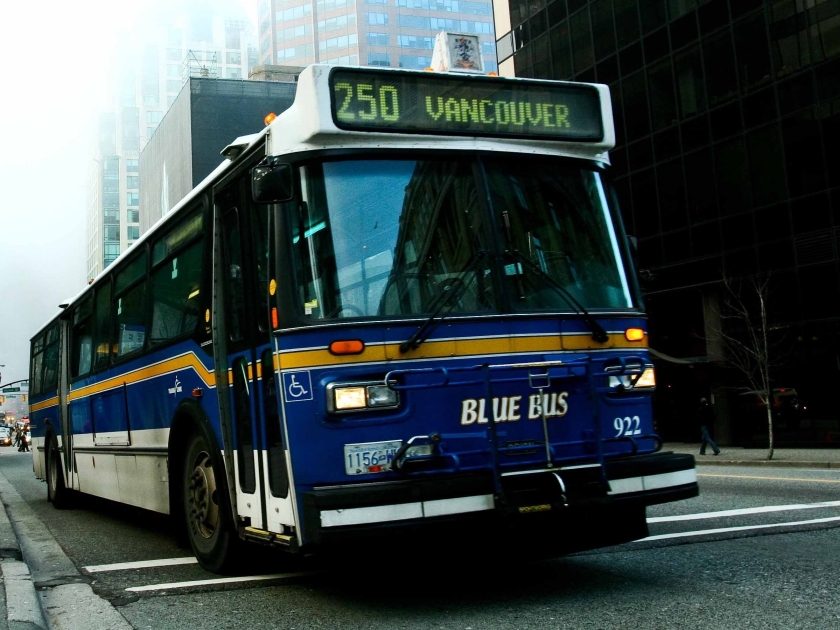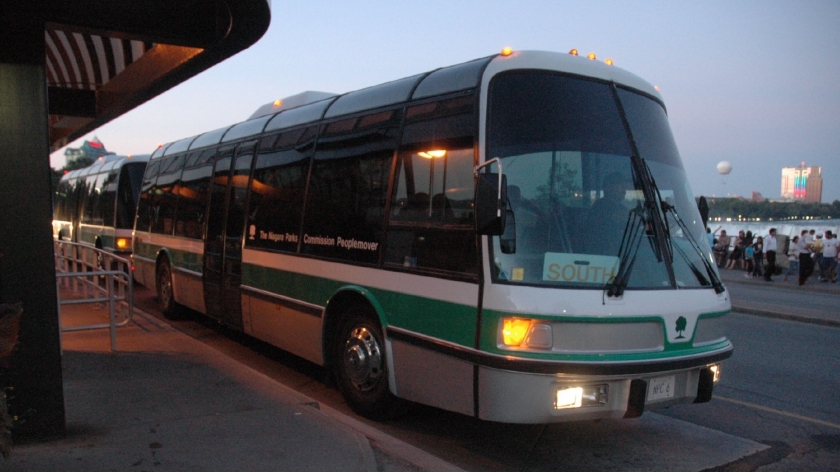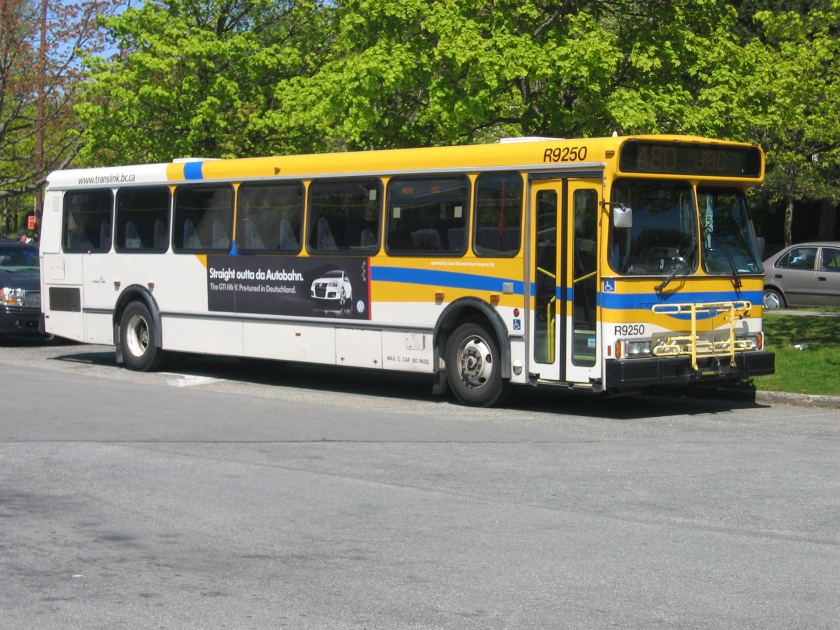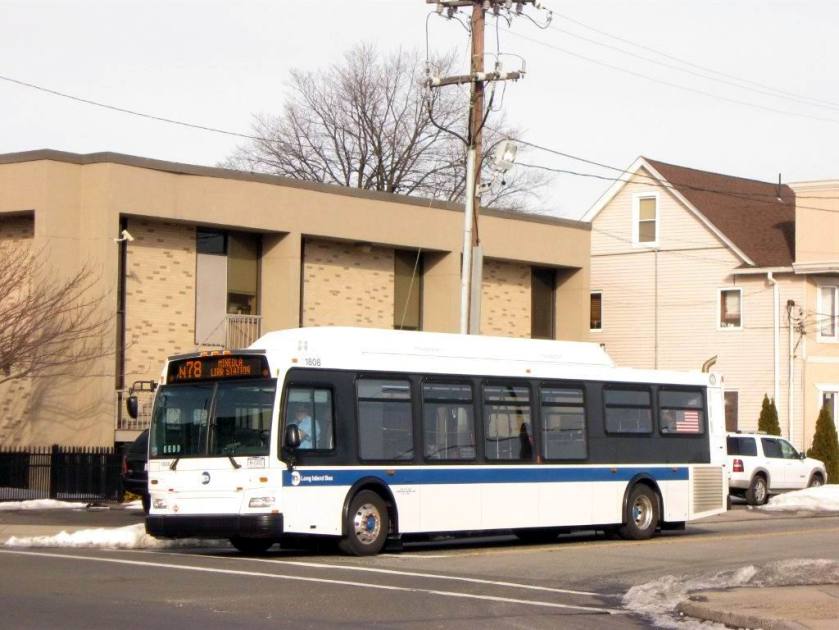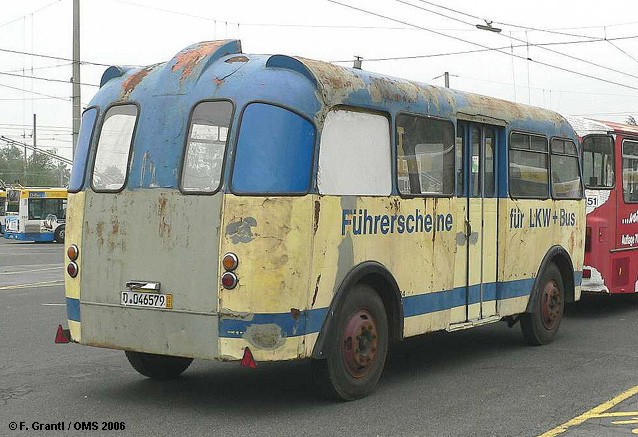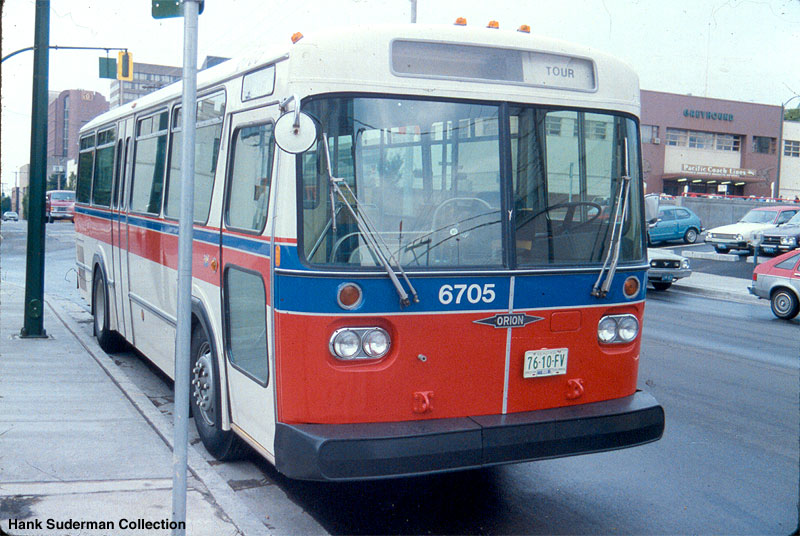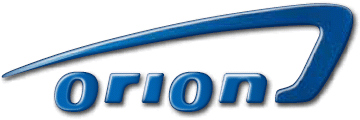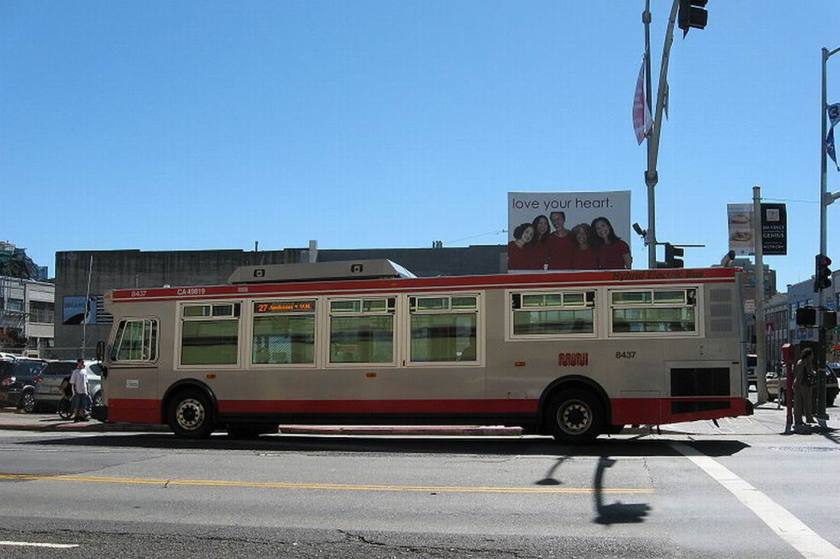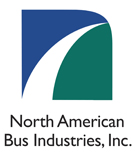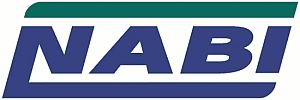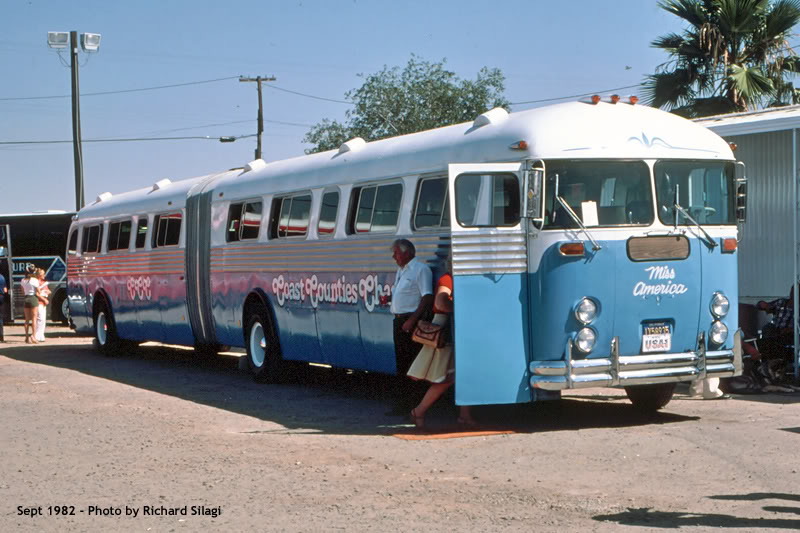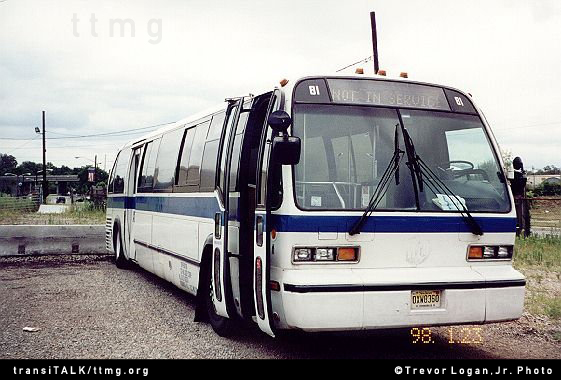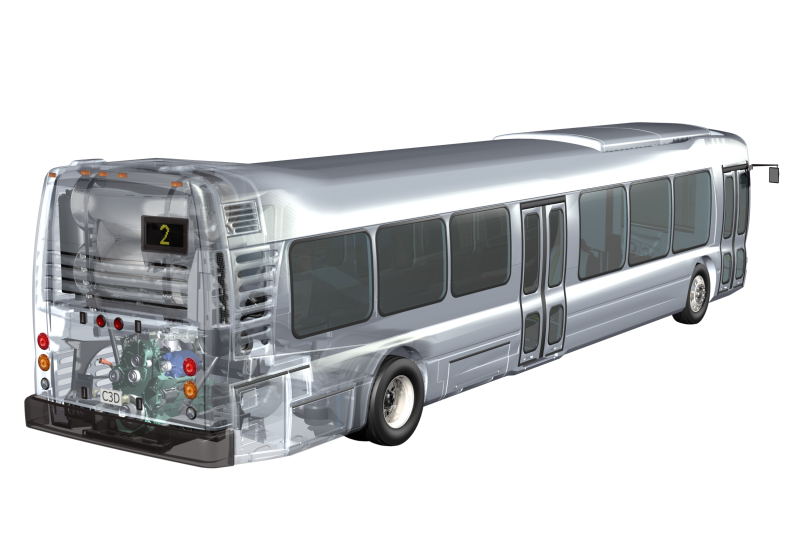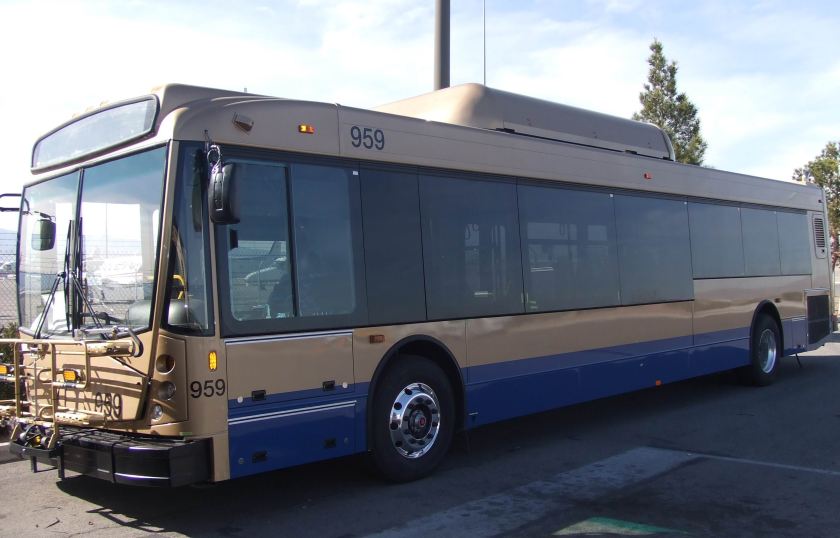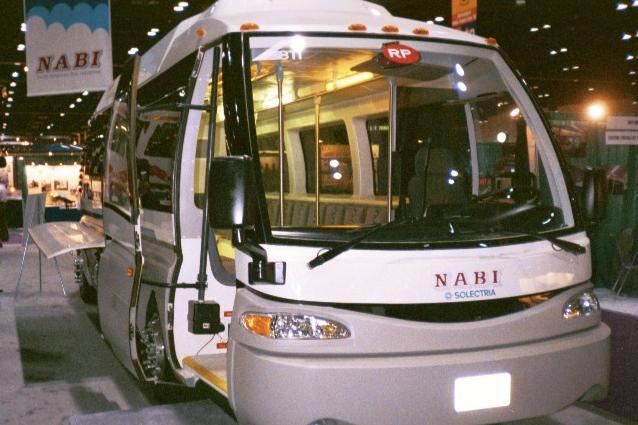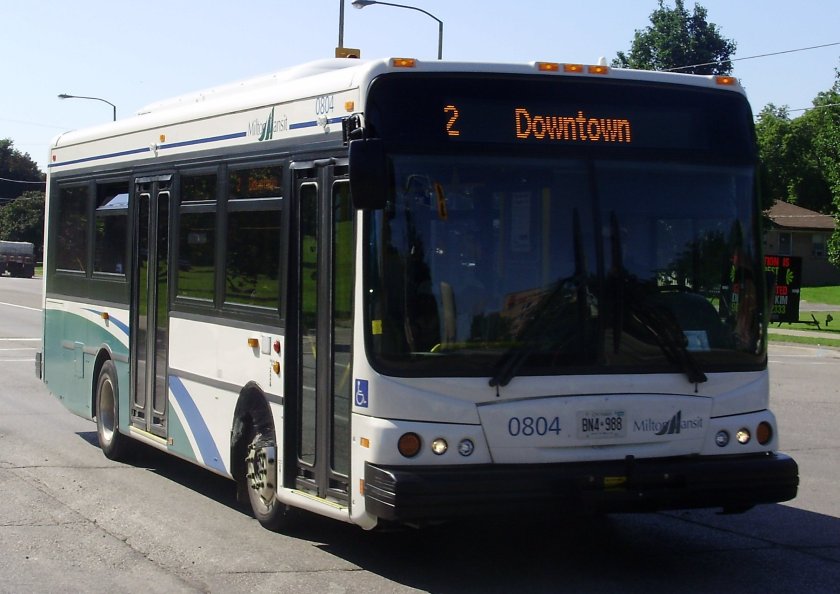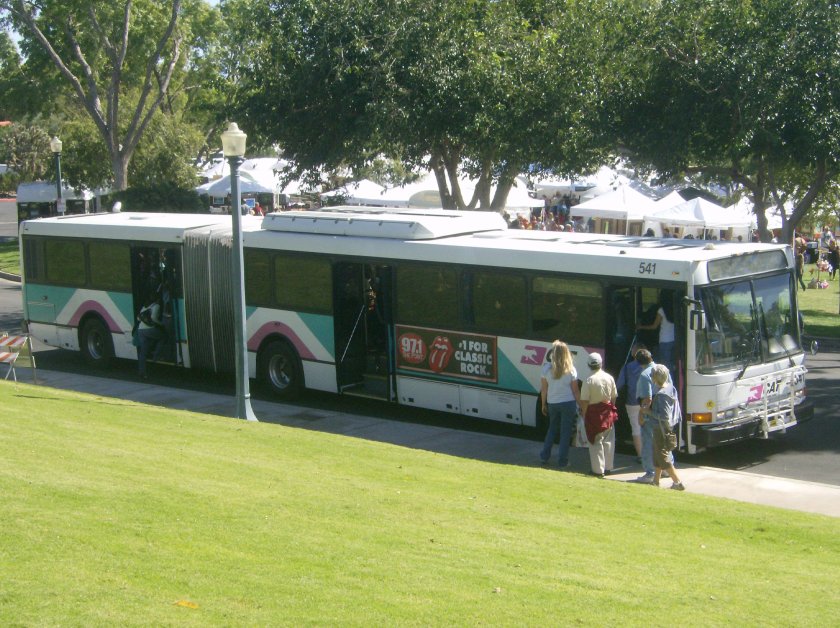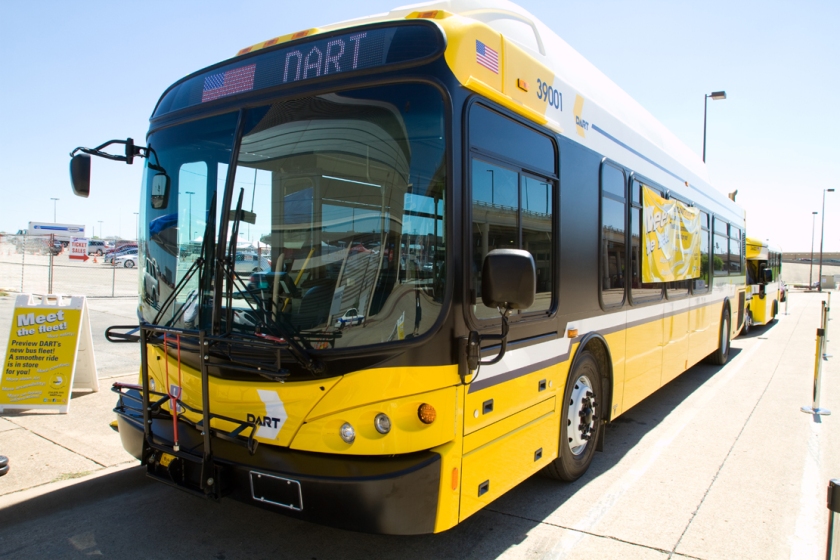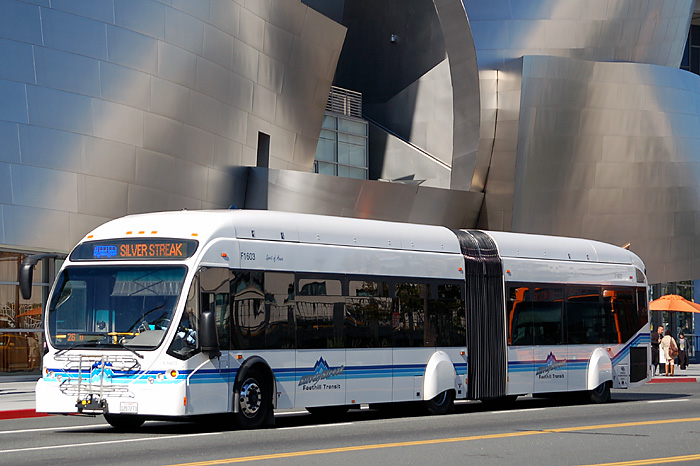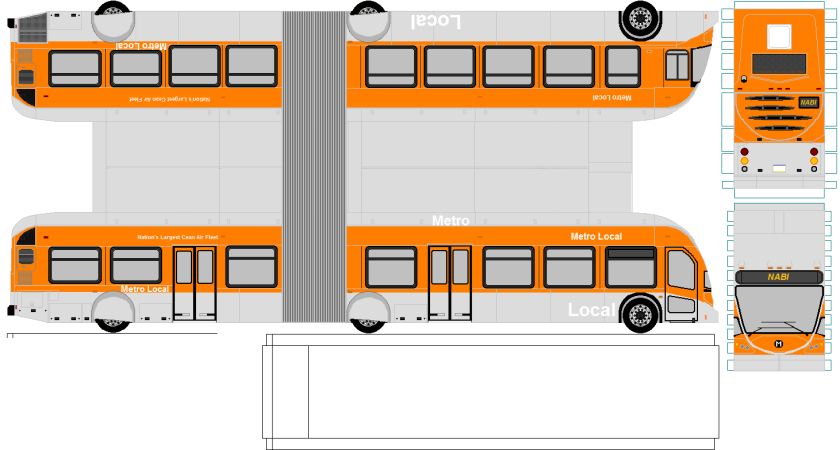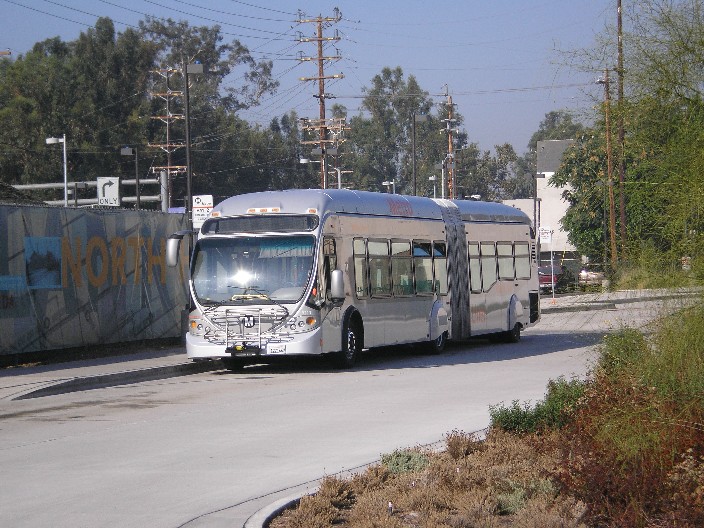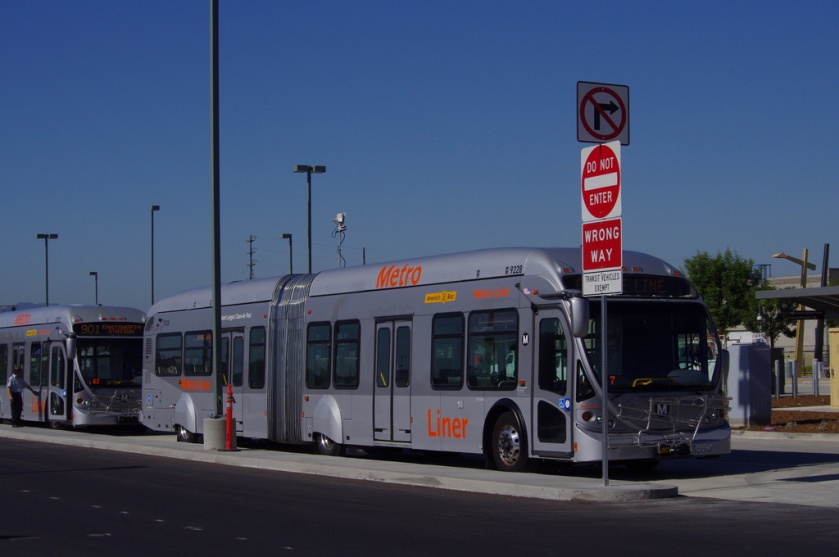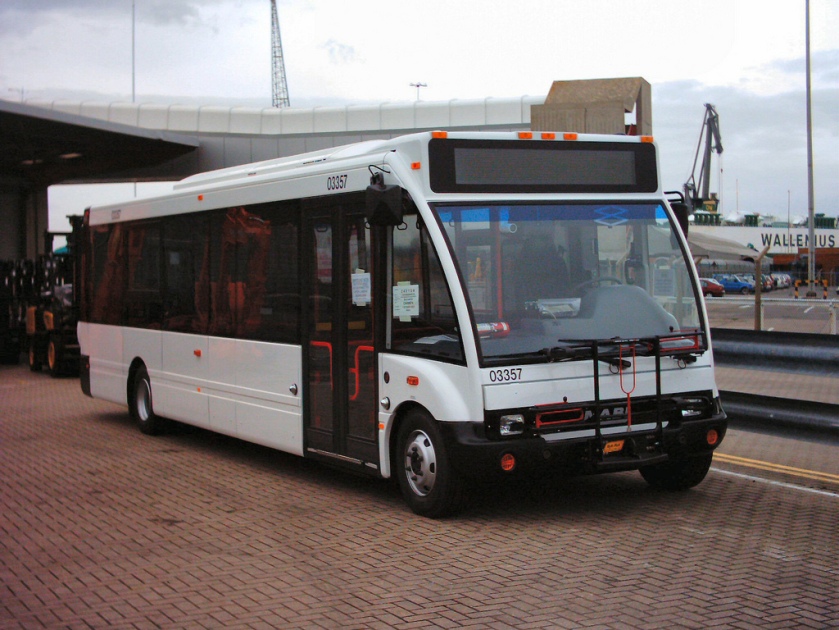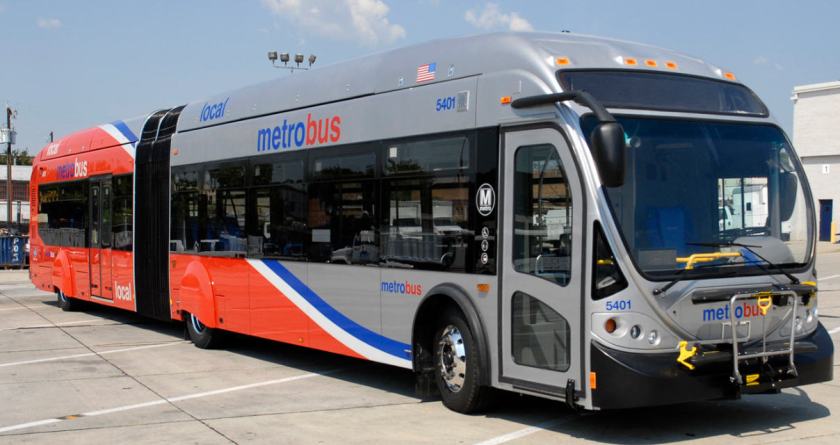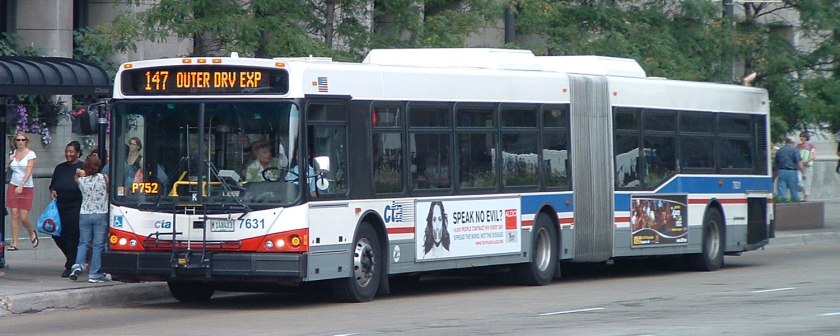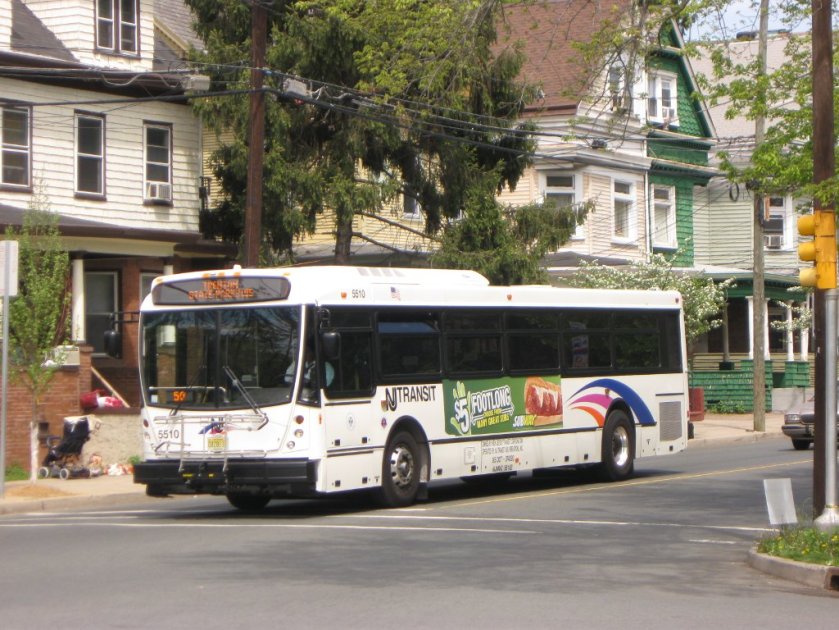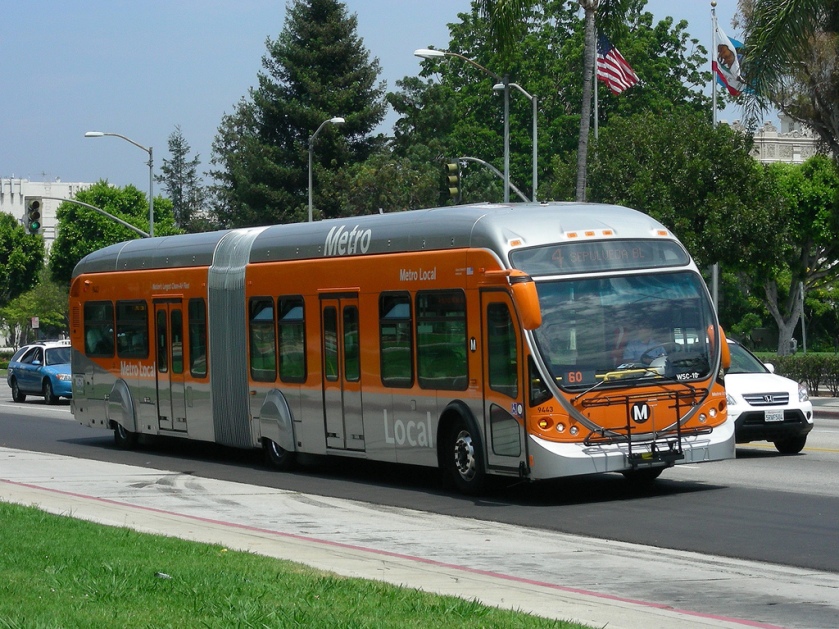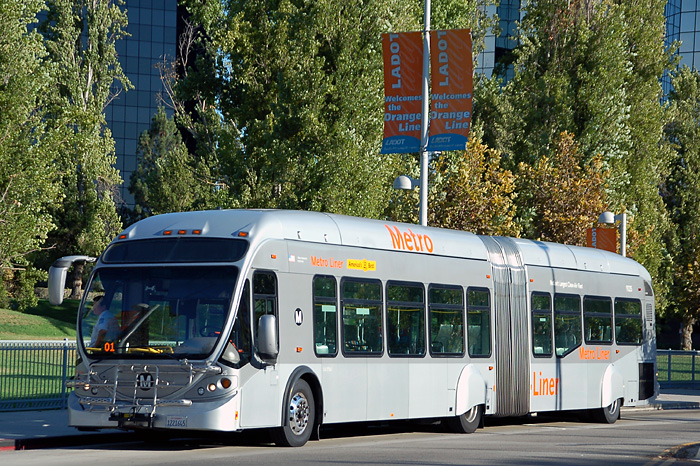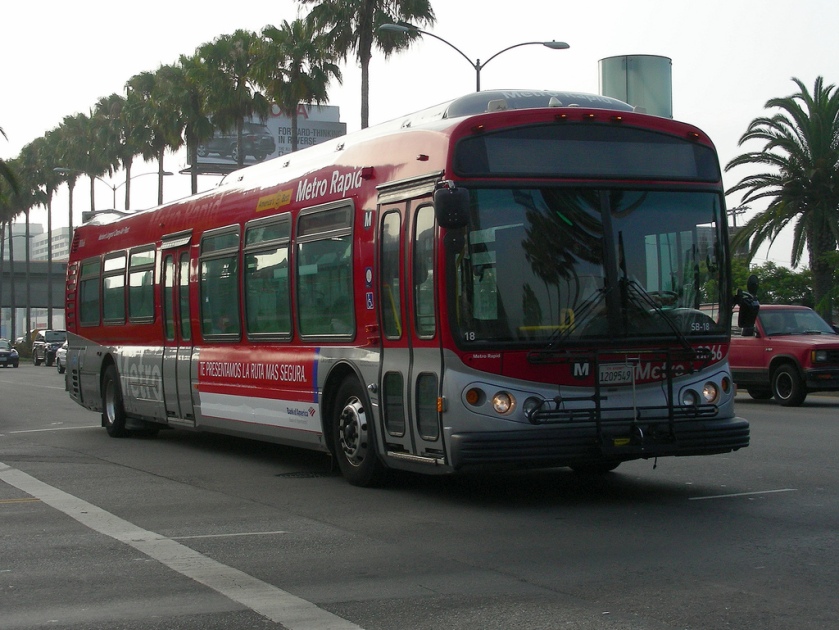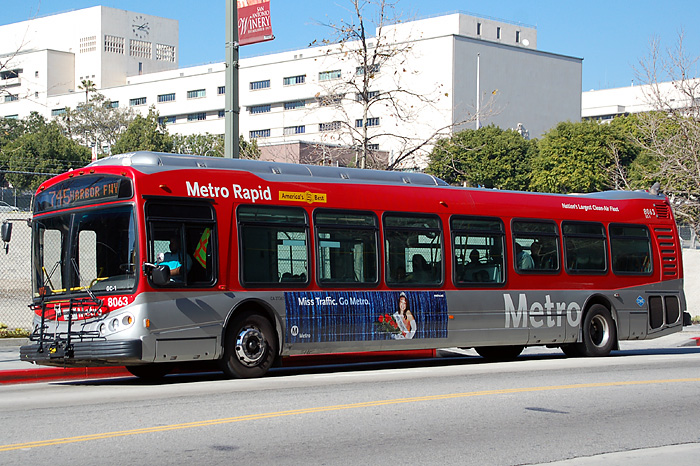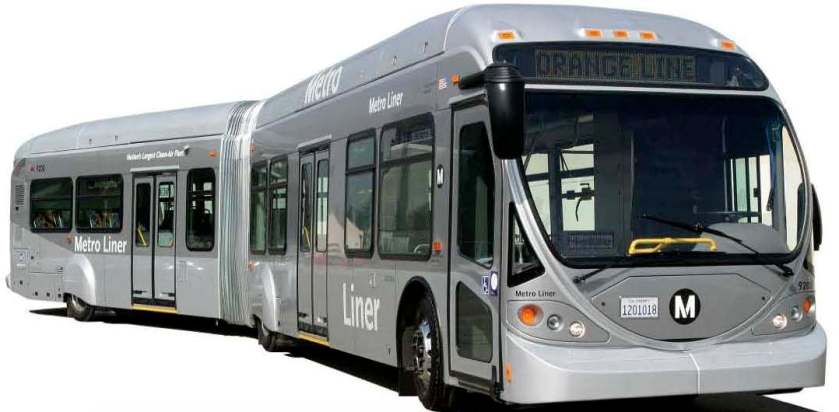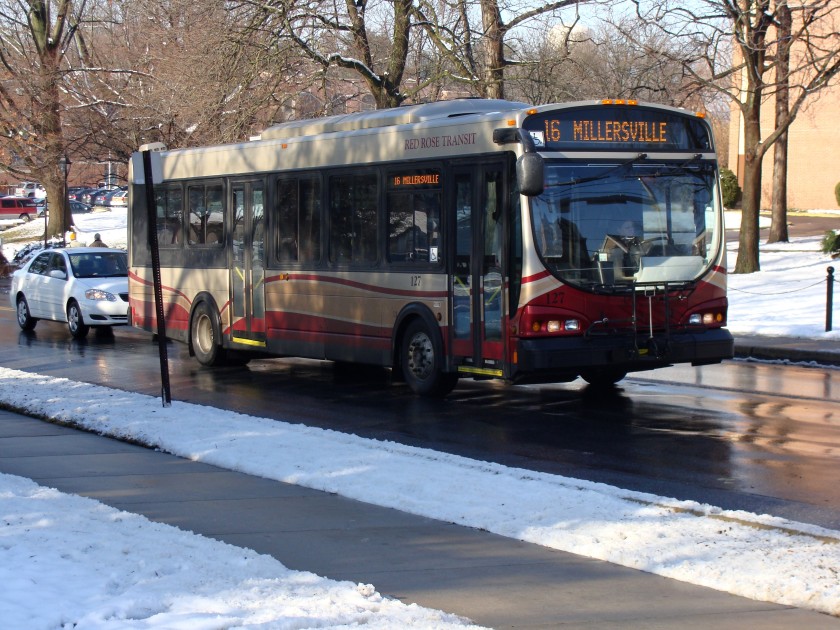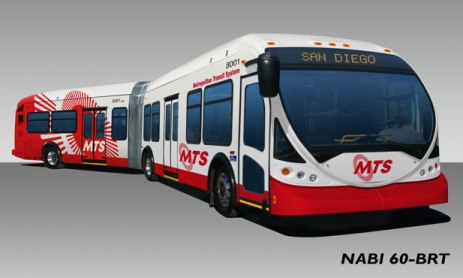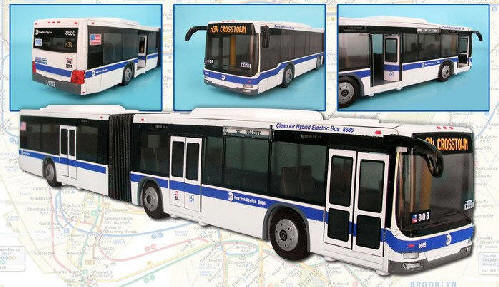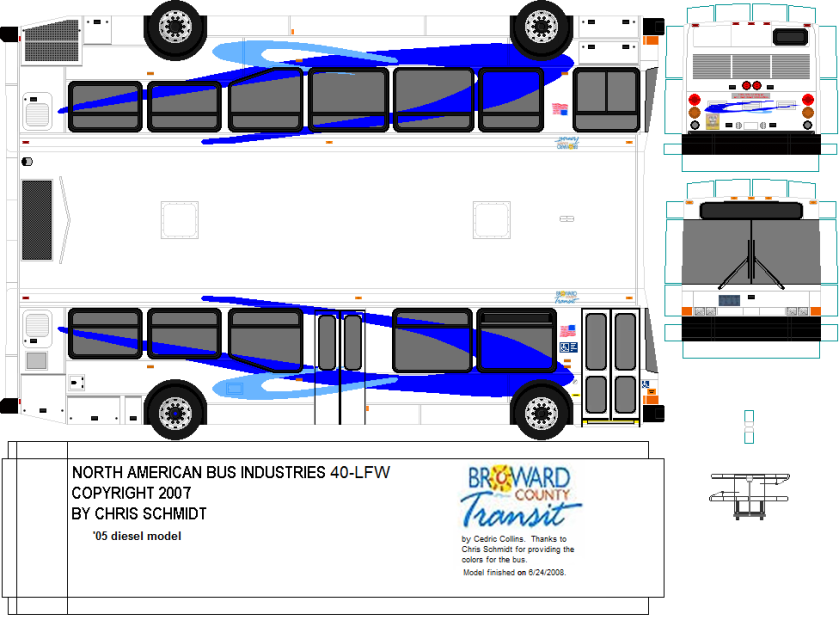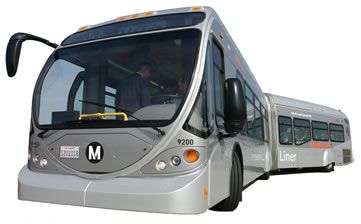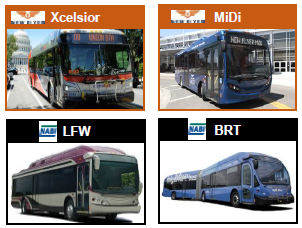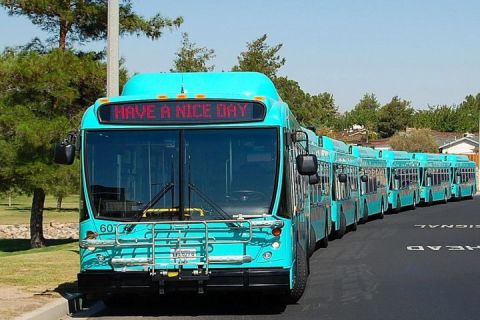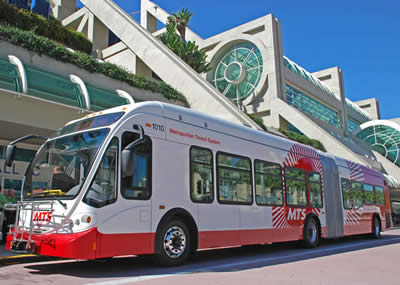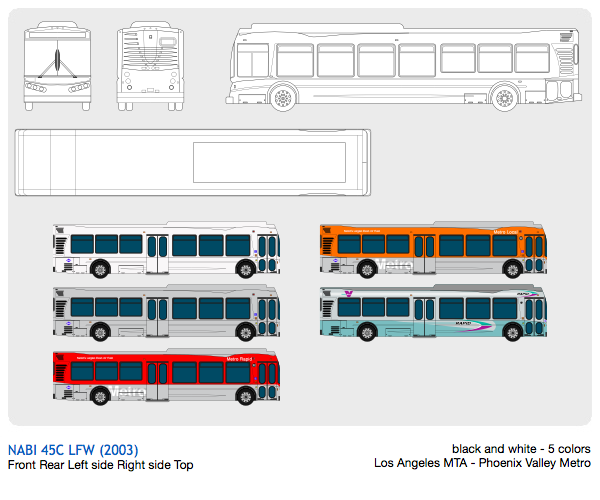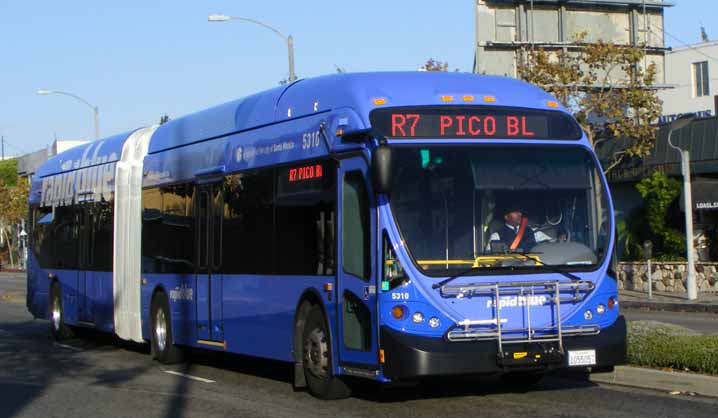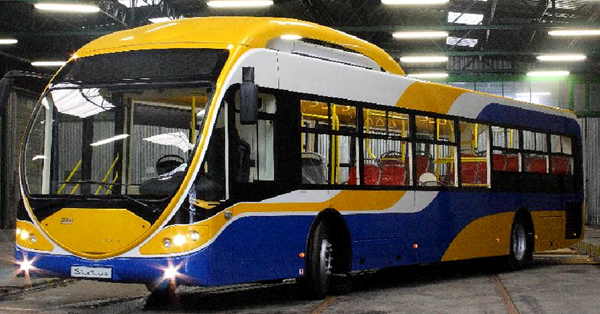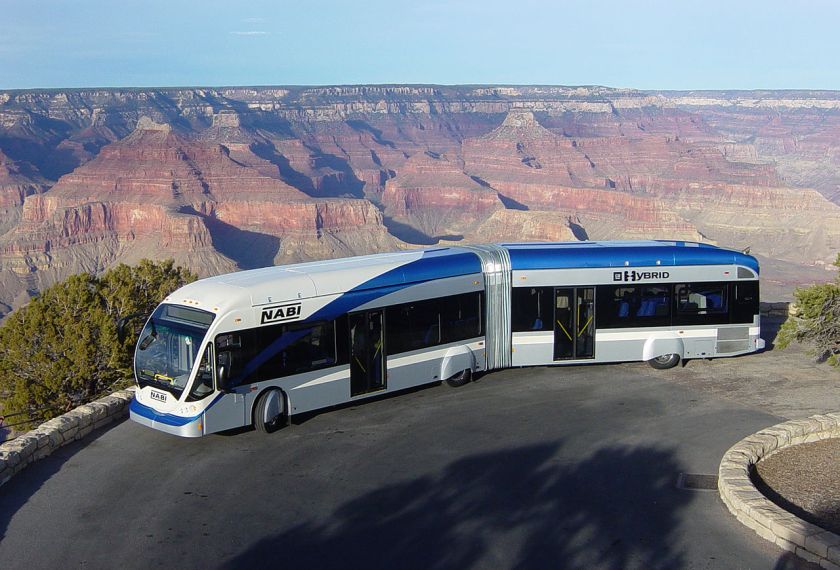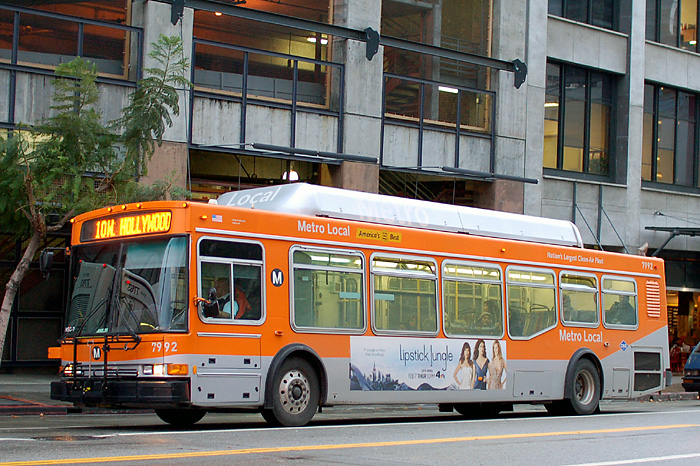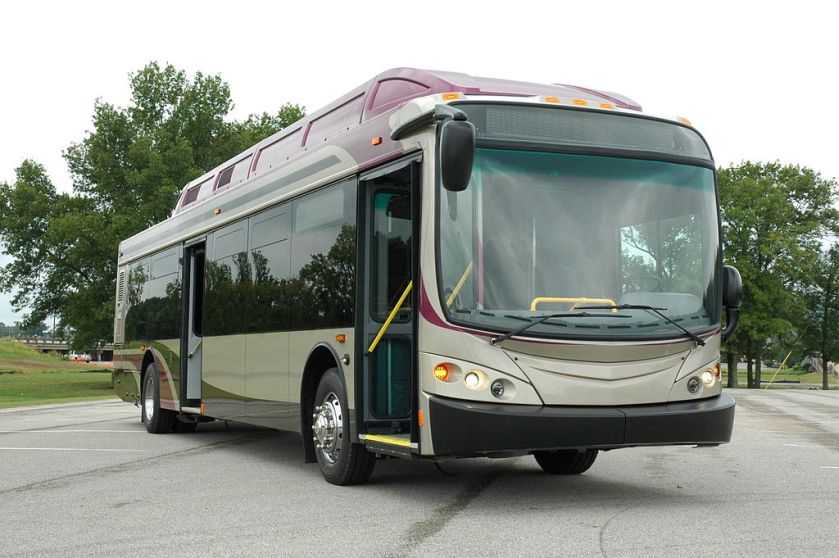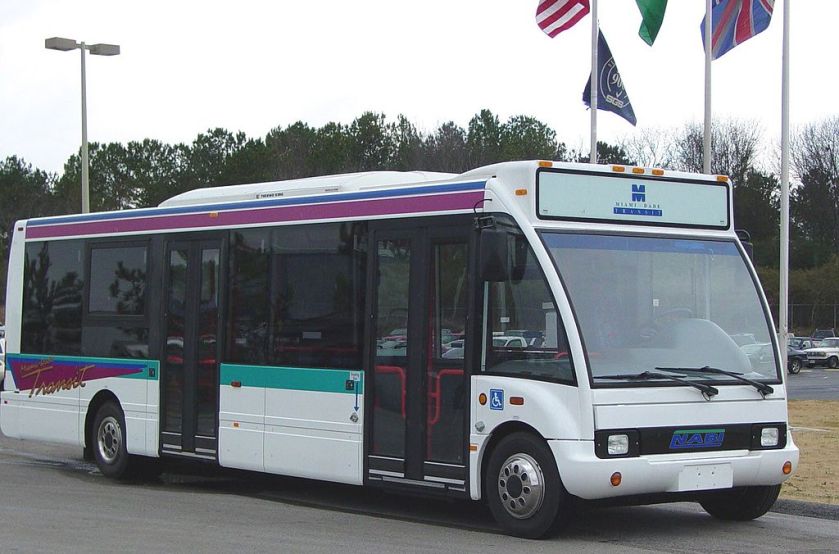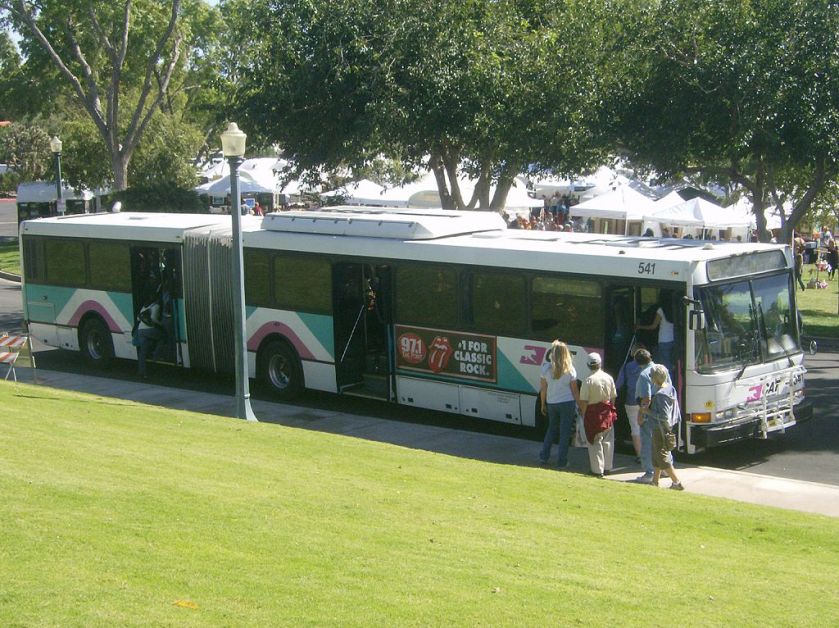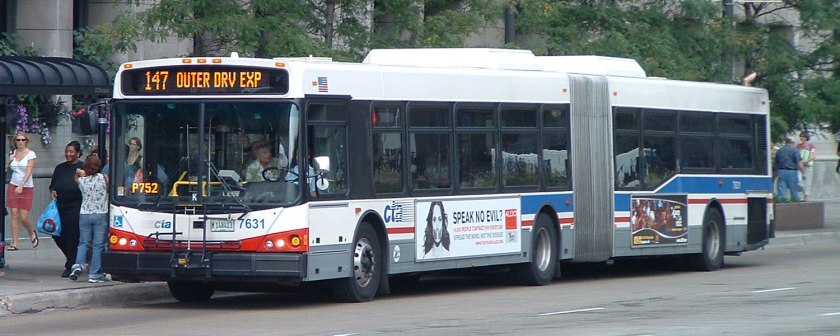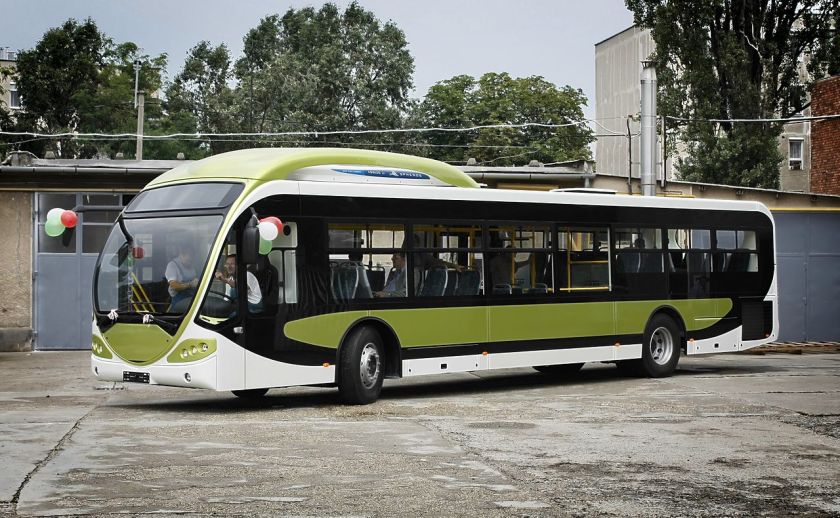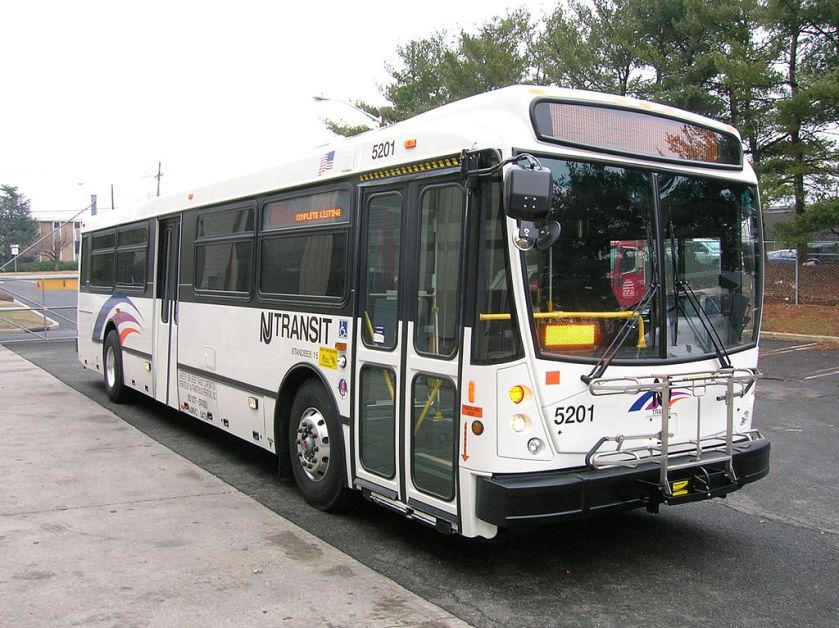 Carrosserie DEN OUDSTEN BUSSEN BV & Domburg The Netherlands
Carrosserie DEN OUDSTEN BUSSEN BV & Domburg The Netherlands

Den Oudsten
|
Den Oudsten Bussen BV
(tot 1945: Den Oudsten & Domburg)
|
| Oprichting |
1926 |
| Opheffing |
2001 |
| Oorzaak einde |
“gebrek aan orders” |
| Oprichter(s) |
Marinus den Oudsten en Floris Domburg |
| Land |
Nederland |
| Hoofdkantoor |
Utrechtsestraatweg, Woerden |
| Producten |
Autobussen, touringcars |
|
|
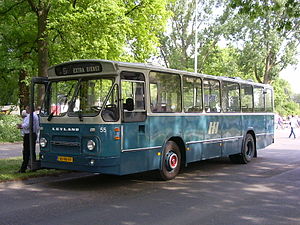
Door Den Oudsten gebouwde Leyland-stadsbus van Amersfoort
Den Oudsten Bussen BV was een Nederlandse autobusfabriek aan de Utrechtsestraatweg te Woerden, die in 1926 werd opgericht door Marinus den Oudsten en Floris Domburg, en in 2001 werd gesloten.
Geschiedenis
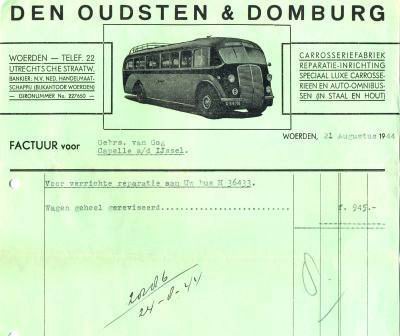
Eerste jaren
Tot in de Tweede Wereldoorlog heette deze carrosseriefabriek Den Oudsten & Domburg. In de jaren dertig bouwde deze fabriek vele bussen voor Nederlandse bedrijven, waaronder grote aantallen Opel– en Bedford-bussen voor de toenmalige GEBRU ter vervanging van de stadstram in Utrecht. Na de bevrijding begon medefirmant Domburg voor zichzelf. In 1947 startte hij in het nabijgelegen Montfoort het bedrijf Carrosseriebouw Domburg, dat tot in de jaren zeventig eveneens veel bussen heeft gebouwd, vooral touringcars.
Na de oorlog
Den Oudsten leverde in de jaren vijftig en zestig vele streekbuscarrosserieën op chassis van onder meer Leyland, DAF, Scania Vabis, Guy en Volvo aan grote klanten als de GTW, de TP-participanten en de dochterondernemingen van de NS. Voor die laatste bouwde men ook 80 enigszins gemodificeerde exemplaren van het zelfdragende “bolramer”-type (Leyland-Den Oudsten LO). Daarnaast heeft Den Oudsten ook veel touringcars geleverd.
De in kleine aantallen gebouwde zelfdragende Woerden 12S–stadsbus voor Leiden en Eindhoven was in het begin van de jaren zestig Den Oudstens eerste echte “eigen” bustype. Dit was de voorloper van een bijzonder busmodel dat al gauw de bijnaam Duikboot kreeg, ontleend aan een film over Jules Vernes Kapitein Nemo. Diens onderzeeër Nautilus had aan de voorkant een grote glazen zichtkoepel waardoor de stuurman onder de boot kon kijken. Zo’n opvallende, naar voren stekende voorruit had dit Den Oudsten-model ook. Er zijn “duikboten” geleverd op Leyland-chassis aan vooral GTW, GEVU en GVG, maar ook als zelfdragende Leyland-Den Oudsten LO-bus aan GADO, GDS en RTM.
In 1968 bouwde Den Oudsten totaal 40 standaard stadsbussen in opdracht van de Commissie Standaardisering Autobusmaterieel, die het Den Oudsten-product wilde vergelijken met dat van Hainje. Van deze serie gingen er 10 stuks naar elk van de bedrijven HTM, RET, GEVU en GVB.
Expansie
Na het verdwijnen van de busdivisie van Werkspoor in 1962 en van Verheul in 1970 bleef Den Oudsten over als de voornaamste leverancier van bussen voor het Nederlandse streekvervoer. Den Oudsten was in de jaren zeventig en tachtig, en deels ook nog in de jaren negentig, voornamelijk bekend als de bouwer van verreweg de meeste – 4706 – exemplaren van de standaard streekbus (voornamelijk op DAF MB200-chassis en als zelfdragende Leyland-Den Oudsten LOB) en later de Den Oudsten B88. Tientallen jaren bestond het wagenpark van vrijwel elk Nederlands streekvervoerbedrijf in meerderheid uit Den Oudsten-bussen. Ook enkele pachters van de Vlaamse Vervoermaatschappij “De Lijn” en de Waalse TEC hebben een paar Den Oudsten-bussen in hun wagenpark gehad. In Arnhem doen nog steeds 2 Den Oudsten Volvo B10M trolleybussen uit 1990 dienst.
In 1980 werd de busbouwer Van Rooijen in Montfoort overgenomen, die vooralsnog onder eigen naam bleef produceren. In 1986 kocht een van de toenmalige directeuren van het familiebedrijf, Jan den Oudsten, de Canadese busbouwer Flyer Industries en hernoemde die in New Flyer Industries. Dit bedrijf, dat nog steeds succesvol opereert op de Amerikaanse en Canadese markt, stond formeel los van Den Oudsten Bussen BV, maar deelde daarmee wel het bedrijfslogo. In 1997-98 heeft de Woerdense fabriek de assemblage verricht van ongeveer 100 bussen van New Flyer, bestemd voor de Amerikaanse markt. Met een ander Canadees bedrijf, Nova Bus, werkte Den Oudsten samen bij de ontwikkeling van lagevloerbussen.
Laatste jaren
In 1990 werd familiebedrijf Den Oudsten verkocht aan United Bus, waarvan ook DAF Bus en BOVA deel uitmaakten. United Bus was geen succes en in 1993 werd Den Oudsten meegesleept in het faillissement van het moederbedrijf. Den Oudsten kon een doorstart maken, doordat Jan den Oudsten de boedel had teruggekocht. De bussen werden toen ook geleverd naar Duitsland, België, Griekenland, Palestina en Zweden. Nergens kreeg Den Oudsten vaste voet en het bleef bij die enkele levering.
In de jaren negentig kwam Den Oudsten met de succesvolle Alliance-serie, waaronder de B96 Alliance City. De Alliance-bussen konden vanaf 1990 geleverd worden als zelfdragende bus met een motor van DAF, Volvo of MAN. Er waren naast de zelfdragende Alliance ook versies leverbaar op chassis van b.v. DAF/VDL, Volvo of Iveco, meestal met heckmotor, maar naar keuze ook met underfloor motor.
Rond de eeuwwisseling werd in samenwerking met Fokker Space en Duvedec gewerkt aan de ontwikkeling van de innovatieve busconcepten X97, X98 en Avance, maar tot serieproductie is het niet meer gekomen. Doordat de vervoerbedrijven steeds meer bussen bij buitenlandse busbouwers gingen inkopen, kwam het bedrijf rond de eeuwwisseling opnieuw in financieel zwaar weer terecht. Den Oudsten had wel enig succes met export van bussen, maar dat woog niet op tegen de inzakkende thuismarkt. In 2001 werd Den Oudsten failliet verklaard.
Techno Service Nederland (TSN), een dochteronderneming van Connexxion, heeft onder andere de onderdelenvoorraad en technische kennis overgenomen om de nog rijdende Den Oudsten-bussen op de weg te kunnen houden. Eind 2012 zijn de laatste Den Oudsten Alliance-bussen op de stadsdienst in Den Haag verdwenen en alleen bij de stadsdienst in Rotterdam deden tot begin 2013 nog Alliance-bussen dienst waarvan er een aantal nog als mottenballenvloot achter de hand worden gehouden.
Diverse Nederlandse streekbussen werden na een arbeidzaam leven geëxporteerd naar het buitenland. In 2008 reden er bijvoorbeeld nog veel Den Oudsten-bussen in Cuba en in Georgië.
Typen
Museumbussen
Verschillende Den Oudsten-bussen zijn bij museumbusstichtingen terechtgekomen. Zo bezit de Stichting Veteraan Autobussen meerdere Den Oudsten-bussen, waaronder het laatste gebouwde exemplaar op het DAF MB200-chassis, VAD 3931 en een van de laatste gelede bussen op het DAF MBG205-chassis, BBA 881.
Portretten van Den Oudsten-producten
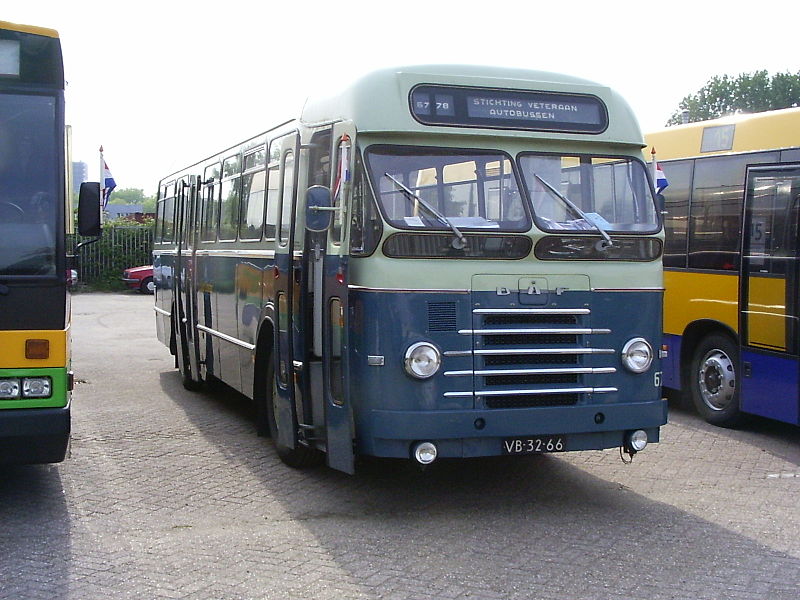
DAF TB102/Den Oudsten-streekbus 1962, Zuidooster.
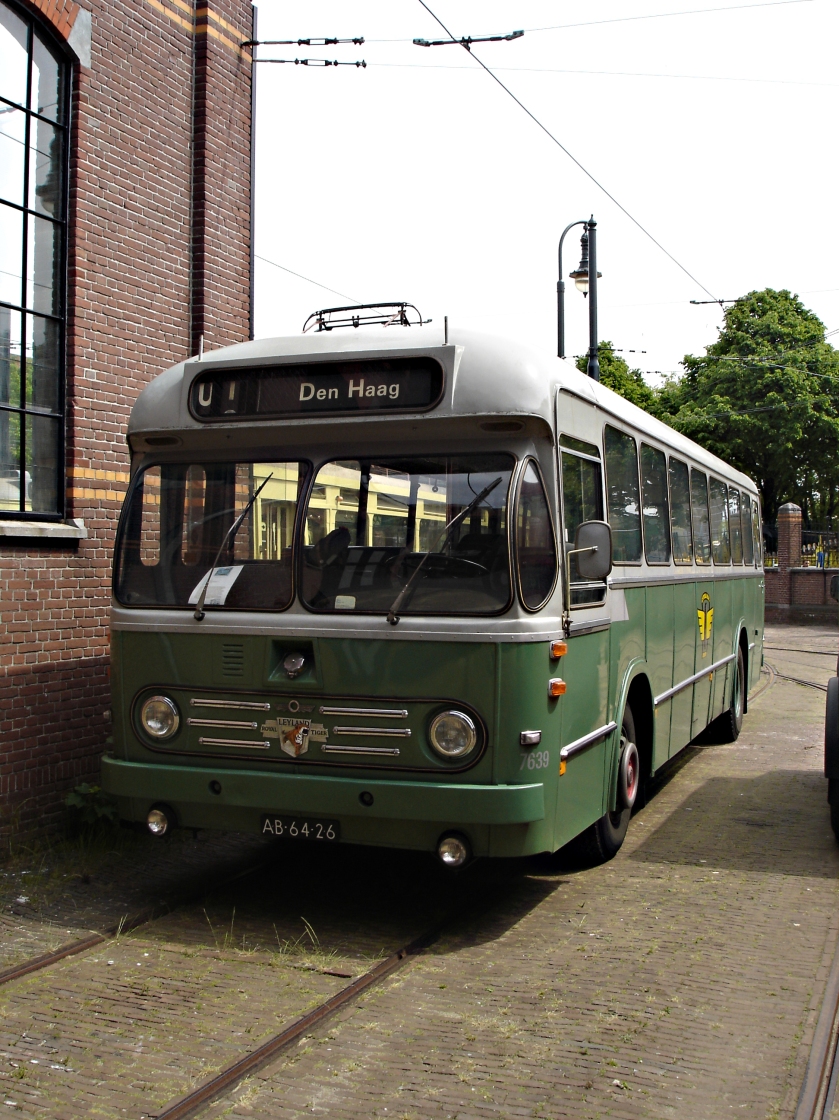
Leyland-Den Oudsten bolramer-streekbus 1967, Citosa-kleuren.

Leyland-Den Oudsten bus, model “duikboot” 1967, GDS.
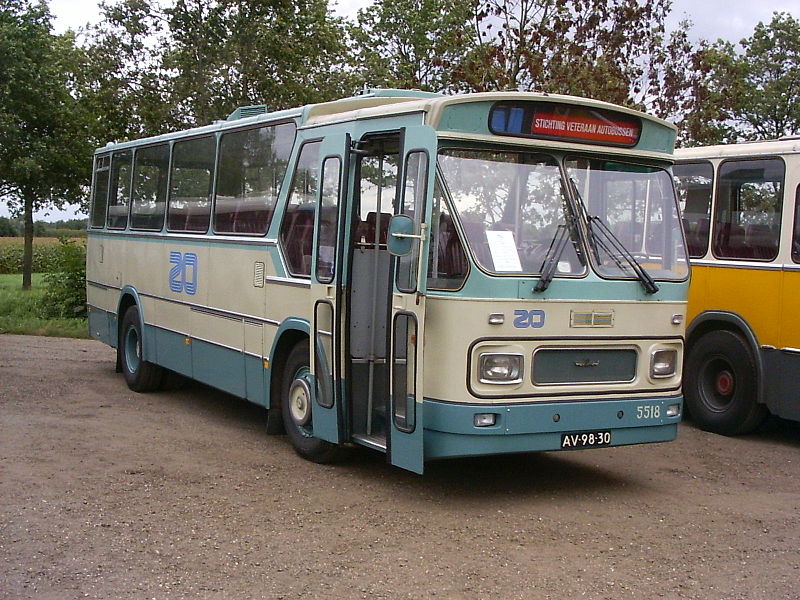
Leyland-Den Oudsten semi-touringcar, Zuidooster
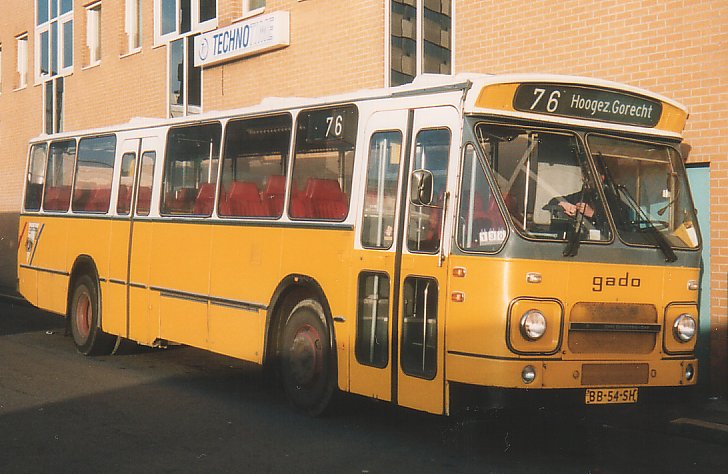
DAF MB200/Den Oudsten standaardstreekbus, GADO

DAF MB200/Den Oudsten standaardstreekbus, BBA
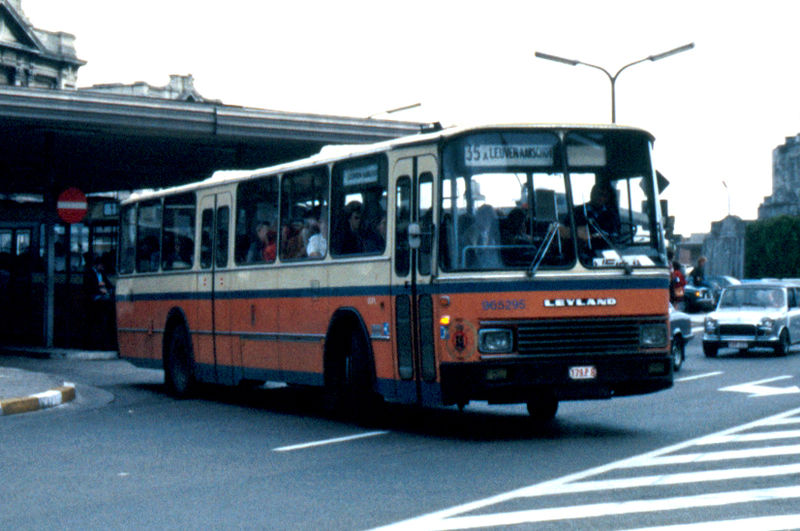
Leyland/Den Oudsten bus van NMVB-pachter STACA.
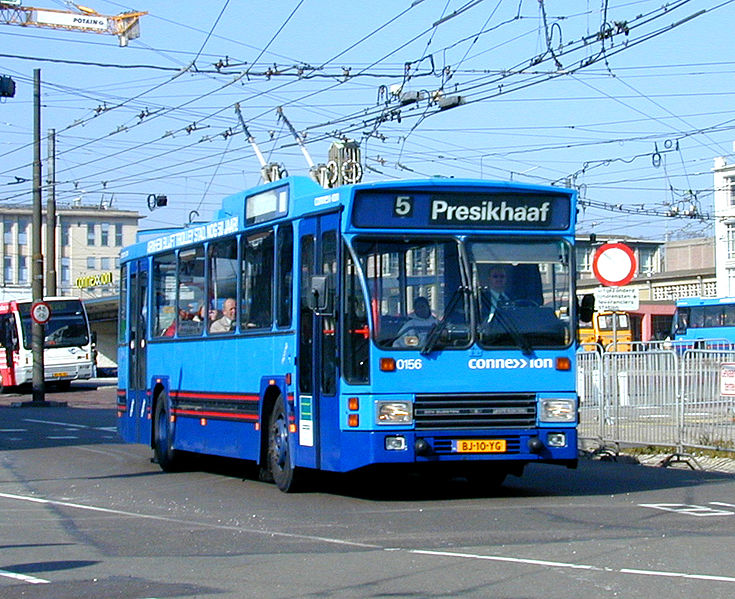
Den Oudsten B79T van het Arnhems trolleybusnet
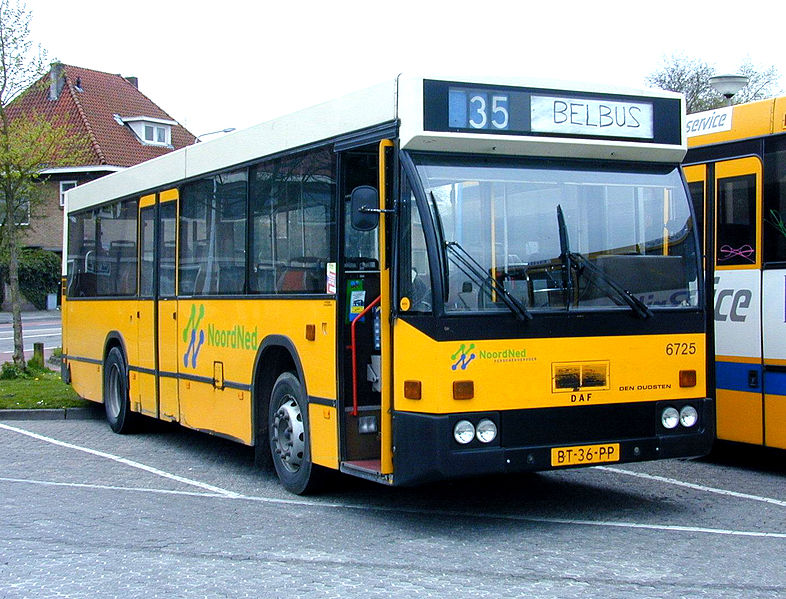
Den Oudsten B86 van Noordned
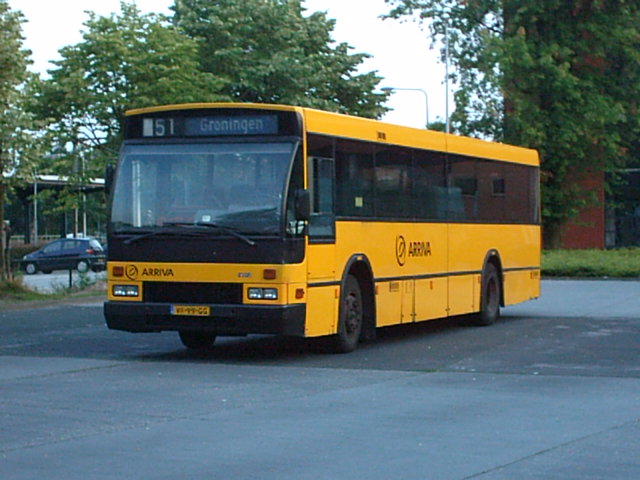
Den Oudsten B88, Arriva
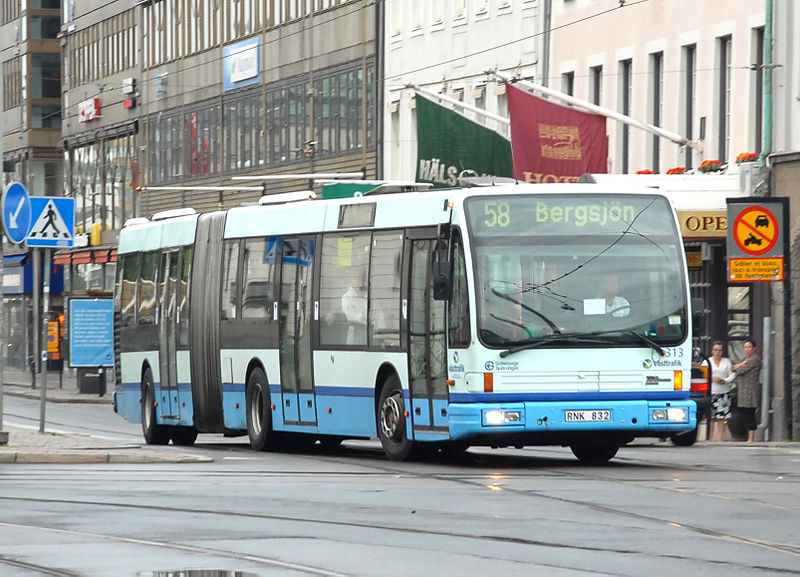
Den Oudsten B93 van Göteborgs Spårvägar.
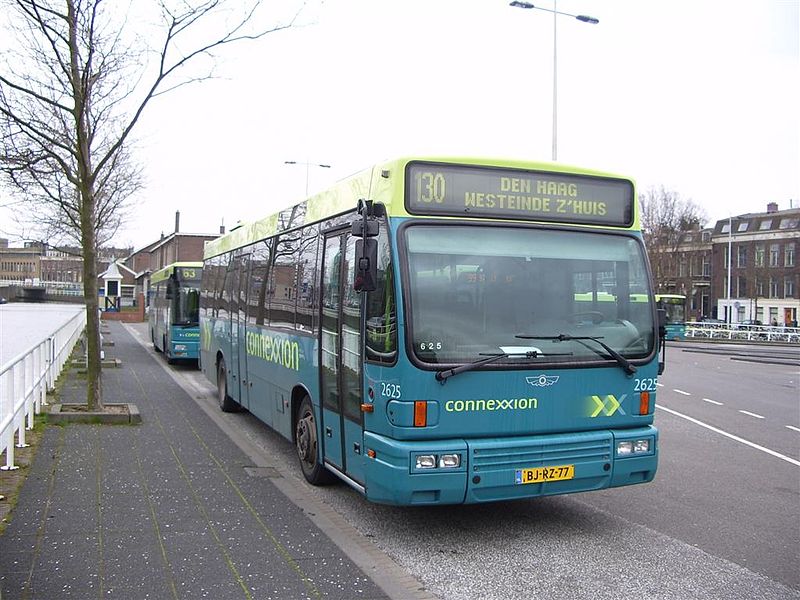
Den Oudsten B95 Alliance Intercity (Connexxion-variant).
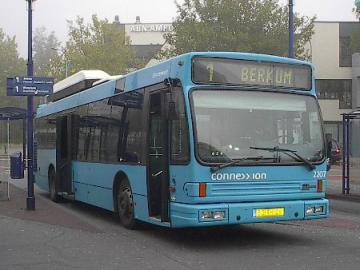
Den Oudsten B96 Alliance City, stadsdienst Zwolle.

Den Oudsten B96 Alliance City, Haagse bus.
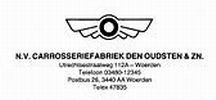

1932 Ford – Den Oudsten, Woerden – Domburg A’dam
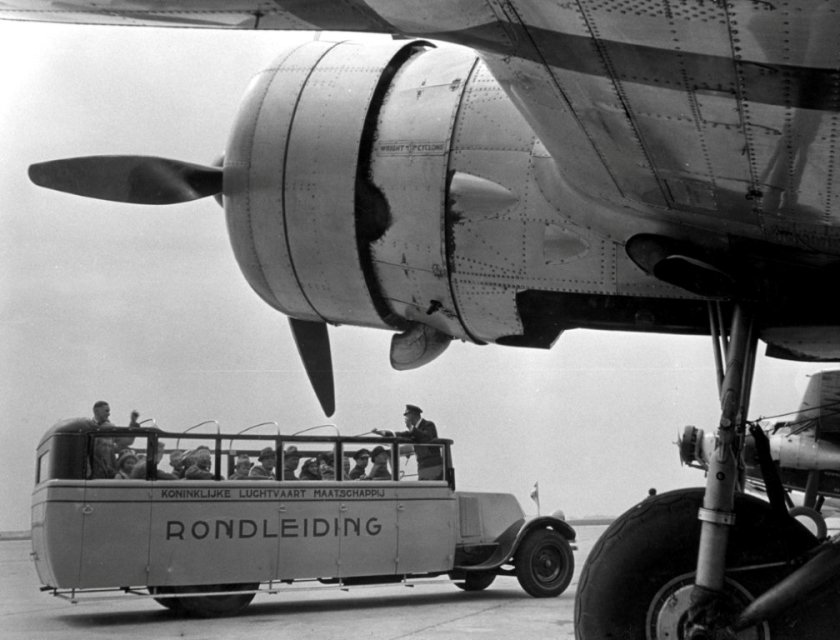
Neoplan Den Oudsten
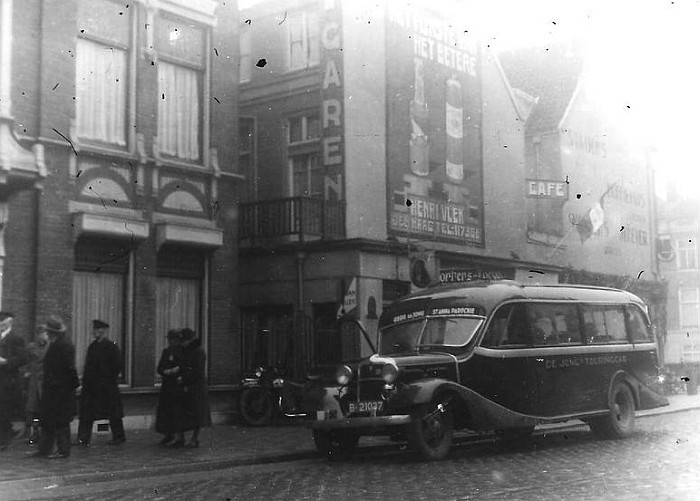
1935 Ford V8 Den Oudsten en Domburg 1935 B-21037

1936 DEN OUDSTEN
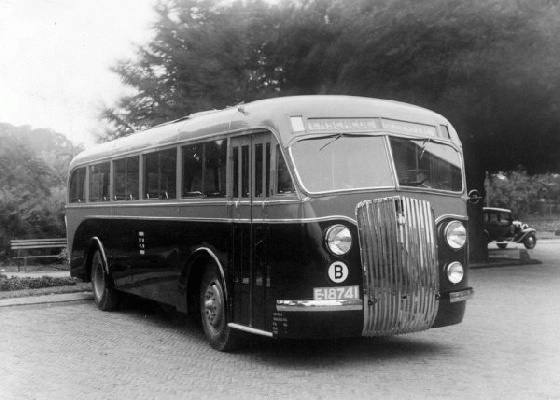
1937 T.E.T. bus 10 kent. E-18741 Kromhout TB4L carr. Den Oudsten en Domburg bouwjaar 1937. Fabrieksfoto nieuw
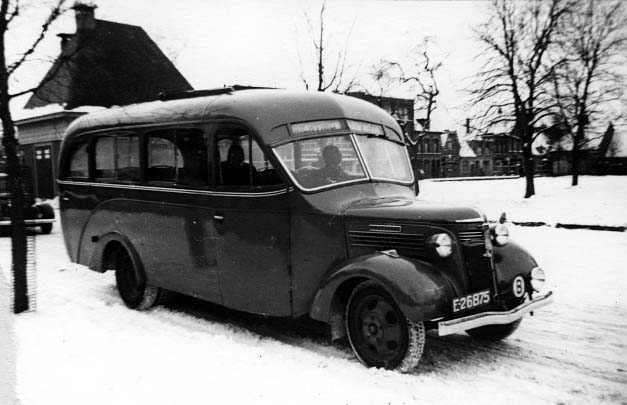
1938 Oldsmobile Den Oudsten
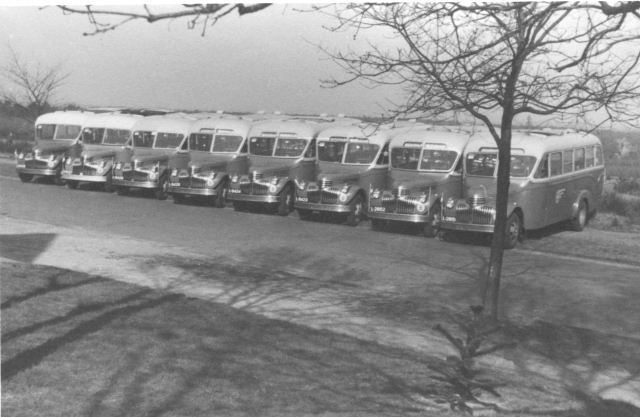 Chevrolet 6702 Den Oudsten serie 1,2,3,4,5,6,7,8
Chevrolet 6702 Den Oudsten serie 1,2,3,4,5,6,7,8

1938 Opel Den Oudsten en Domburg (47 aanv.op proef) 047

1938 Opel Den Oudsten en Domburg (47 aanv.op proef)
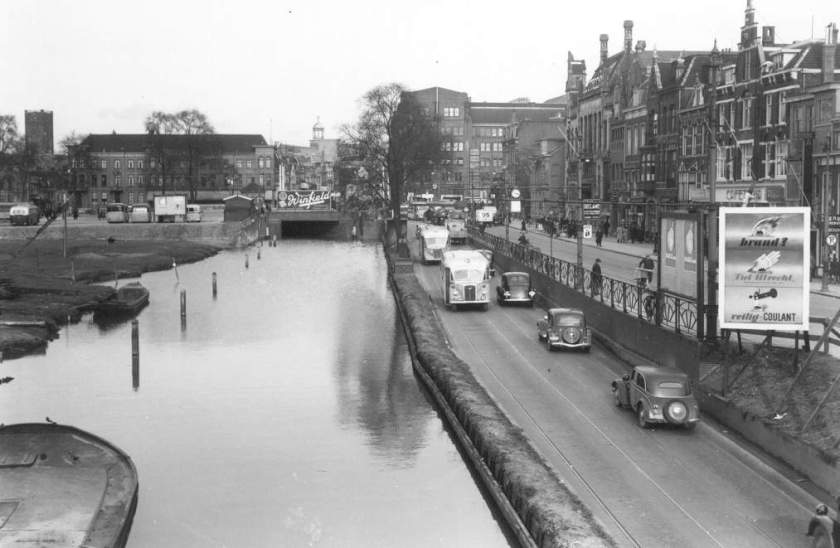
1938 Opel Den Oudsten en Domburg (47 aanv.op proef)

1948 Kromhout nr. 20 (1) met carrosserie van Domburg en Den Oudsten.

1951 Volvo carrosserie Den Oudsten, NB-95-37 Volvo carrosserie Hoogeveen 1952 NB-95-53
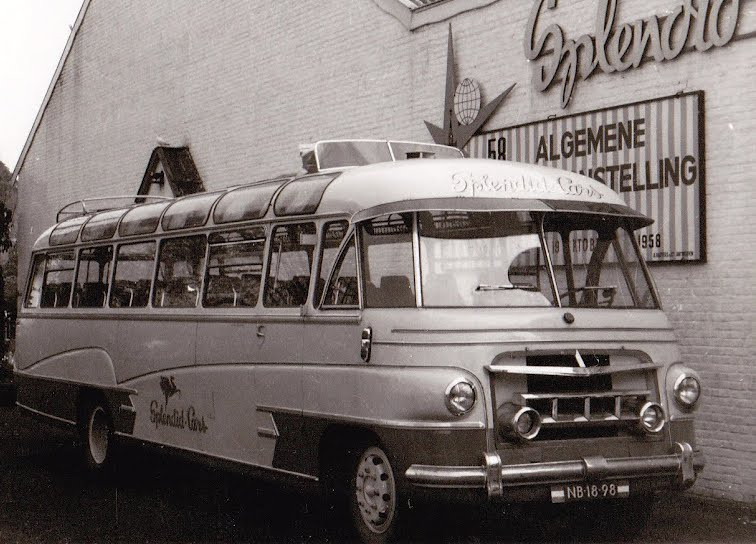
1952 DAF carr. Den Oudsten NB-18-98

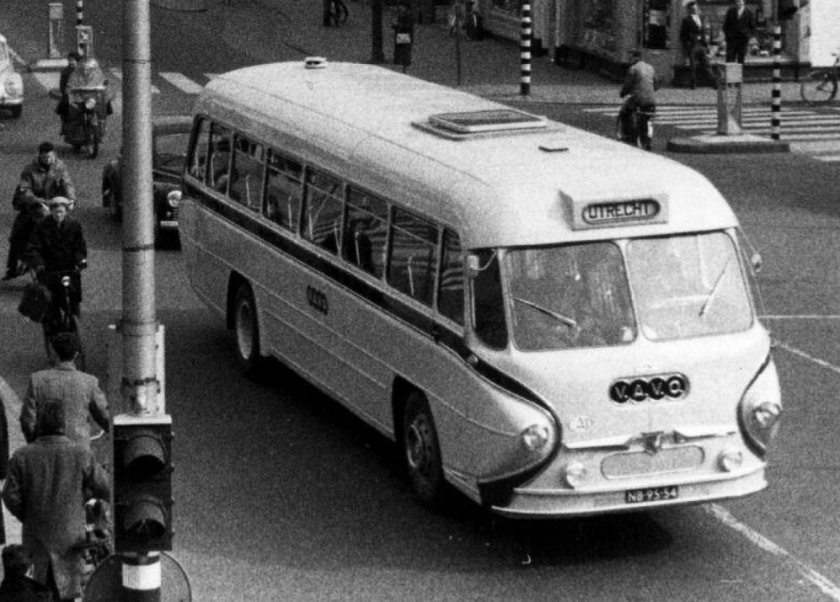
1952 Leyland Den Oudsten NB-95-54
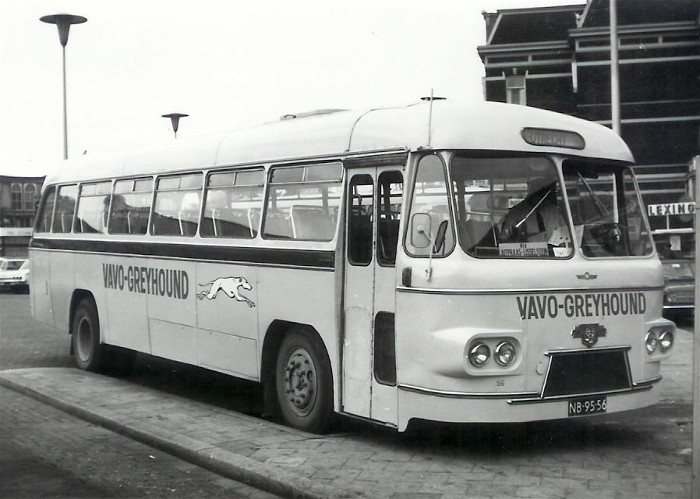
1952 Leyland RT LOPSU 1-1 carrosserie Den Oudsten NB-95-56
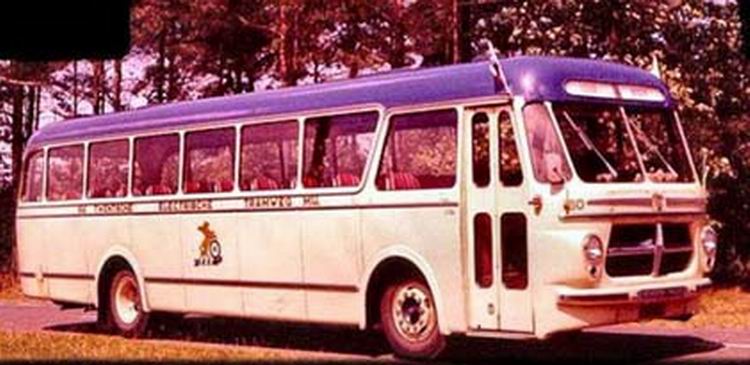
1952 Scania Vabis Den Oudsten Tet 018

1953 Leyland Tiger carr. Den Oudsten NB-75-22
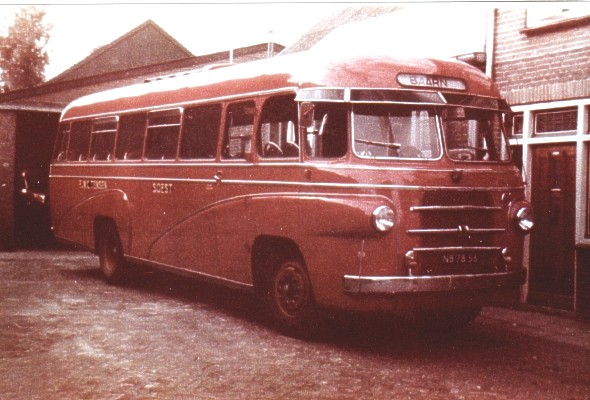
1953 Volvo Den Oudsten bus 38
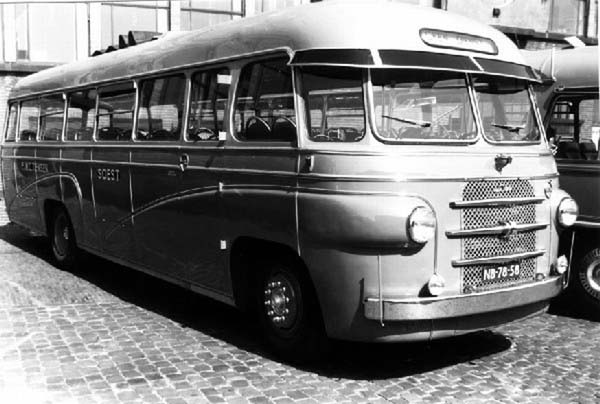
1953 Volvo Den Oudsten Diesel bus 30
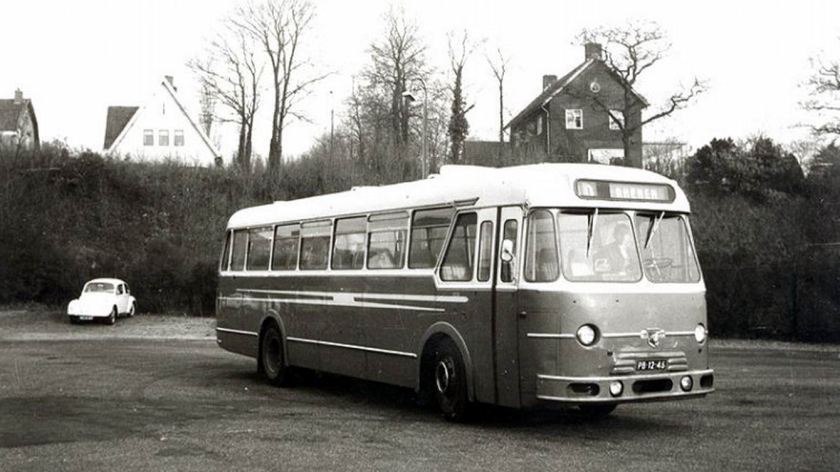
1954 Leyland Den Oudsten
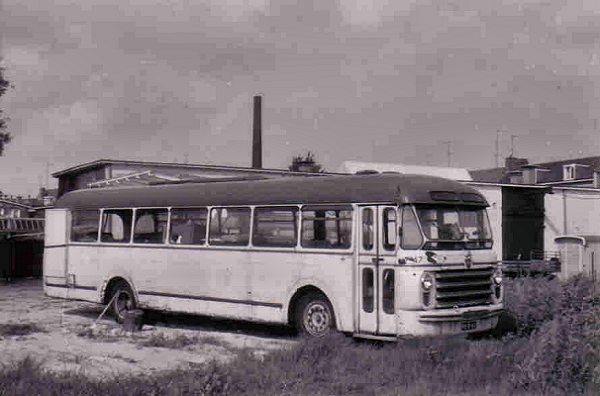
1954 Scania-Vabis 47 met carrosserie van Den Oudsten Bouwjaar 1954. verkocht aan de Gemeente Enschede. Opname 26 juni 19..
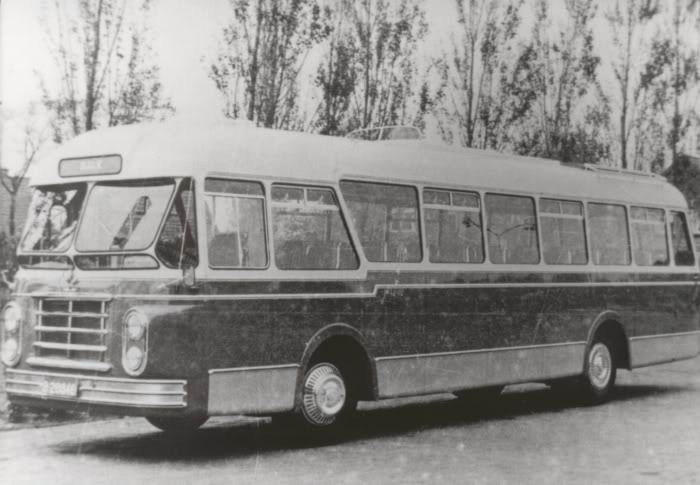
1955 Scania Vabis Den Oudsten Woerden
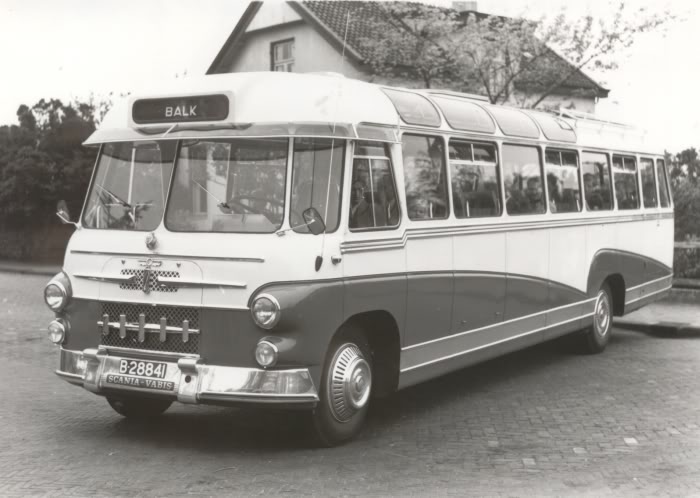
1955 Scania Vabis met Den Oudsten carrosserie. ZWH, nr.15.
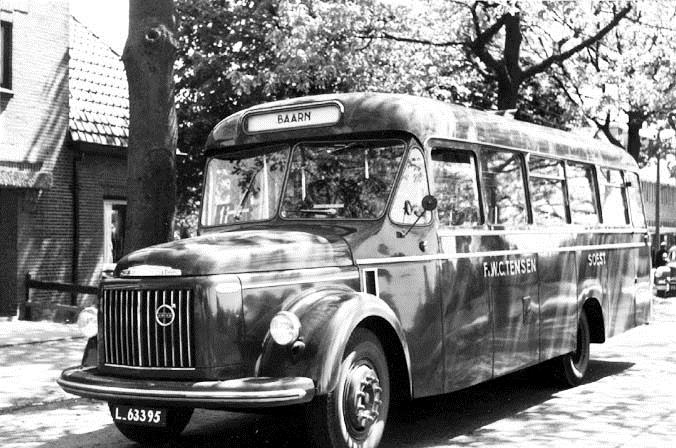
1955 Volvo Den Oudsten Neusbus Tensen lijnbus 22 Soest

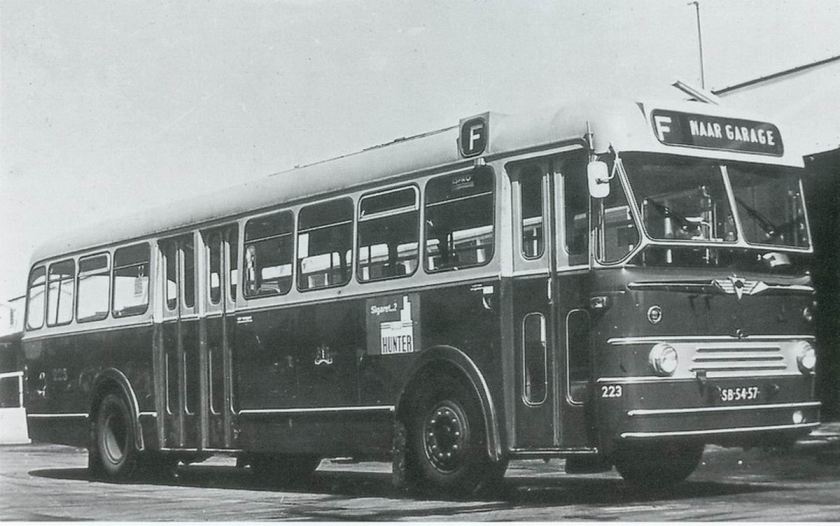
1956 AEC – Den Oudsten en zn, Woerden
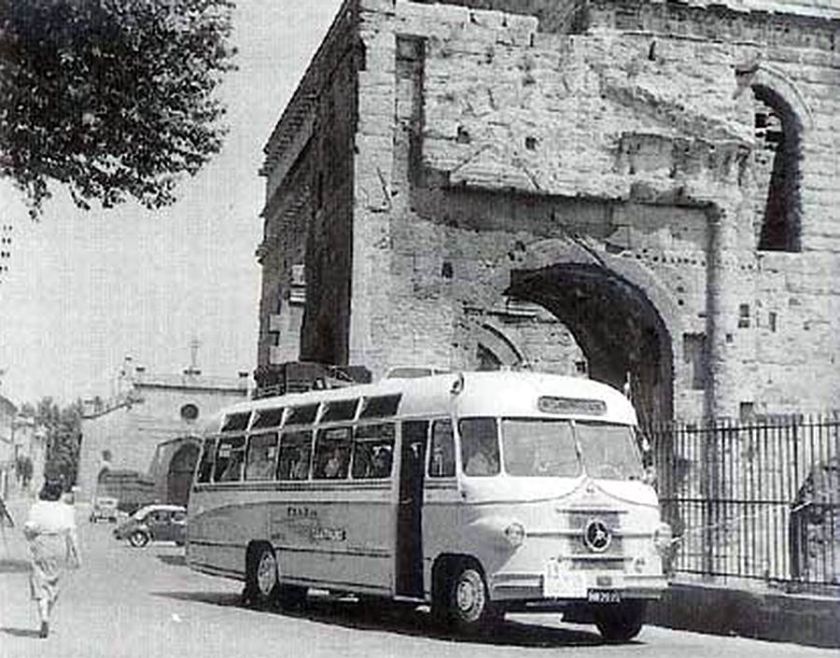
1956 Daf Den Oudstenbus VSL056

1956 Scania-Vabus nr. 57 met carrosserie van Den Oudsten. Opname 1956 als tourwagen onderweg
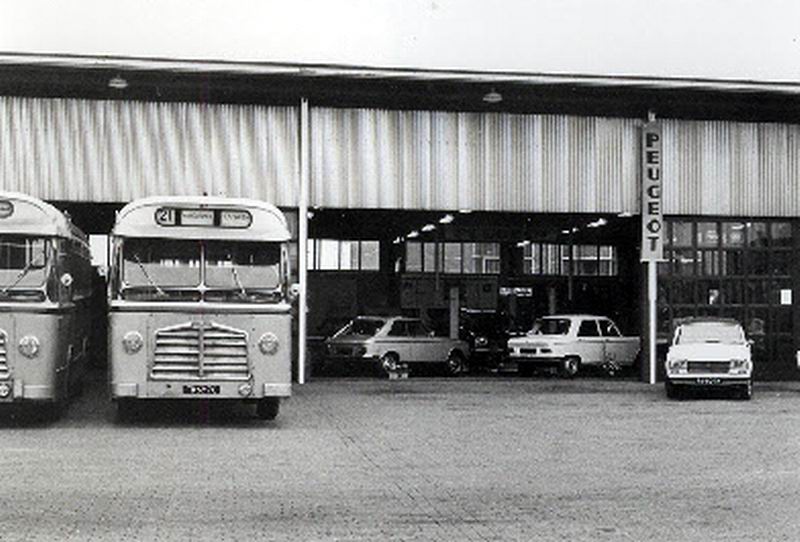
1960 DAF TB160 DAF DD520 carr Den Oudsten LADO 31
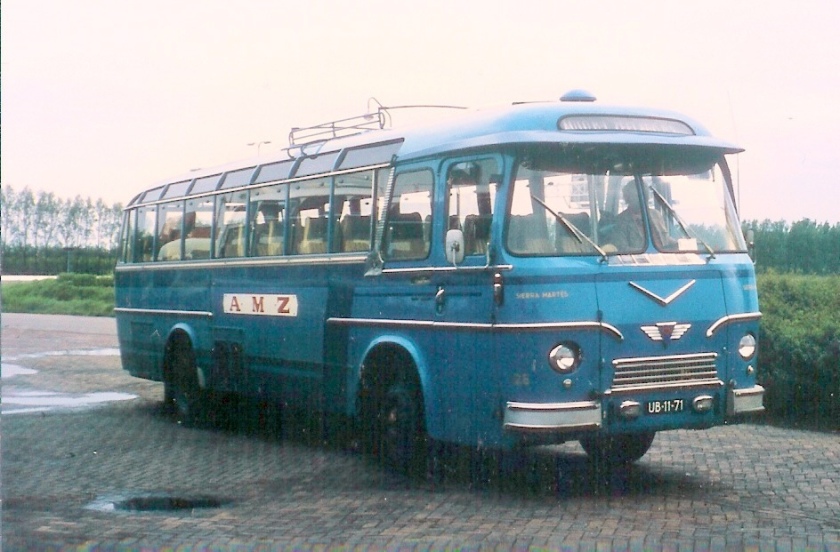
1961 AEC carr. Den Oudsten
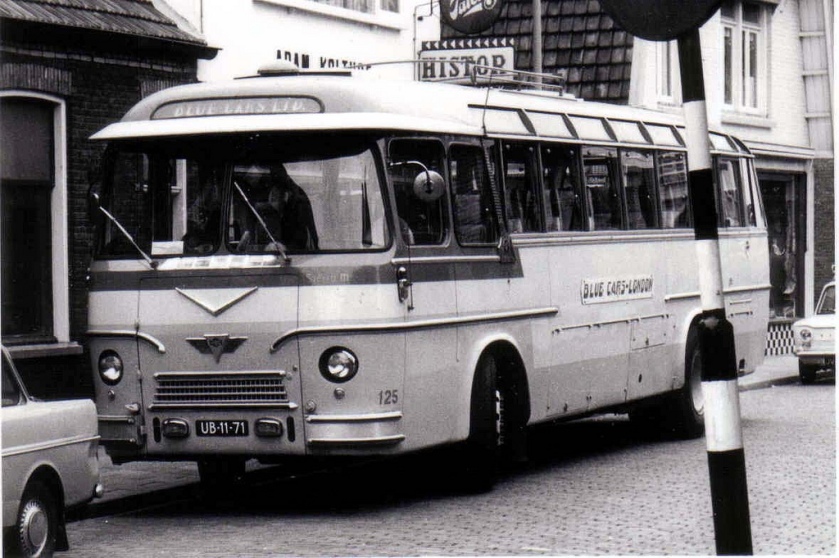
1961 AEC carr. Den Oudsten
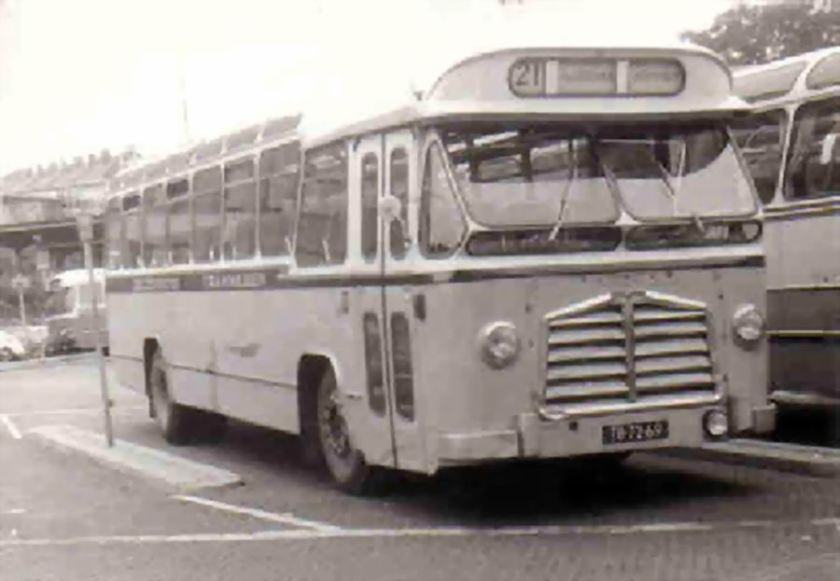
1961 DAF TB160 DAF DD520 carr Den Oudsten nr 11

1961 DAF TB160 DAF DD520 carr Den Oudsten nr 12
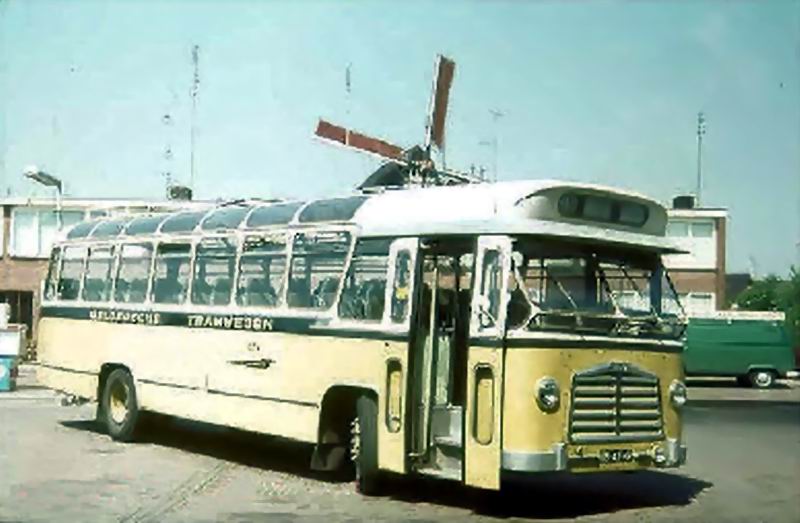
1961 DAF TB160 DAF DD530 carr Den oudsten LADO 32
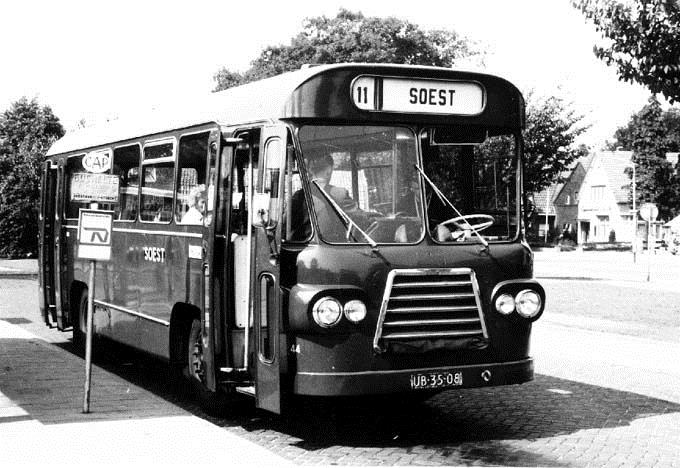
1961 Volvo Den Oudsten lijnbus 44 instap voor de vooras Diesel
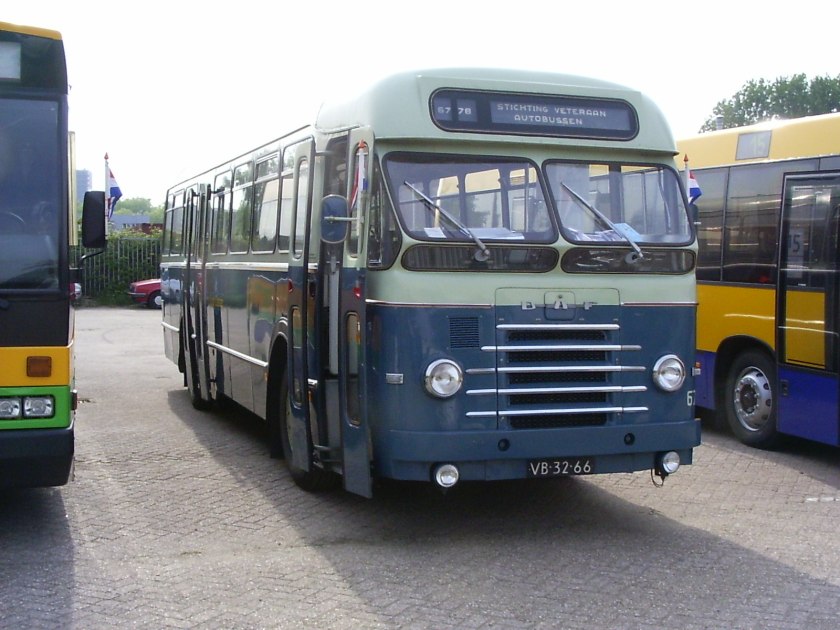
1962 Daf Den Oudsten Zuidooster bus 6778
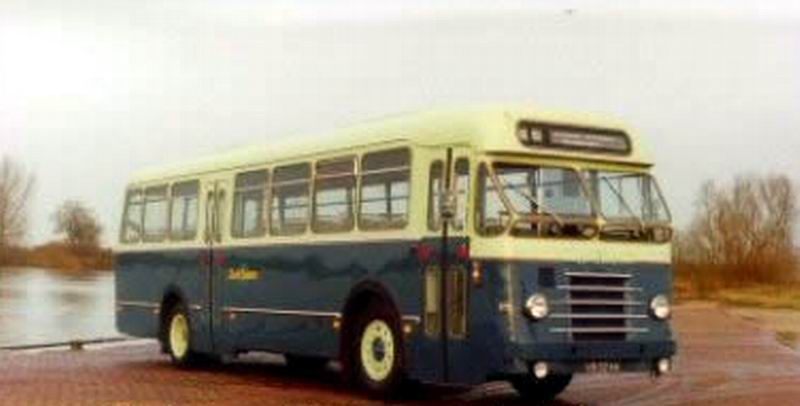
1962 DAF, TB102DD520 Den Oudsten

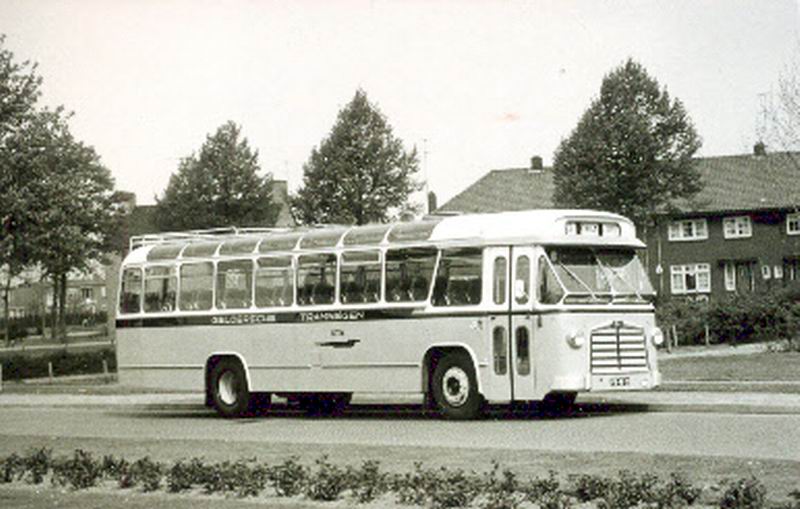
1963 DAF TB160DD530 DD575120pk carr Den Oudsten GTW155

1963 Leyland Den Oudstenbus De duikboot
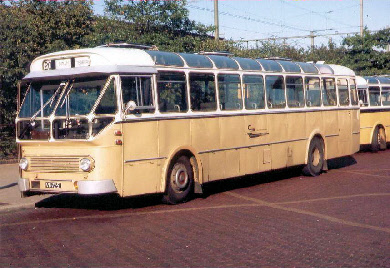
1963 Leyland LERT 2-1 0.680 170pk carr Den Oudsten GTW 490
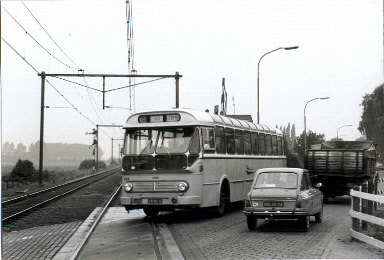
1963 Leyland LERT 2-1 0.680 170pk carr Den Oudsten GTW 495

1963 Leyland LERT 2-1 0.680 179pk carr Den Oudsten GTW 404
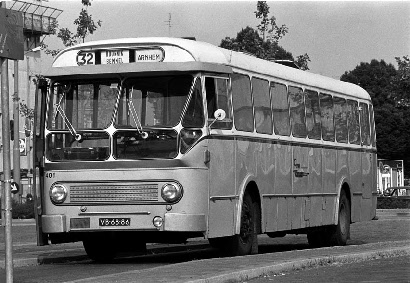
1963 Leyland LERT 2-1 0.680 179pk carr Den Oudsten GTW 401
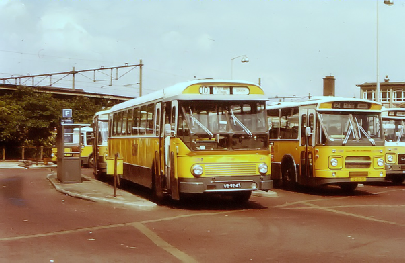
1963 Leyland LERT 2-1 0.680 179pk carr Den Oudsten GTW 411
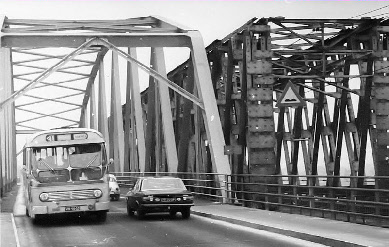
1963 Leyland LERT 2-1 0.680 179pk carr Den Oudsten GTW 420
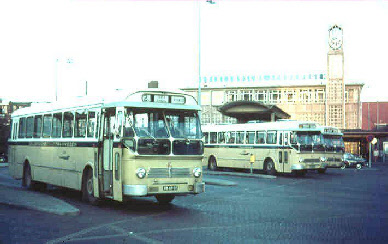
1964 Leyland LERT 2-1 0.680 170pk carr Den Oudsten GTW 421 Arnhem

1964 Leyland LERT 2-1 0.680 170pk carr Den Oudsten GTW 485
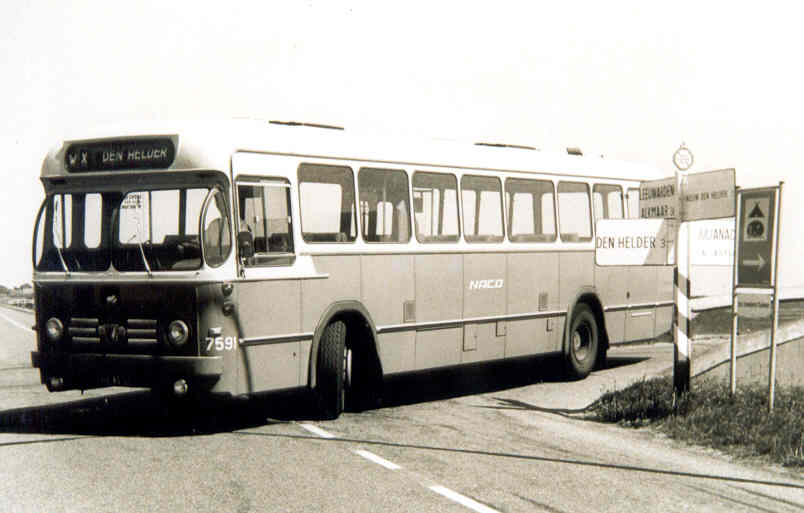
1966 Leyland Den Oudsten » 7591 NACO 7500
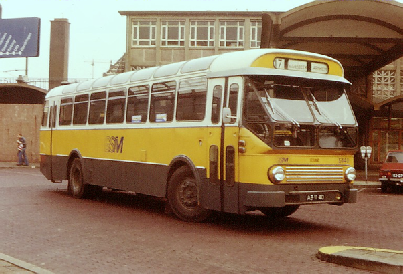
1966 Leyland LERT 2-1 0.680 170pk carr Den Oudsten GTW 476
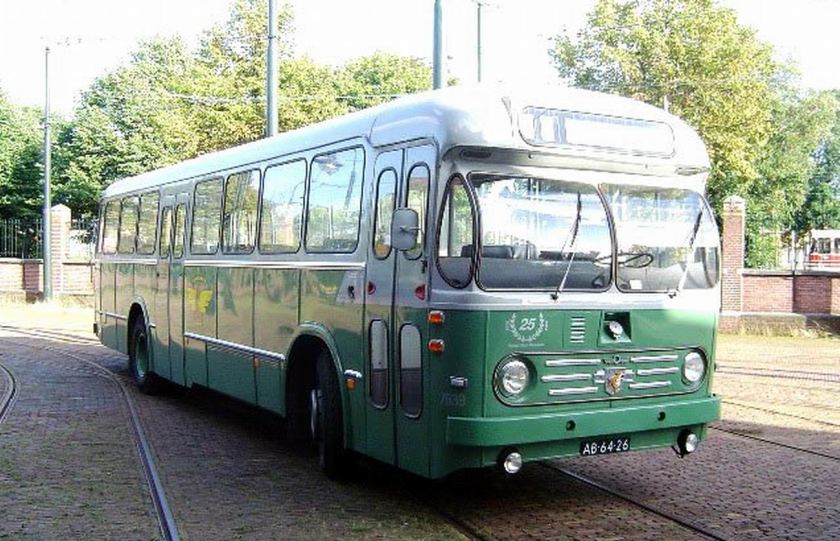
1967 Leyland DEN OUDSTEN AB

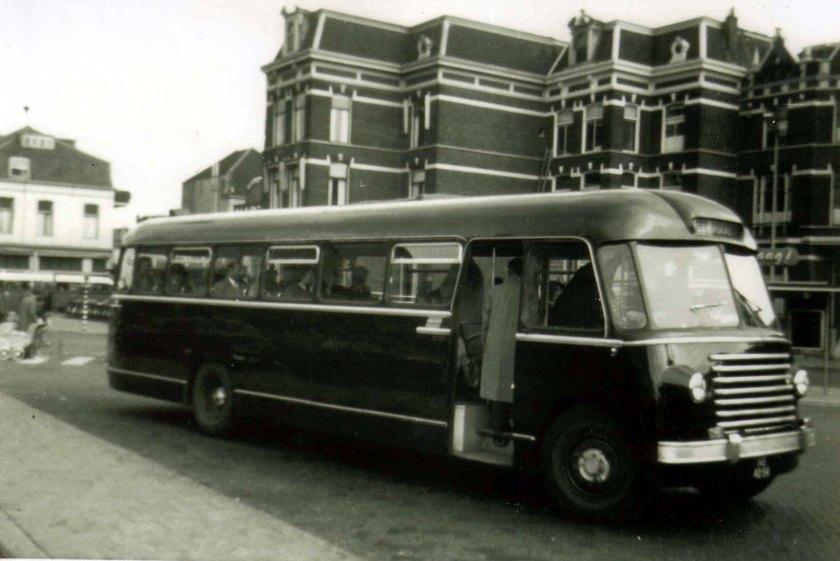
1969 De Haas 22 2e carr DAF Den Oudsten

1970 DAF DEN OUDSTEN + MB200 Den Oudsten.
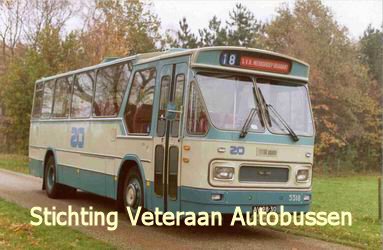
1970 Leyland, LOK Den Oudsten
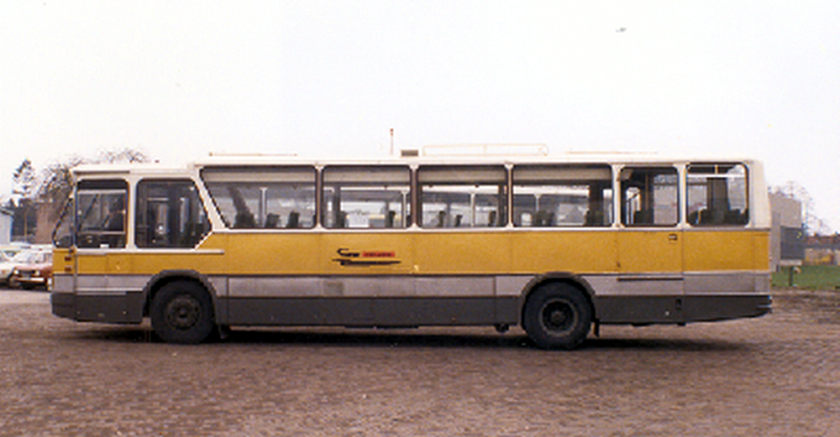
1971 DAF MB200 DKDL 600 Den Oudsten
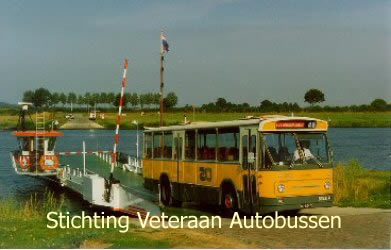
1971 Leyland, LOK Den Oudsten
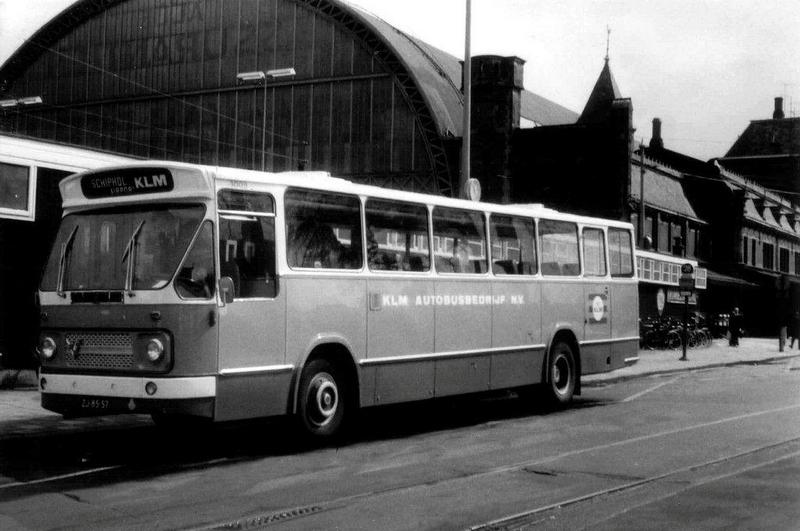
1972 Leyland den Oudsten KLM

1974 DAF, MB200 DKDL600 Den Oudsten Arnhem
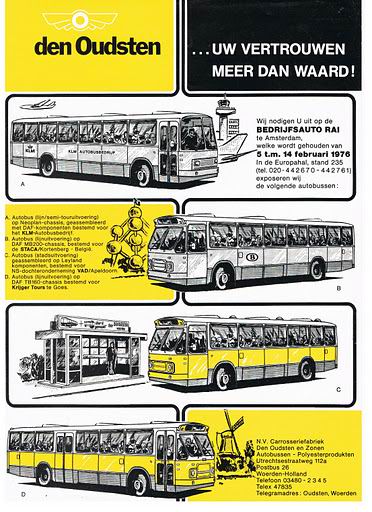
1976 DEN OUDSTEN
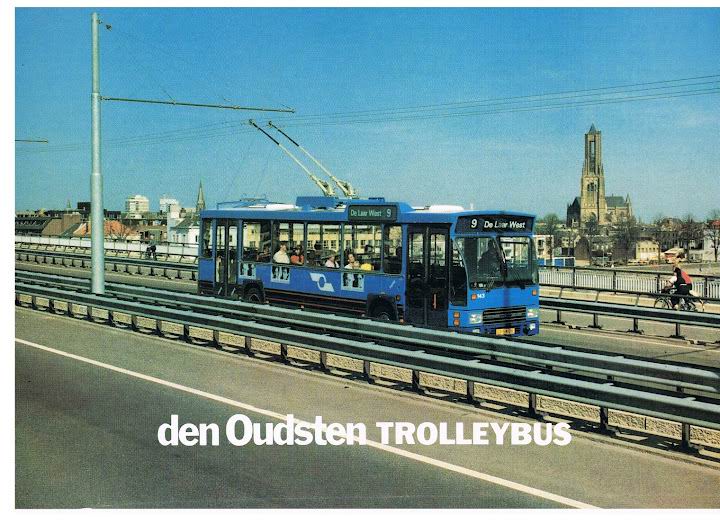
1979 DEN OUDSTEN (7) B79T-KM560 GVA Arnhem
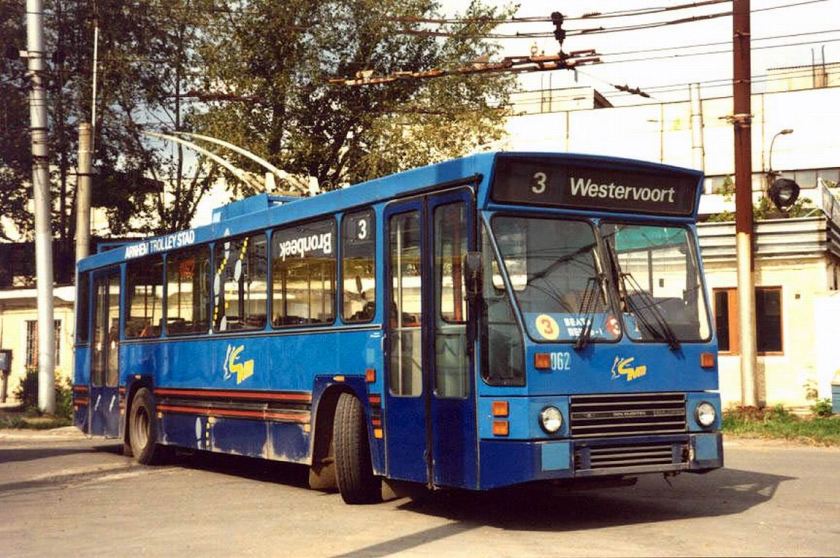
1979 DEN OUDSTEN Trolleybus B79T-K560
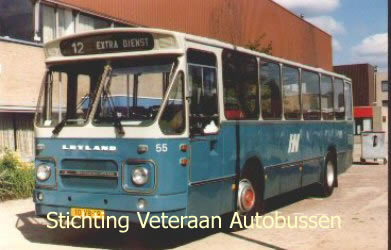
1979 Leyland, LVB668 Den Oudsten

1980 DAF, MB200, DKDL600 Den Oudsten
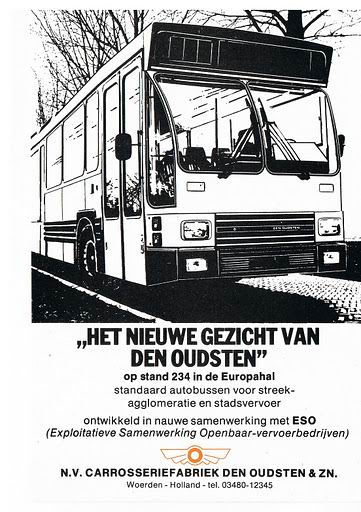
1980 DEN OUDSTEN

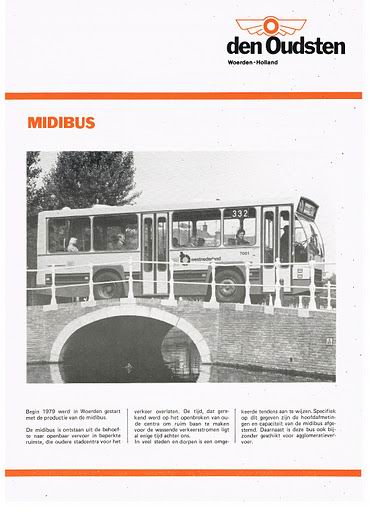
1980 DEN OUDSTEN (9) B79-M380
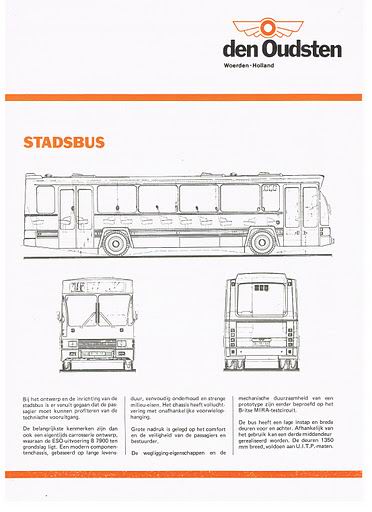
1980 DEN OUDSTEN (10) B79-D560A
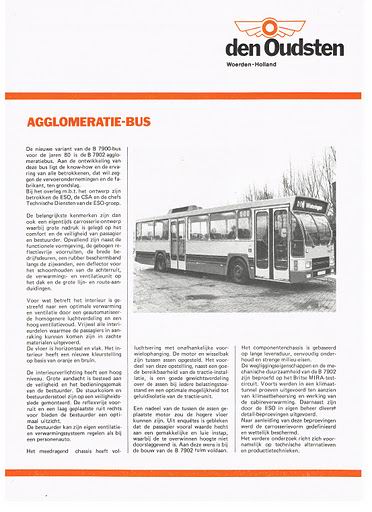
1980 DEN OUDSTEN (11) B79-D560
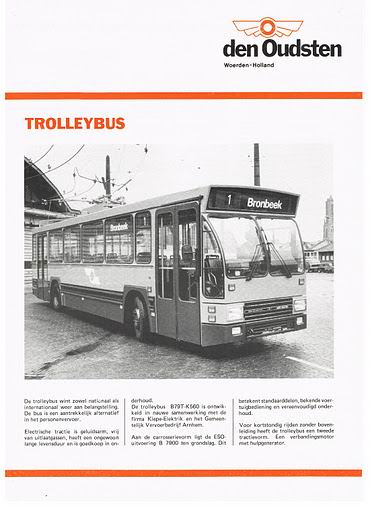
1980 DEN OUDSTEN (12) B79T-K560
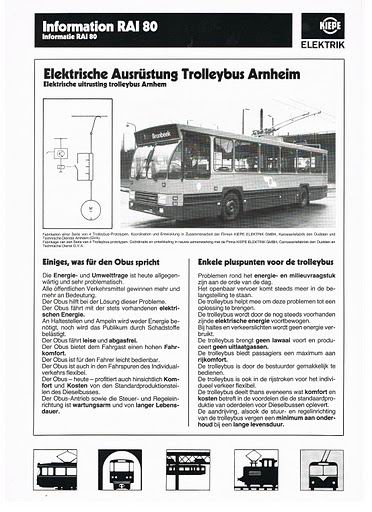
1980 DEN OUDSTEN (13) B79T-K560 Kiepe
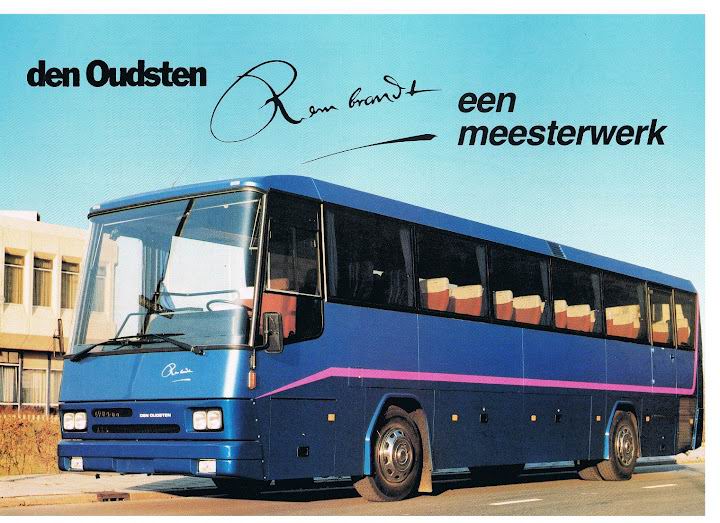
1982 DEN OUDSTEN (4) Rembrandt
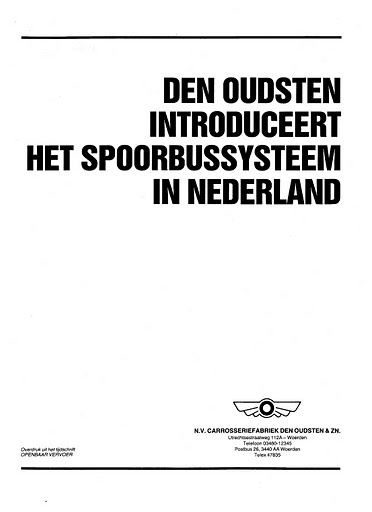
1982 DEN OUDSTEN
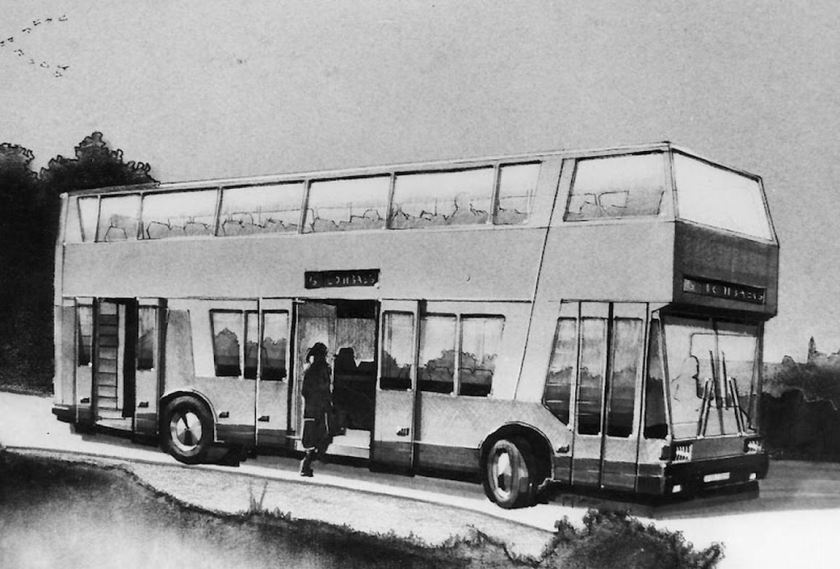
1983 Den oudsten Dubbel Dekker 80ér jaren
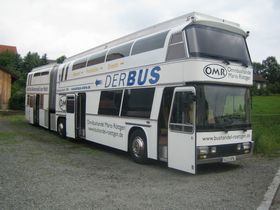
1974 Leyland-Den Oudsten
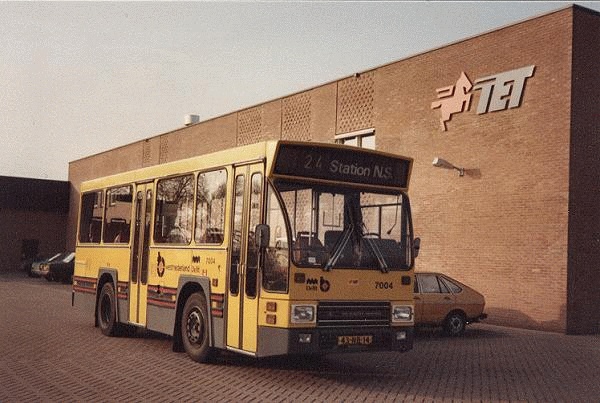
1984 Den Oudsten Mercedes 7004
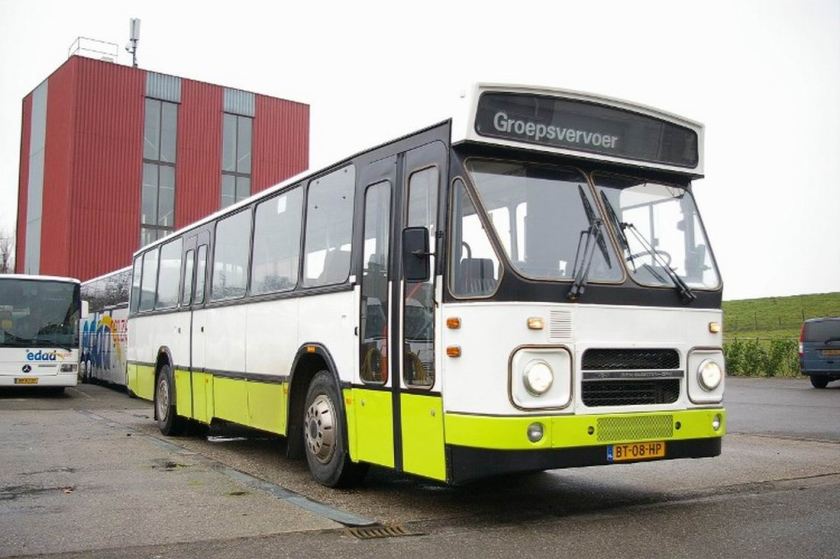
1986 Den Oudsten DAF Ned
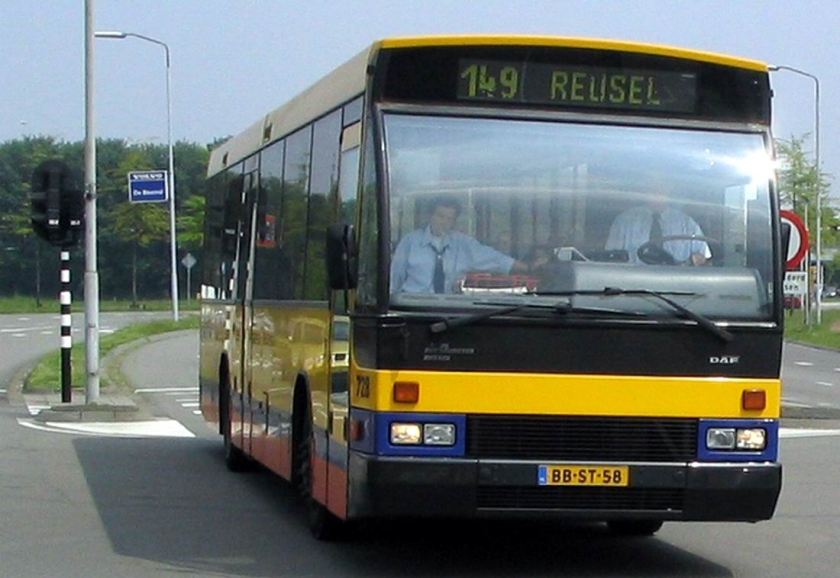
1988 DAF Den Oudsten B88 BBAbus

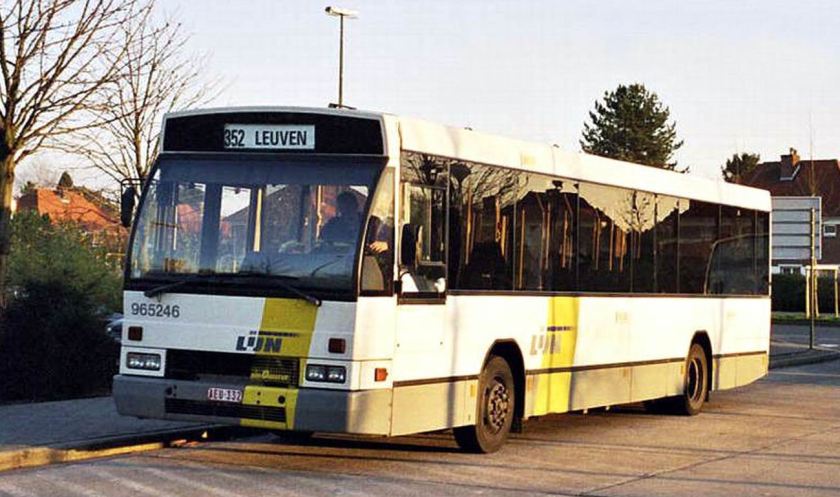
1988 DEN OUDSTEN B88

1988 DEN OUDSTEN B88
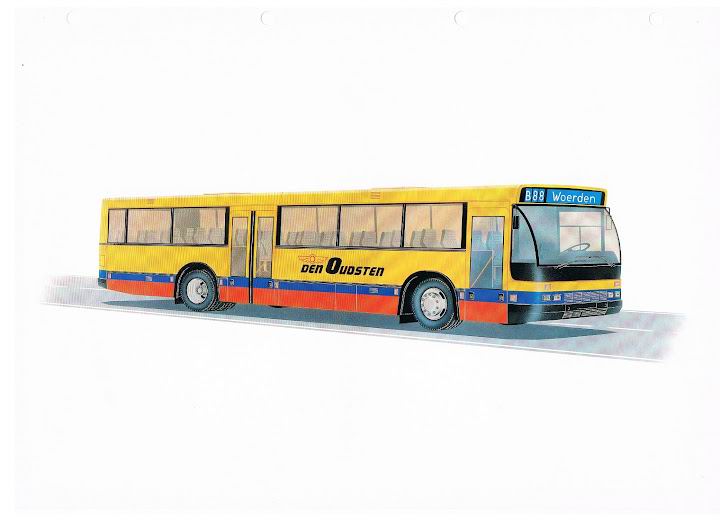
1988 DEN OUDSTEN B88-HF615 Type 88K

1988 Den Oudsten DAF SGB 22
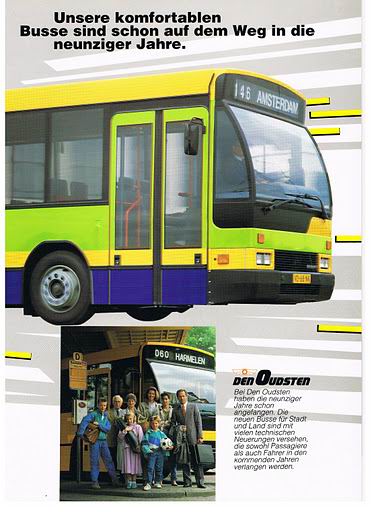
1988 DEN OUDSTEN Immage B88
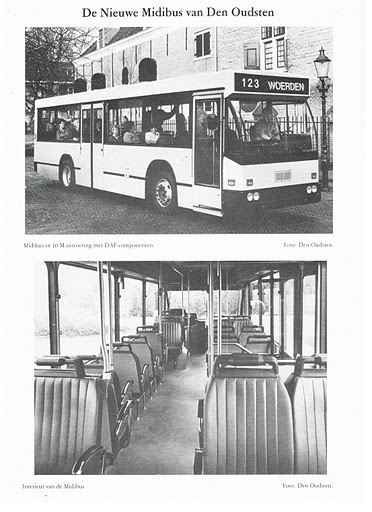
1988 DEN OUDSTEN Midibus
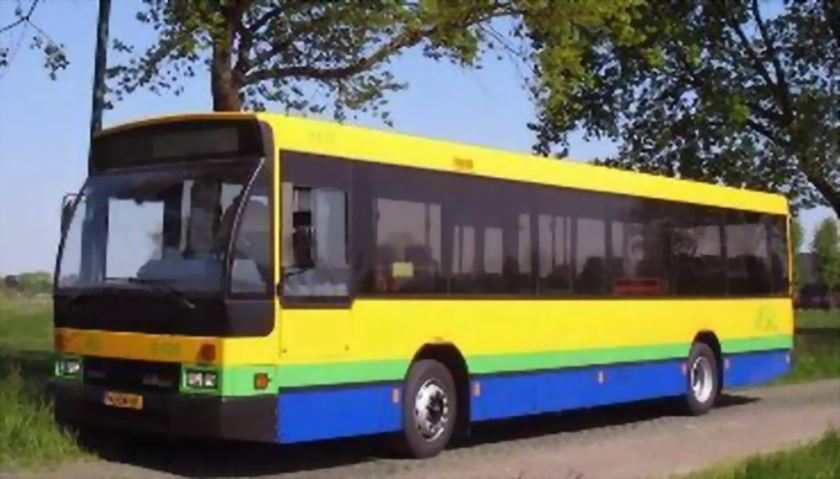
1989 DAF, MBG200 Den Oudsten (B88)
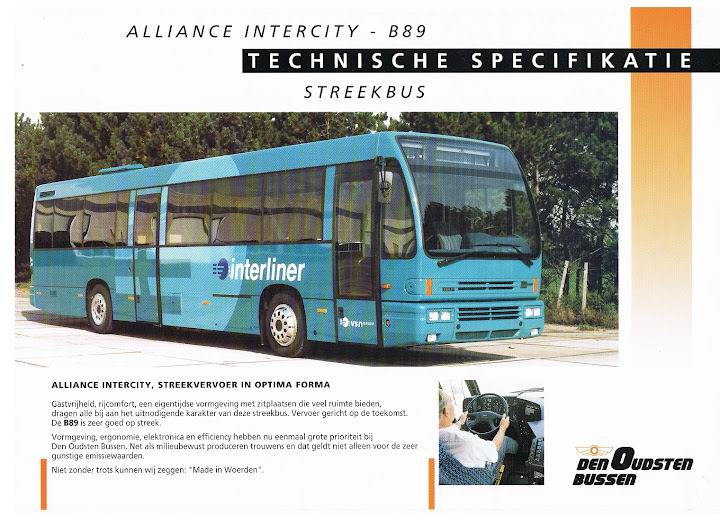
1989 DEN OUDSTEN Alliance B89
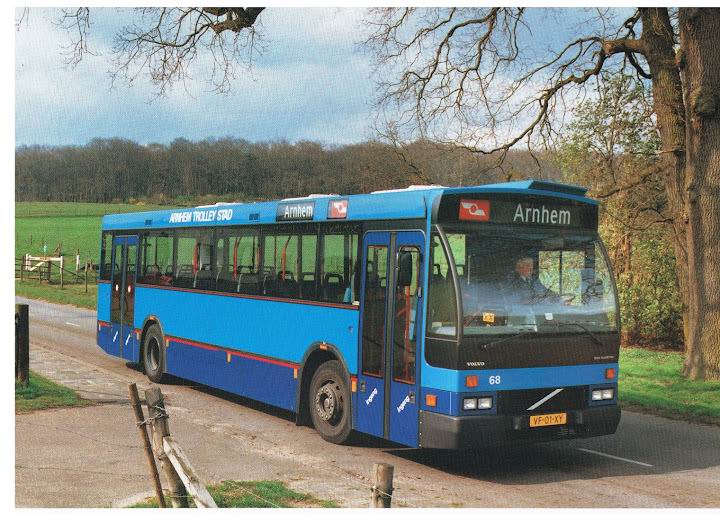
1989 DEN OUDSTEN B88-MF580


1989 DEN OUDSTEN Immage
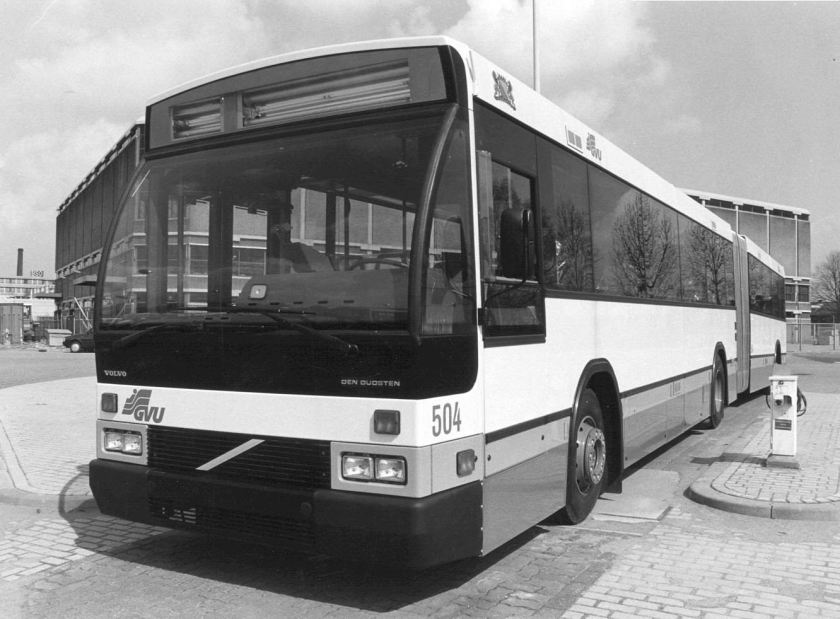
1989 Volvo DEN OUDSTEN

1990 DEN OUDSTEN Alliance City B90-LF620
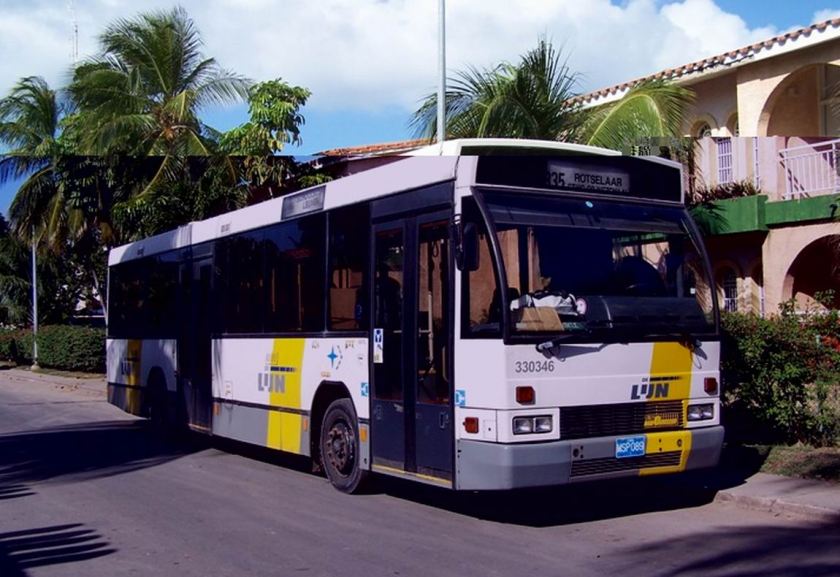
1990 Den Oudsten B88 België
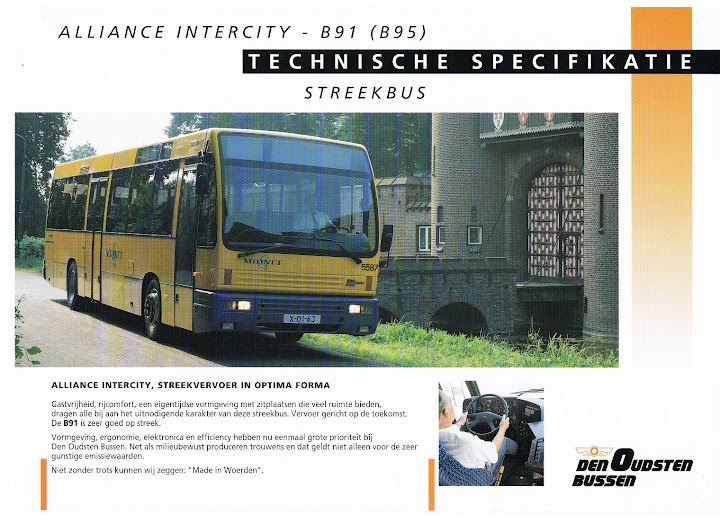
1991 DEN OUDSTEN Alliance B91 (B95)

1992 DEN OUDSTEN Alliance B89-MF575
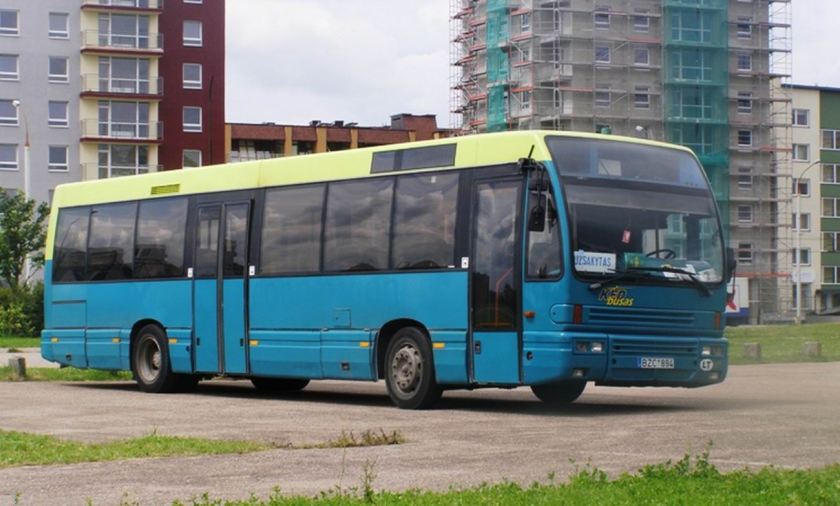
1993 DAF Den Oudsten Alliance Litouwen

1993 DEN OUDSTEN Alliance City B93

1993 DEN OUDSTEN B93 Gelede
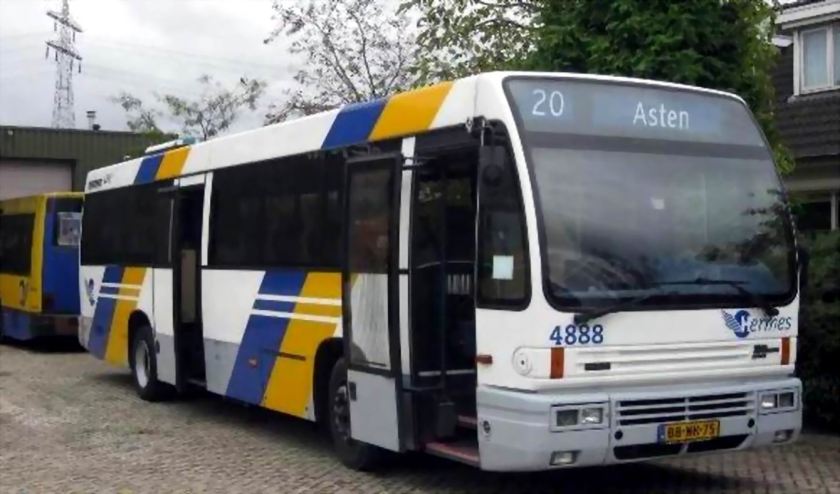
1994 DAF SB220 02LT575 Den Oudsten B89 Alliance

1995 DEN OUDSTEN B95 ALLIANCE INTERCITY

1995 DEN OUDSTEN VIKING 13 7m
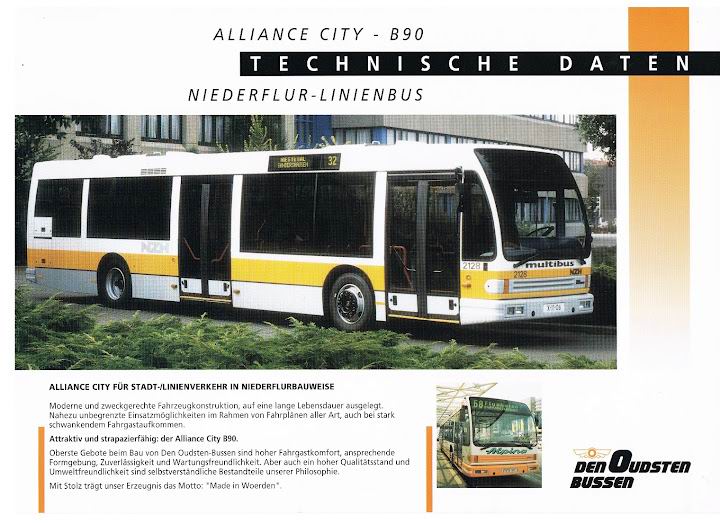
1996 DEN OUDSTEN Alliance B90

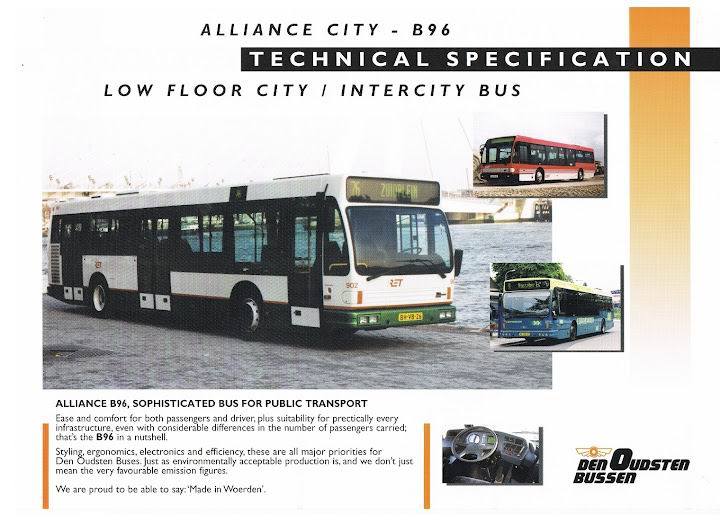
1996 DEN OUDSTEN Alliance B96
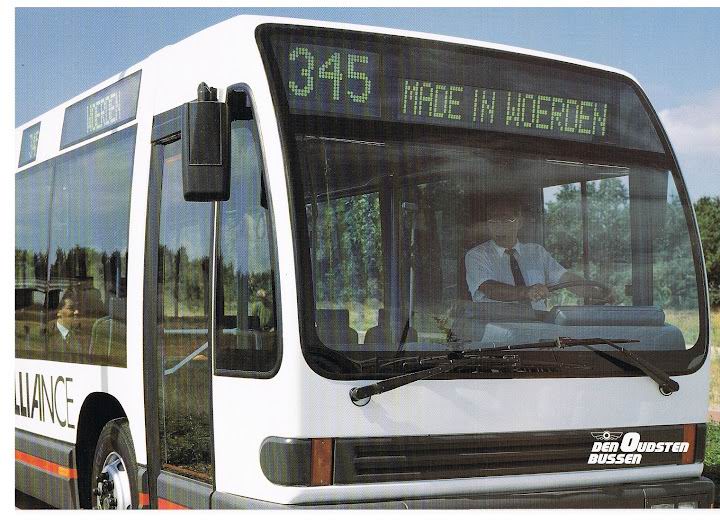
1996 DEN OUDSTEN Alliance
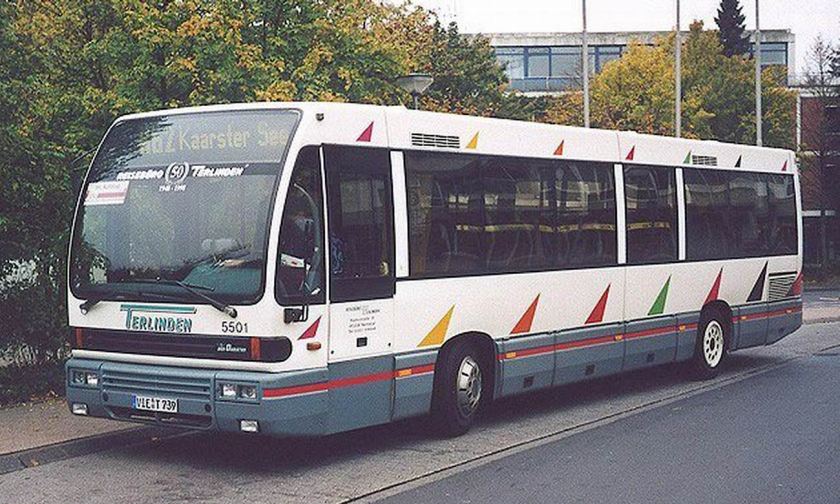
1996 DEN OUDSTEN B96 ALLIANCE CITY
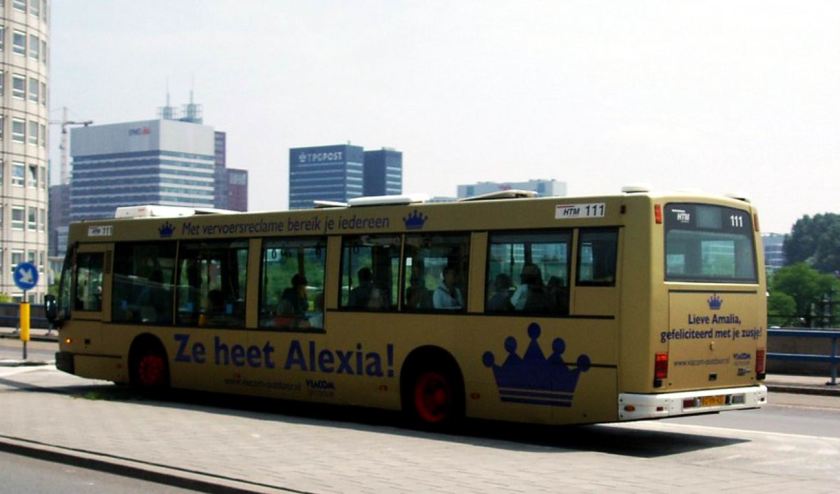
1996 Den Oudsten B96 DL595 – DAF 111 Alexia
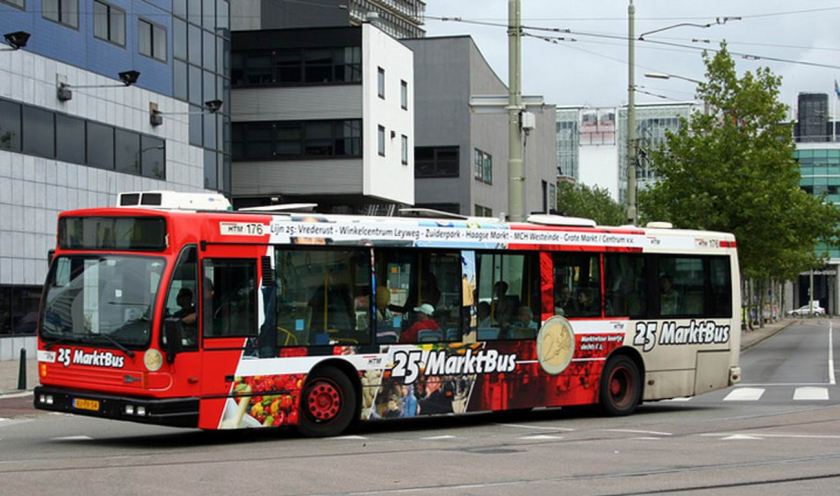
1996 Den Oudsten B96 DL595 – DAF 176-marktbus
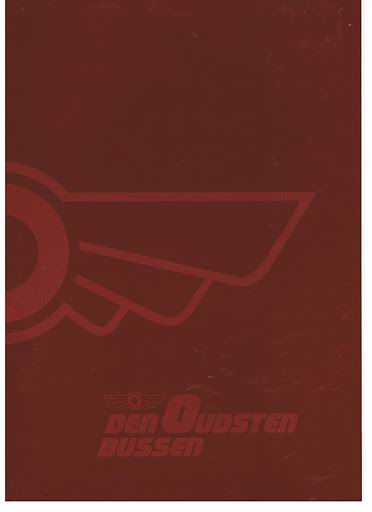
1996 DEN OUDSTEN Immage
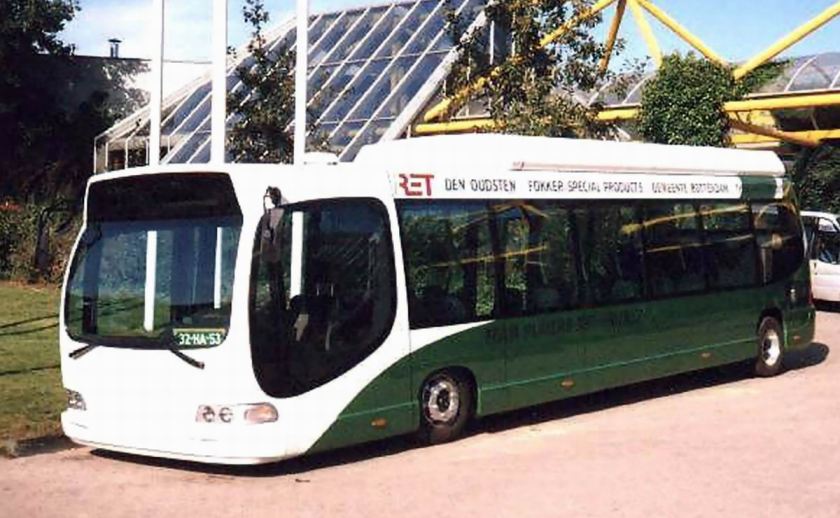
1997 DEN OUDSTEN Fokker PROTOTYPE X97
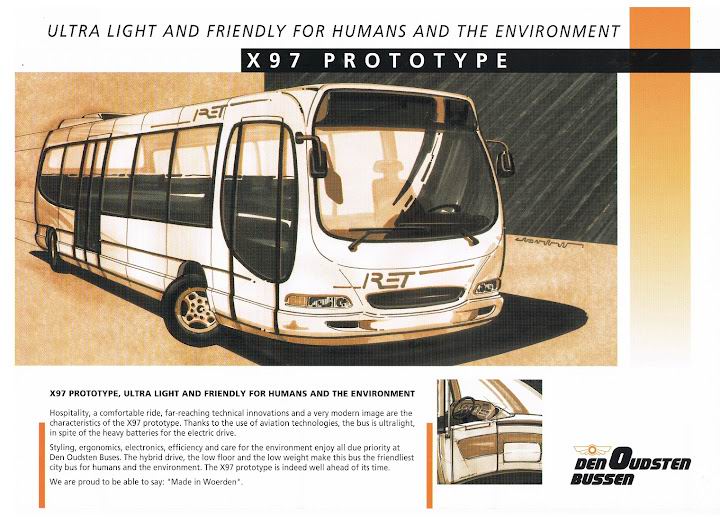
1997 DEN OUDSTEN X97 PROTOTYPE
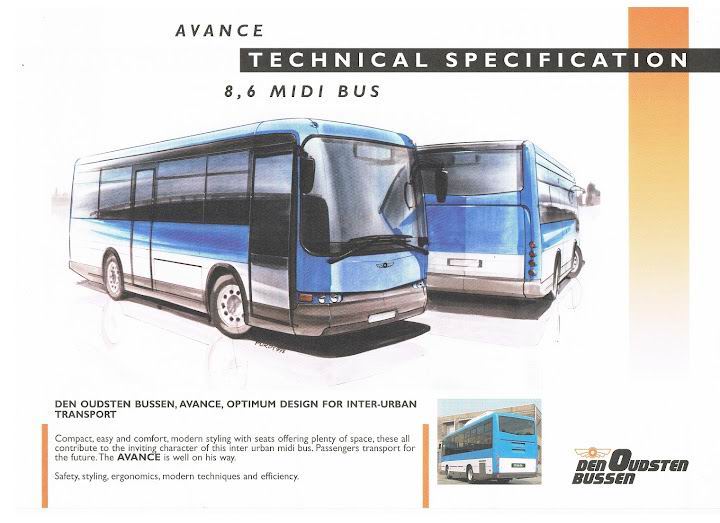
1998 DEN OUDSTEN AVANCE
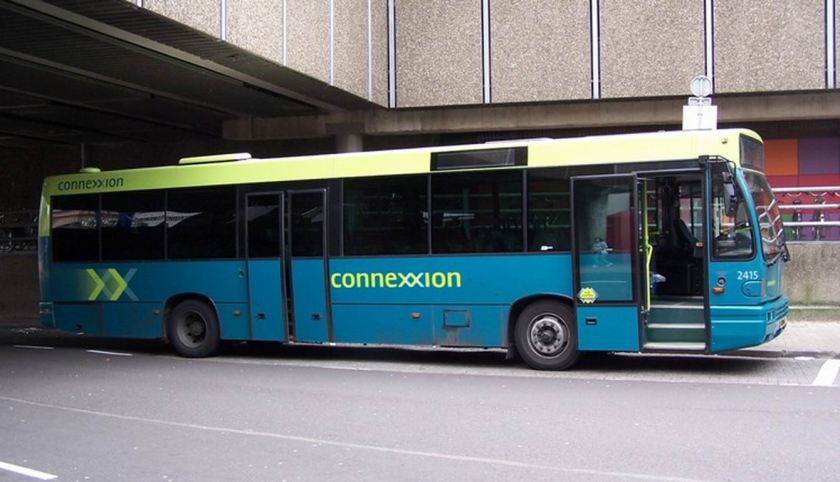
1999 DAF Den Oudsten Alliance B95 Ned

1999 DEN OUDSTEN Alliance B95 Intercity
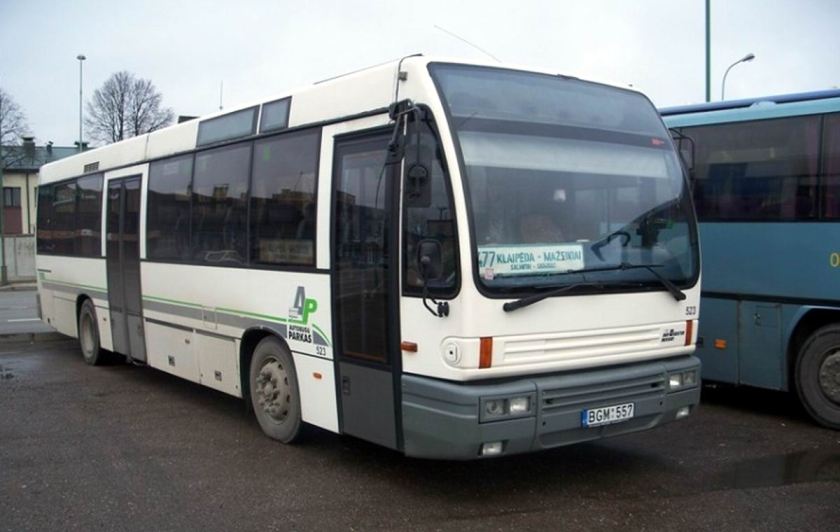
2000 Den Oudsten Alliance Intercity 2000 Litouwen

2001 DAF-Den Oudsten Alliance City B96′s SVD121
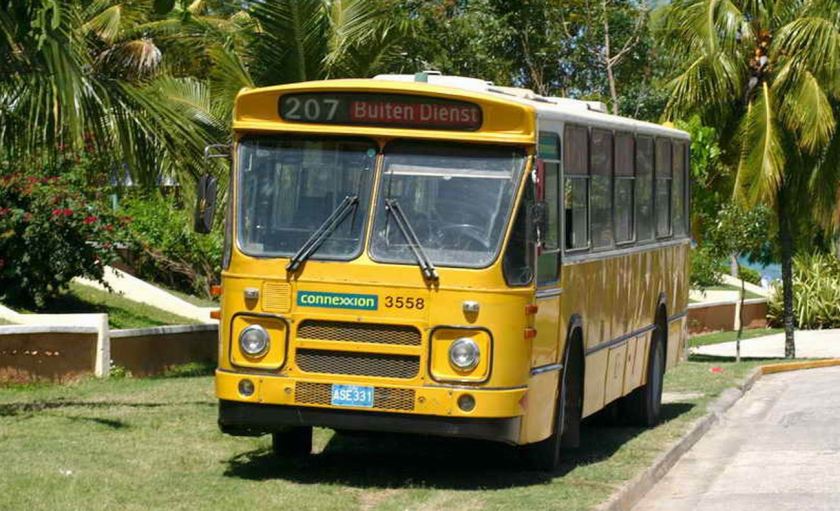
2008 Daf Den Oudsten Cuba
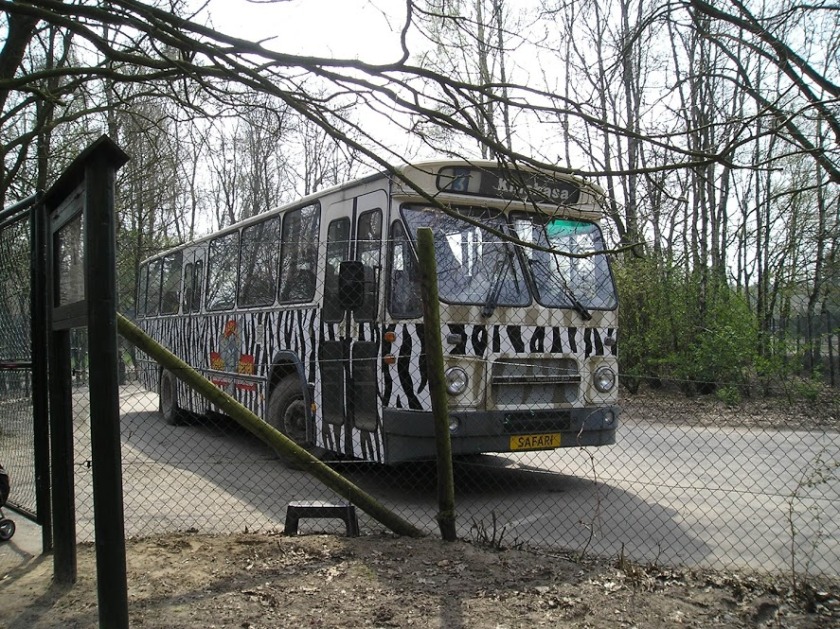
Beekse Bergen 3-rts Hilvarenbeek
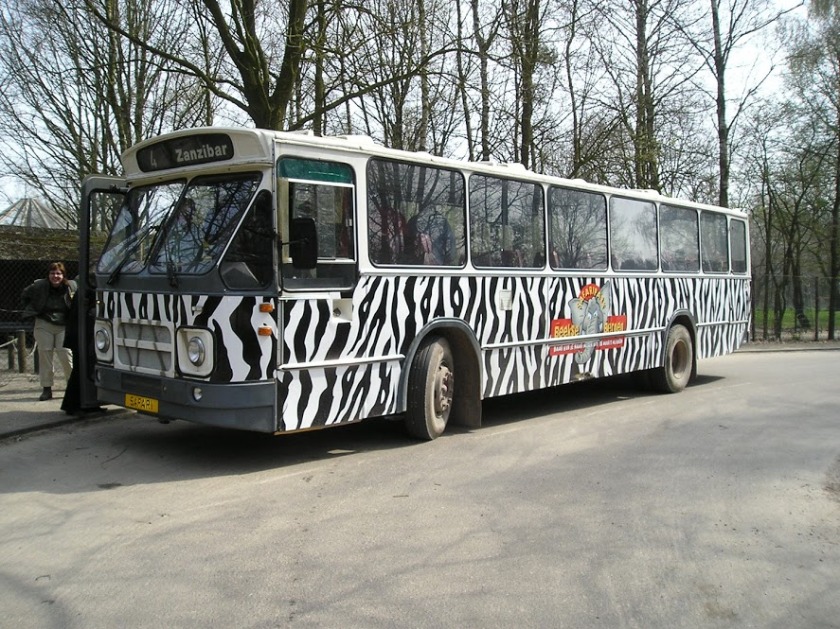
Beekse Bergen 4-lks Hilvarenbeek
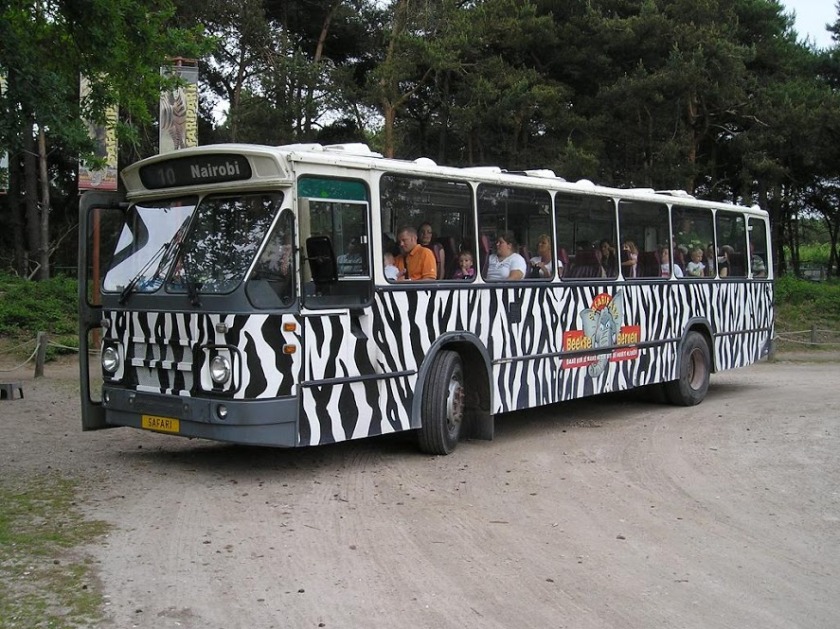
Beekse Bergen 10-Nairobi Hilvarenbeek
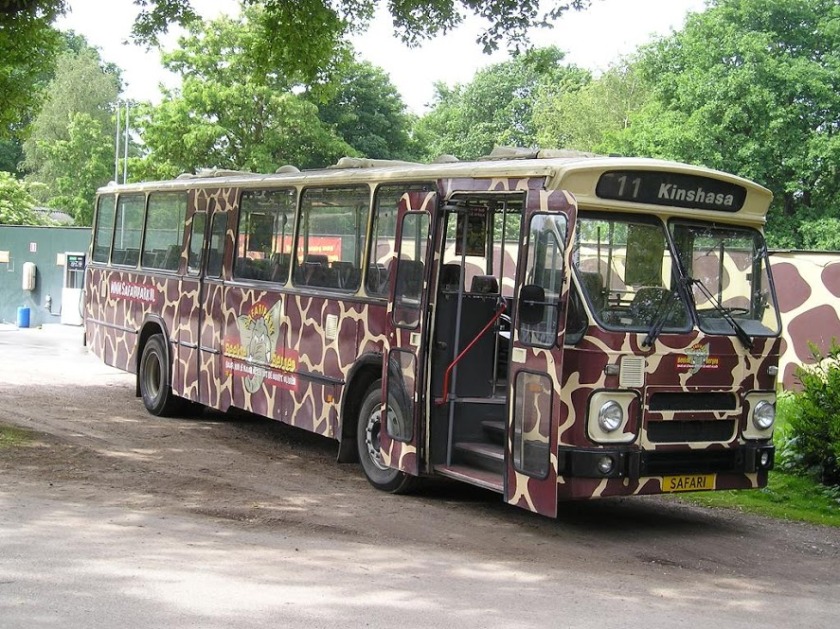
Beekse Bergen 11-rts-Kinshasa Hilvarenbeek
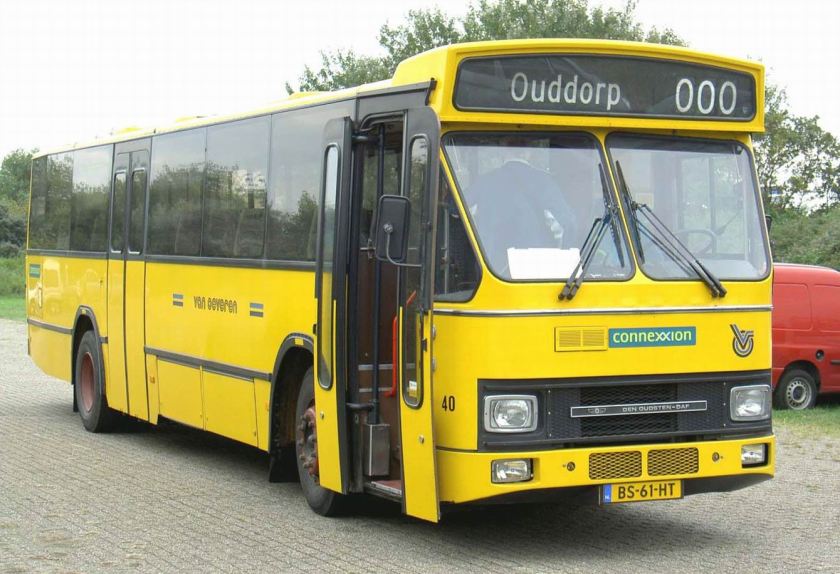
DAF DEN OUDsten van Oeveren
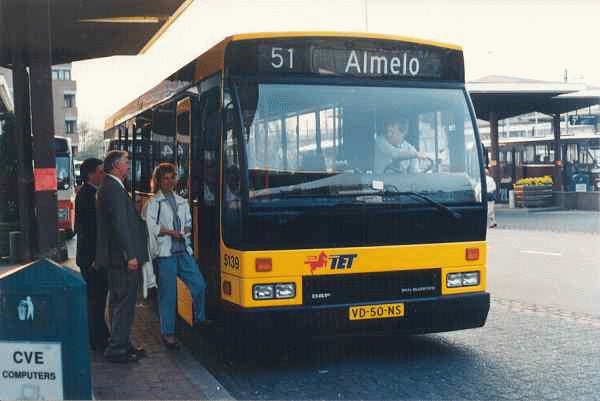
Daf SB 220 nr. 5139 met carrosserie van Den Oudsten

Den Oudsten & Zn v30-31

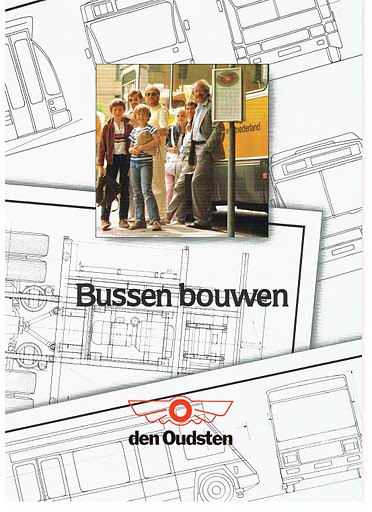
DEN OUDSTEN (1)
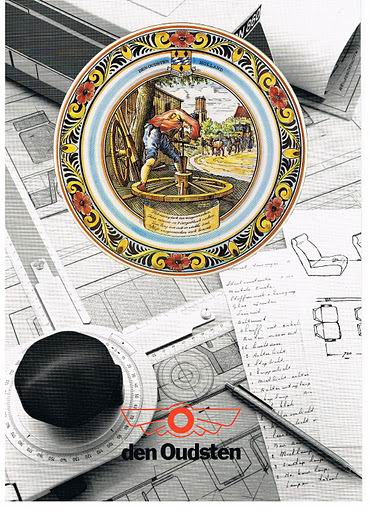
DEN OUDSTEN (2)
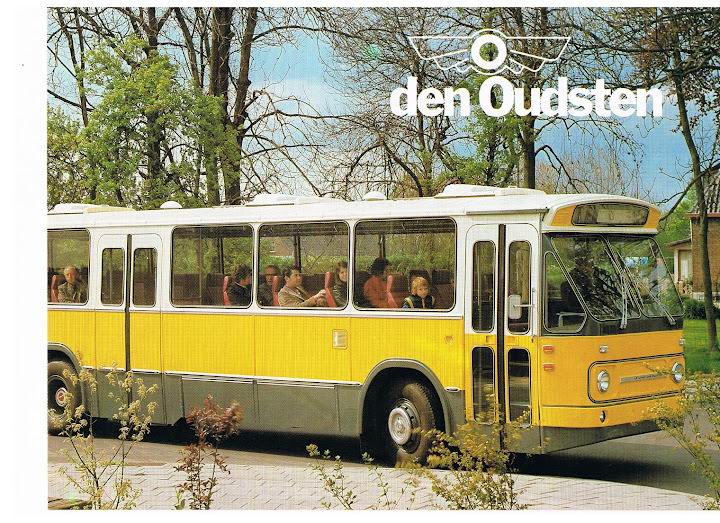
DEN OUDSTEN (3)
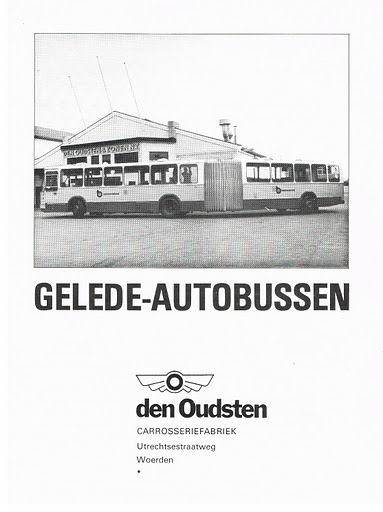
DEN OUDSTEN (3a) Gelede
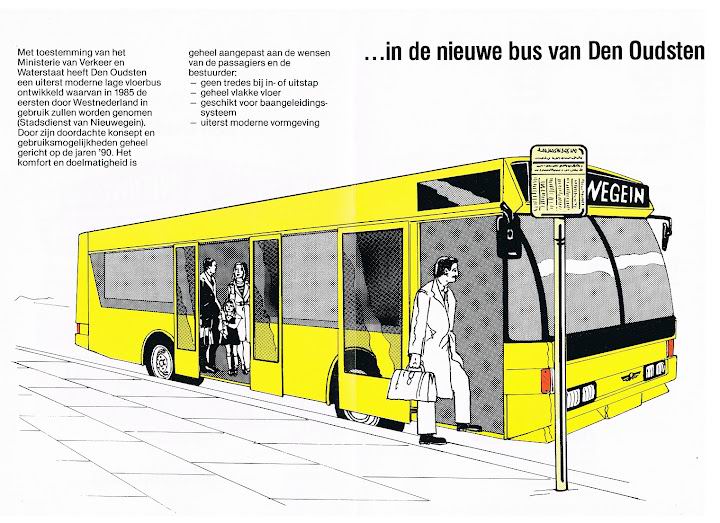
DEN OUDSTEN (6)

DEN OUDSTEN VW LT
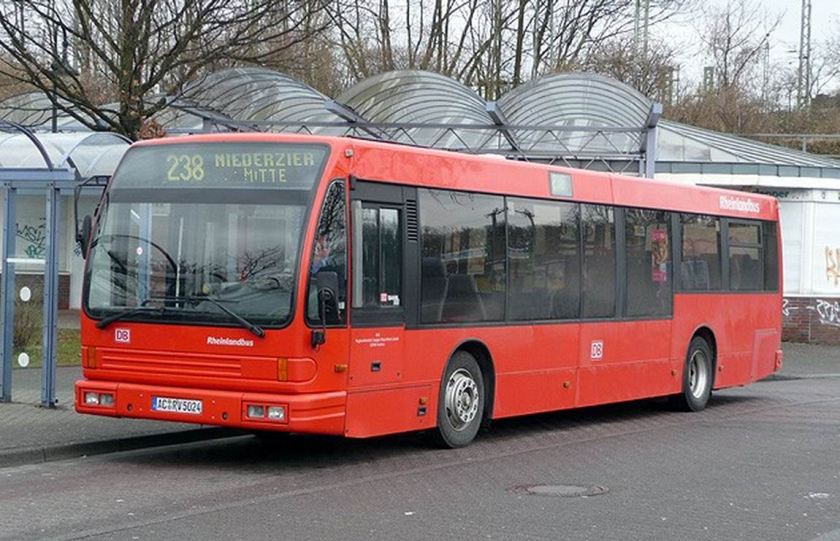
Den Oudsten-B96-Alliance-City-Linienbus-RVE-5024-rot
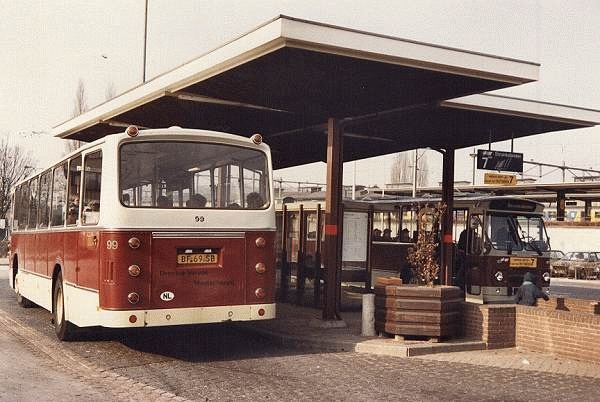
DVM Bus 99 (2) Volvo B10M carrosserie van Den Oudsten ex Harmanni in huur bij de TET.
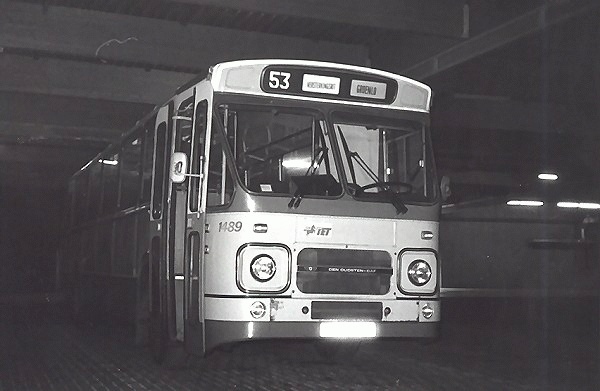
Gehuurde Daf 1489 met carrosserie van Den Oudsten voor versterkingsritten in de winter
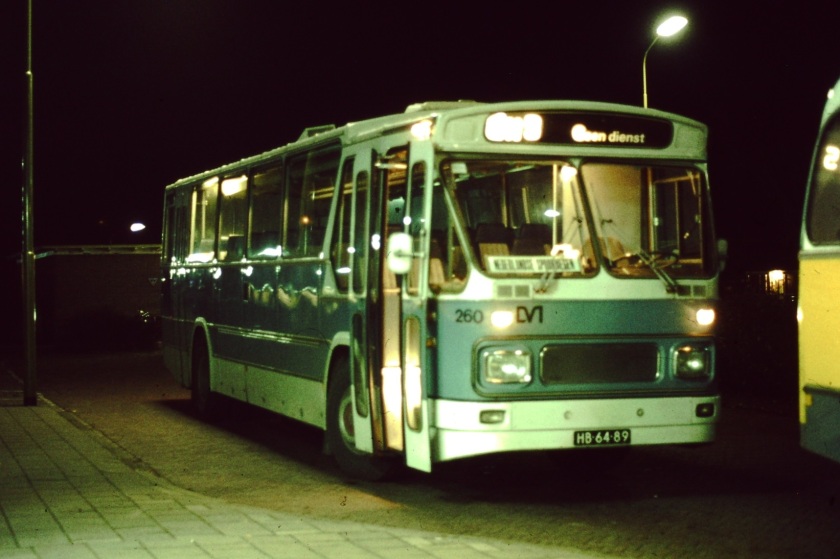
Leyland Den Oudsten DVM 260 NL
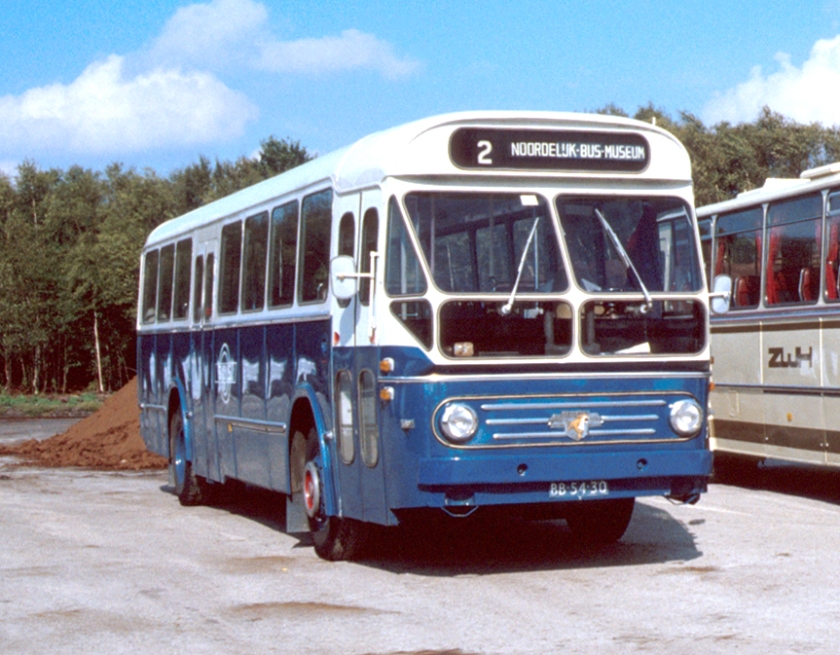
Leyland Den Oudsten Groningsch-Drentsch Snelvervoer bus 22 (GADO 7644) van het type Leyland-Den Oudsten LO te Schoonebeek GDS 22
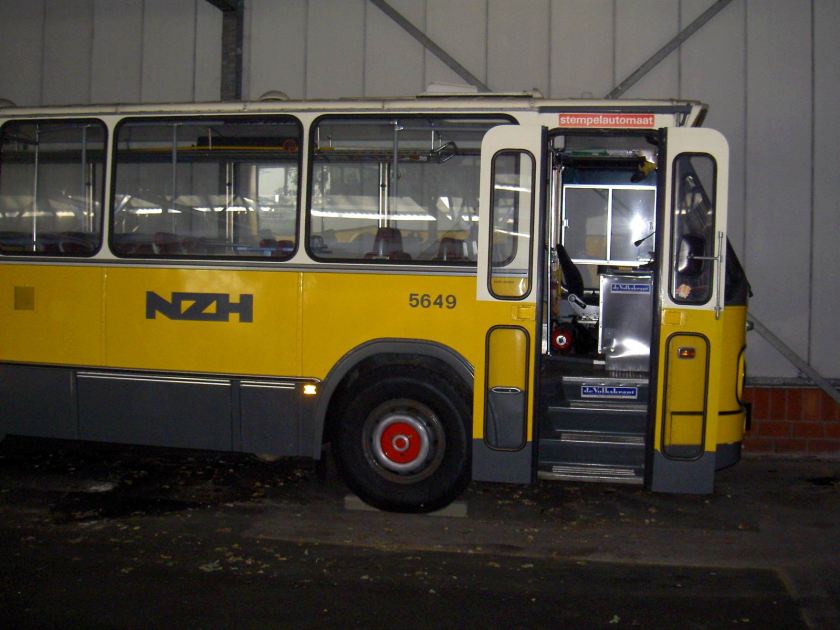
Leyland Den Oudsten NZH

Leyland Den Oudstenbus (NS 7577)
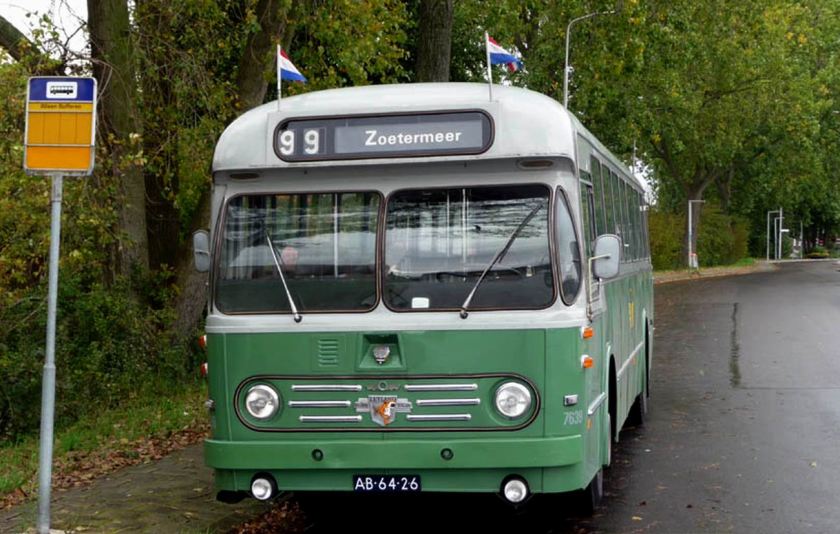
Leyland LO – Den Oudsten 7639 van het HBM

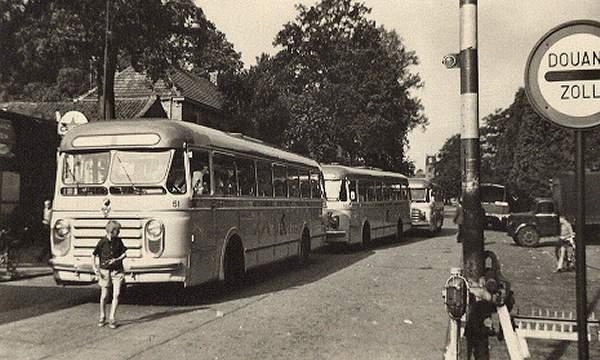
Scania-vabis 51 met carrosserie van Den Oudsten. Opname, Grensovergang Glanerbrug.

Scania-Vabis 52 met carrosserie van Den Oudsten. Opname te Altenberge (Dld), bij een wegopbreking in 1962
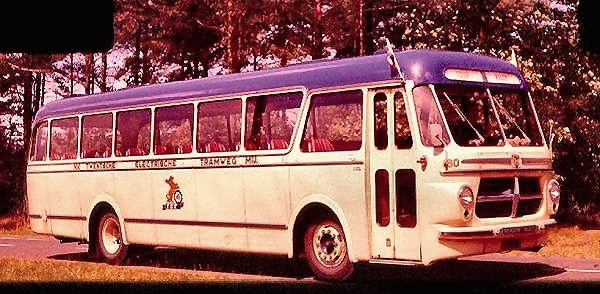
Scania-Vabis nr. 60 met carrosserie van Den oudsten. In 1968 gesloopt
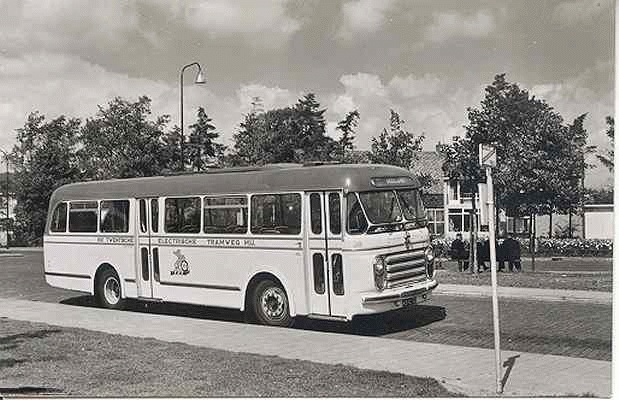
Scania-Vabis Stadsbus 38 met carrosserie van Den Oudsten. 29 zitplaatsen. kenteken RB-12-32

Stadsbus 38. Opname bij hotel Lansink in Hengelo. Naast de bus, hoofdcontroleur van Rooy
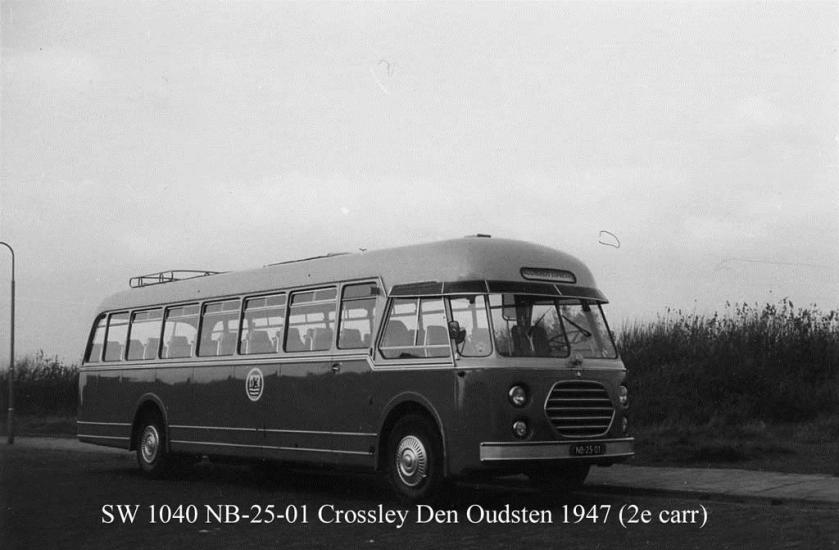
SW 1040 2e carr plaats onbekend
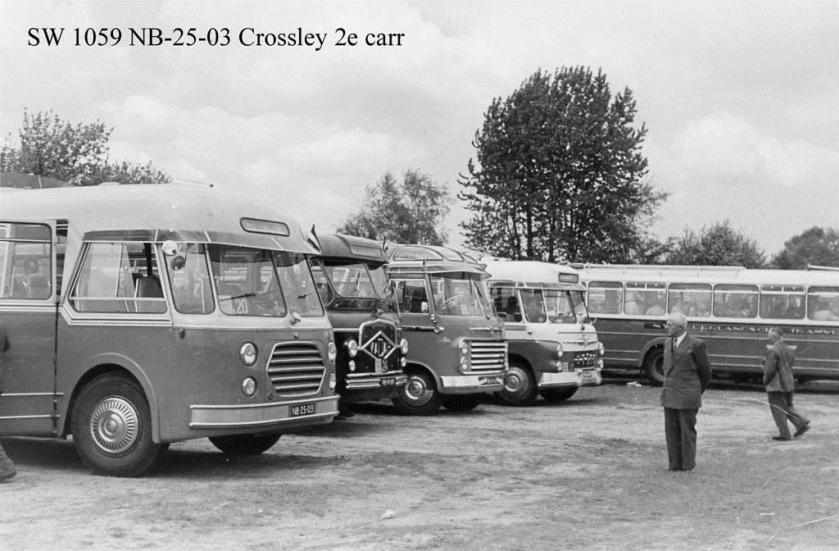
SW 1059 NB-25-03 tijdens autobusmeeting op vliegveld tijd en plaats
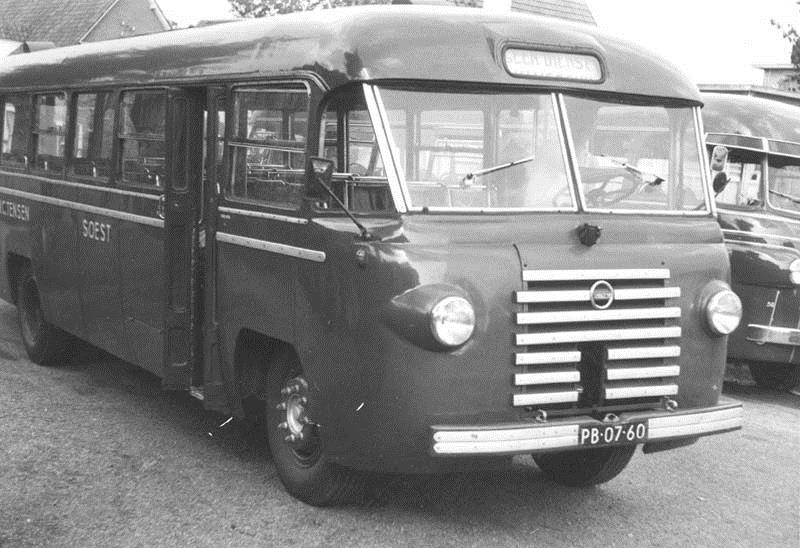
Volvo Den Oudsten Hoogeveen Tensen 17

Volvo B10M-55 nr. 124 met carrosserie van Den Oudsten

Tot zover Den Oudsten, binnenkort DOMBURG
Filed Under: AEC, BUSES, Carrosserie, DAF, DEN OUDSTEN, DOMBURG, DUVEDEC, FOKKER, Ford, GUY, Kromhout, Leyland, Mercedes Benz, NEOPLAN, NETHERLANDS, New Flyer Industries, NOVA Bus, Oldsmobile, Opel, SCANIA VABIS, Trolleybuses, VOLVO
0.000000
0.000000
